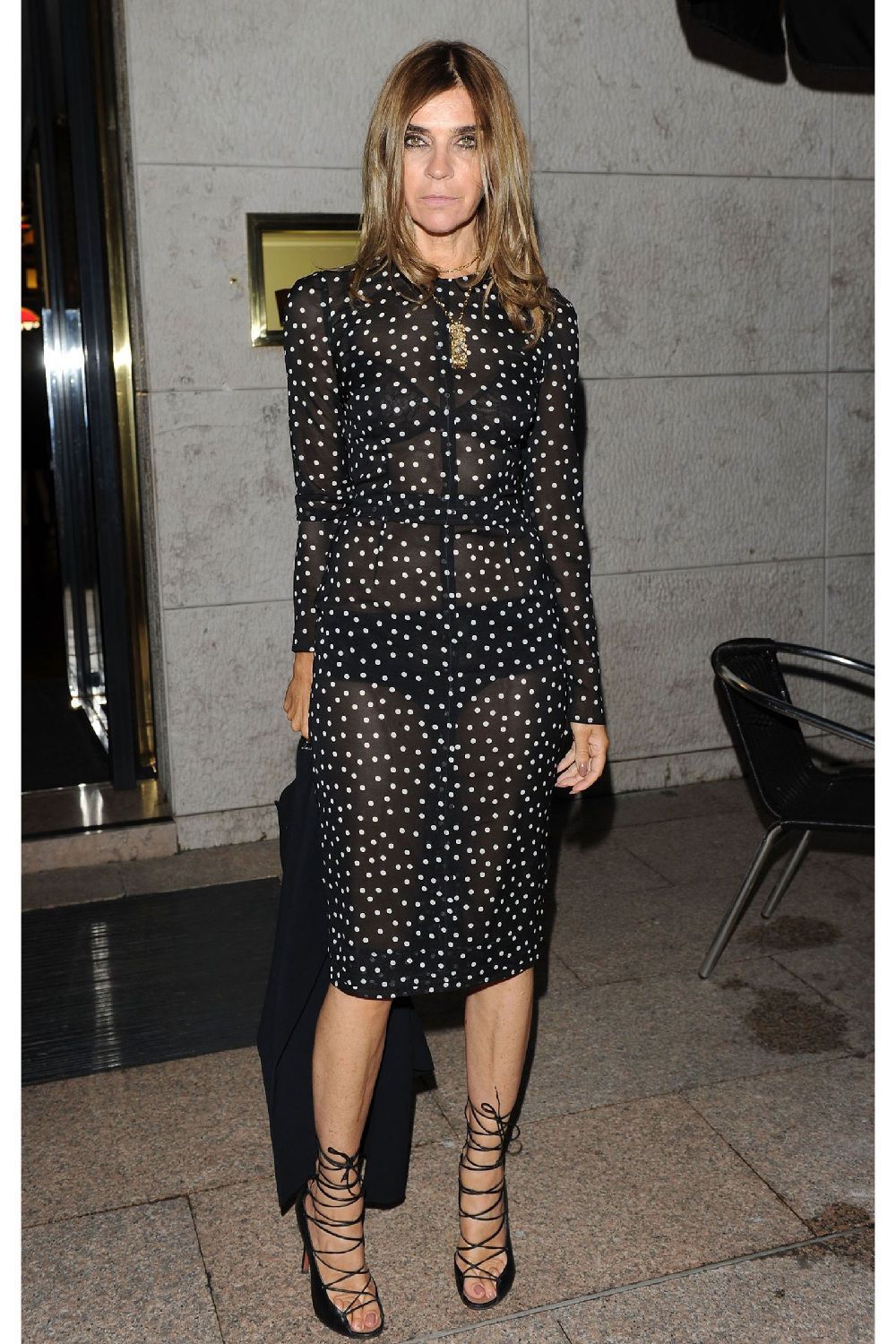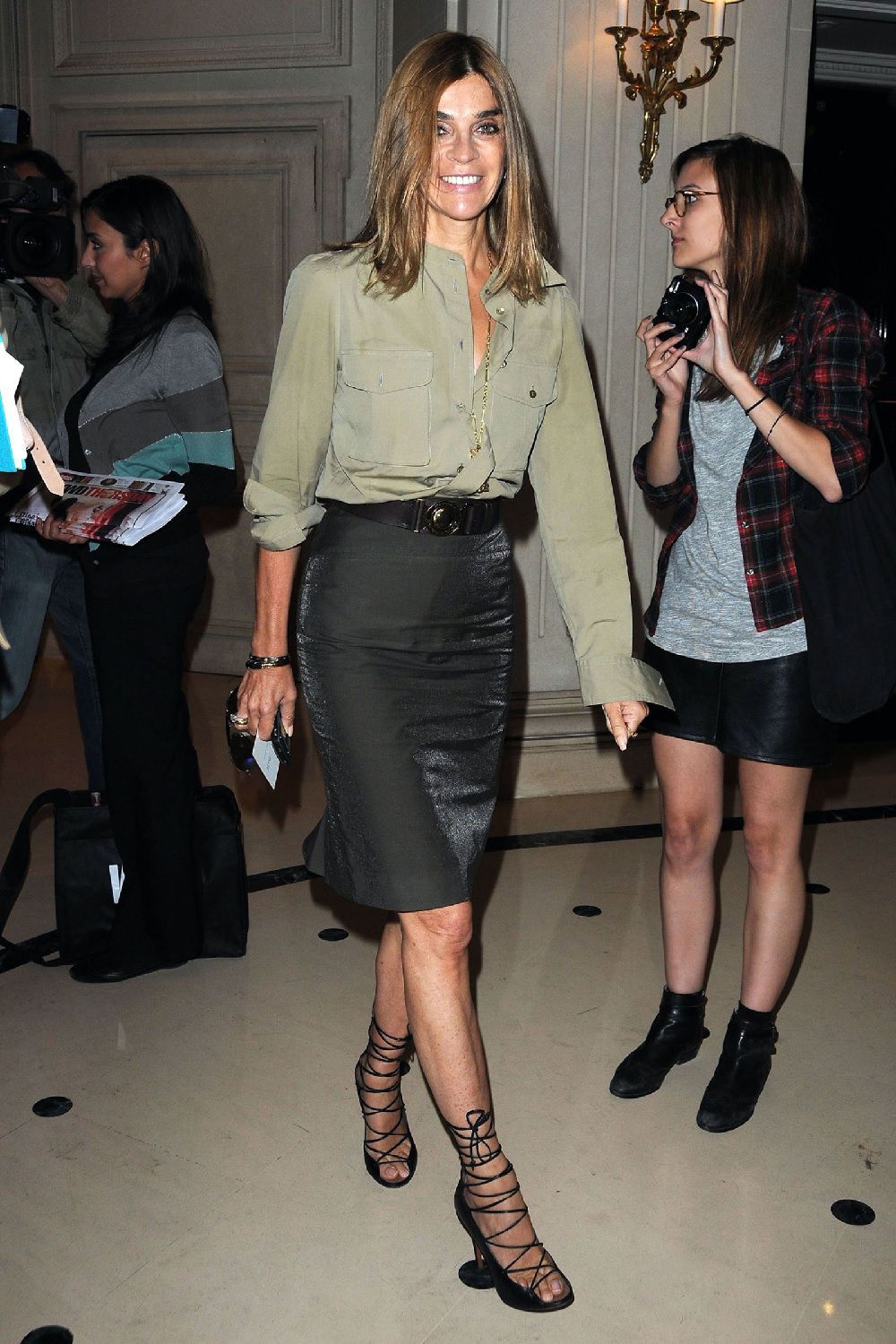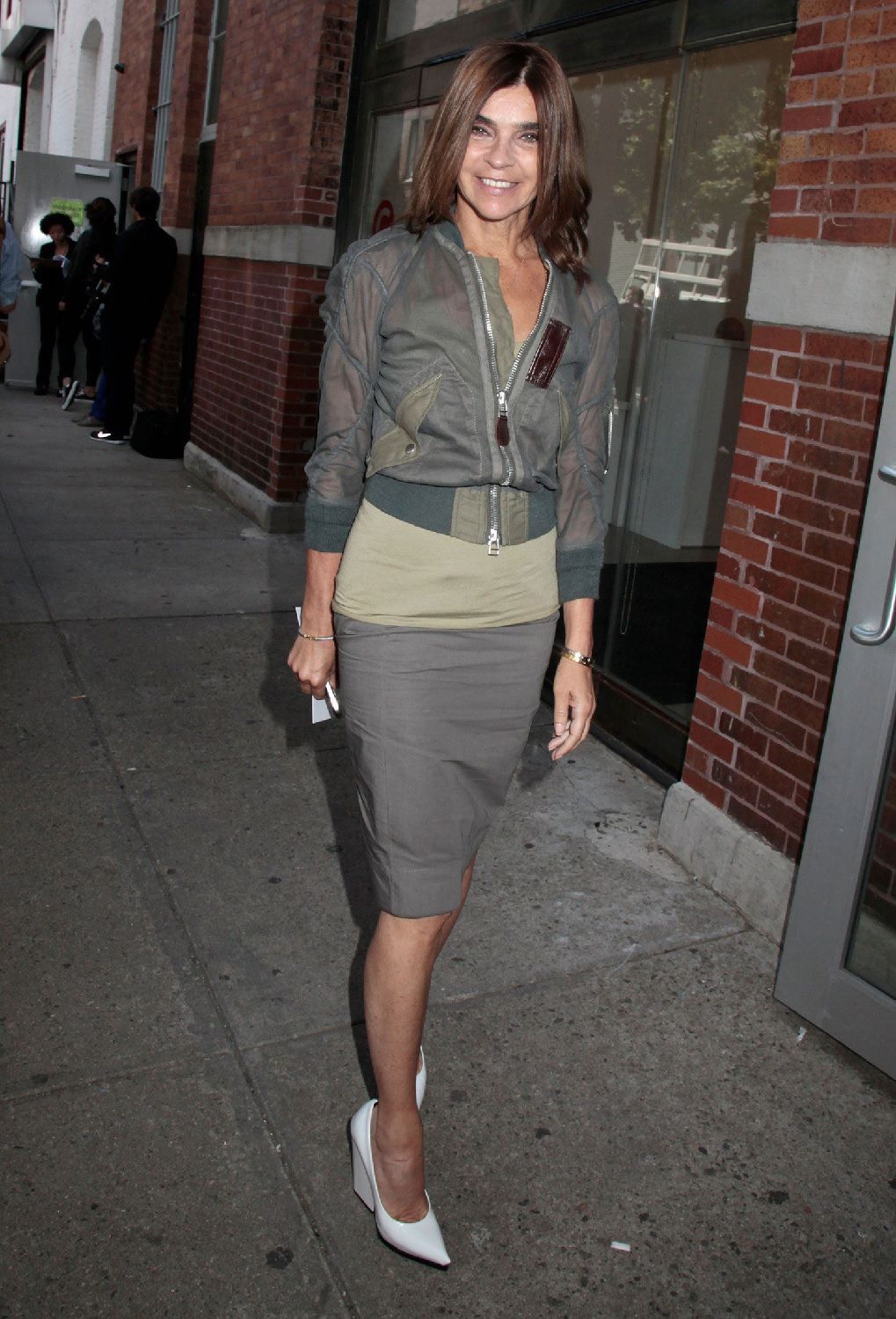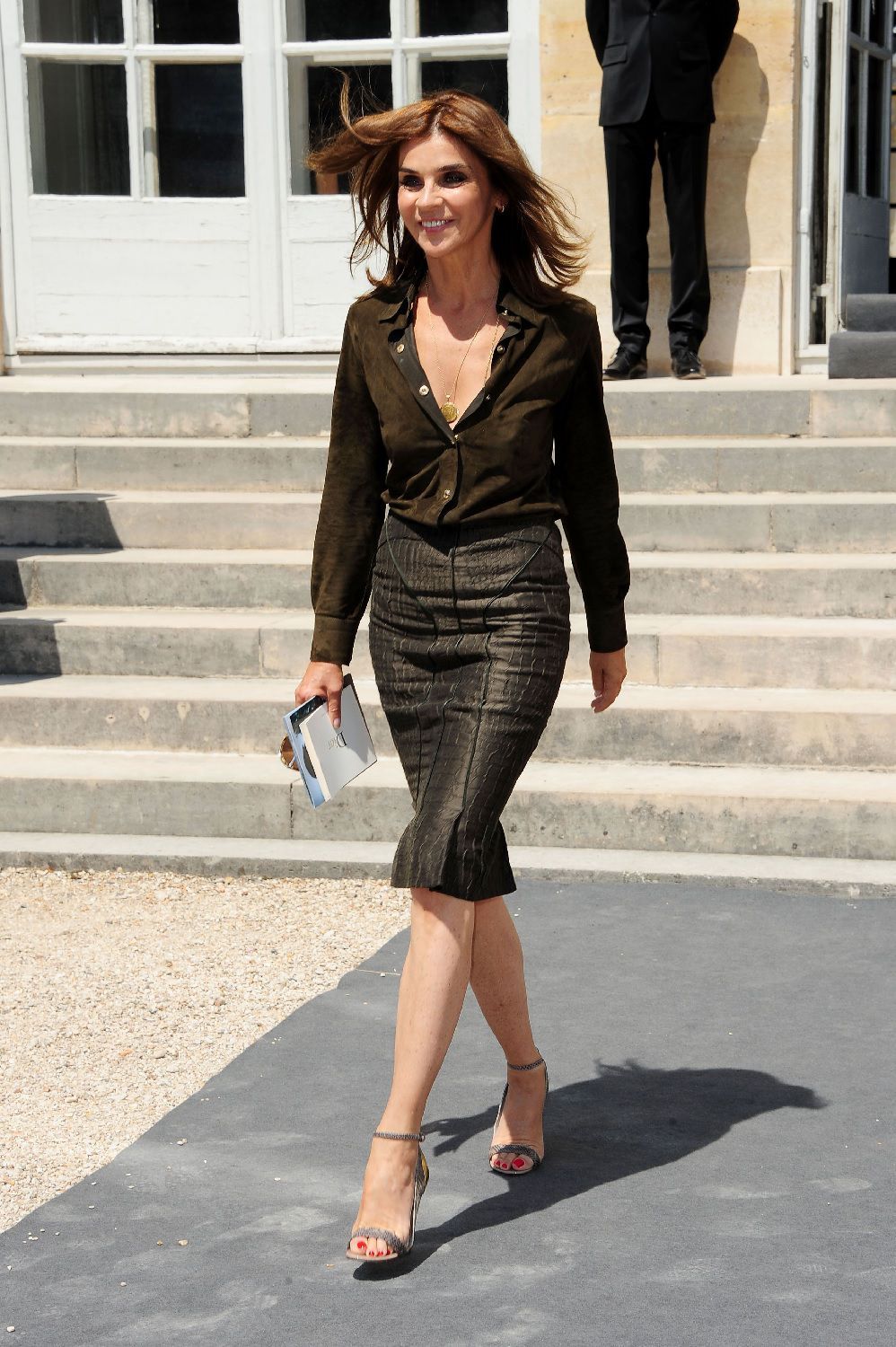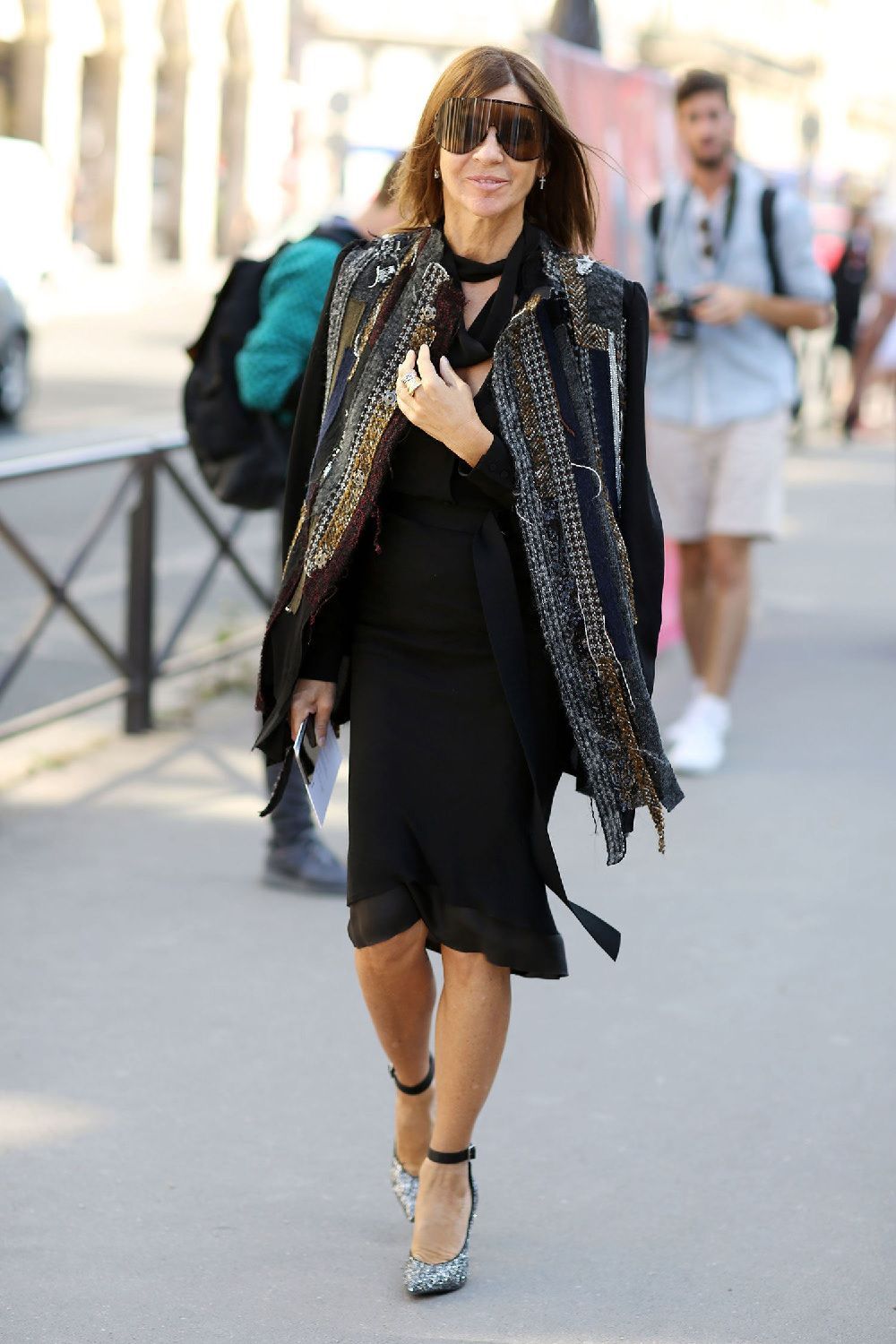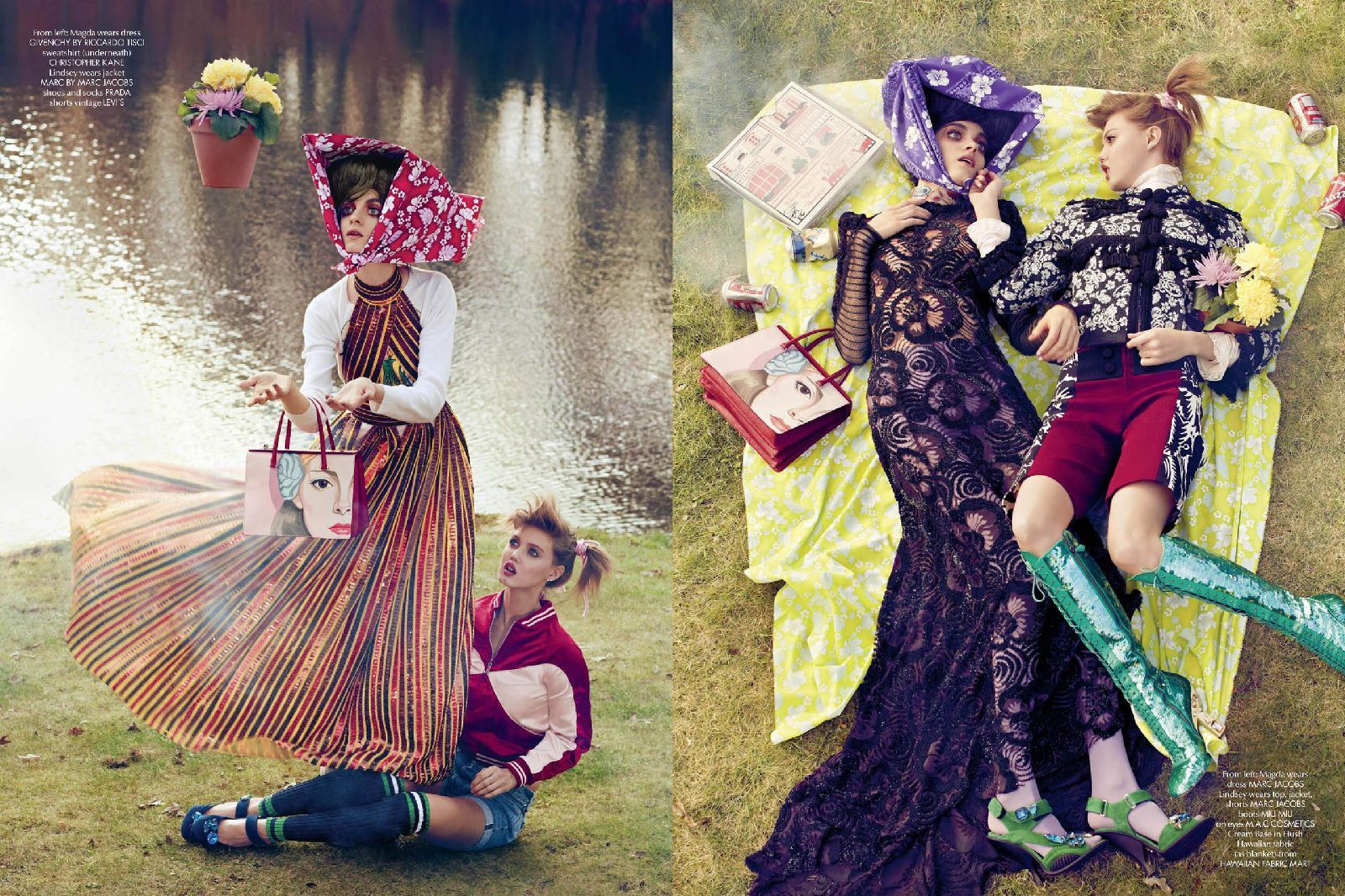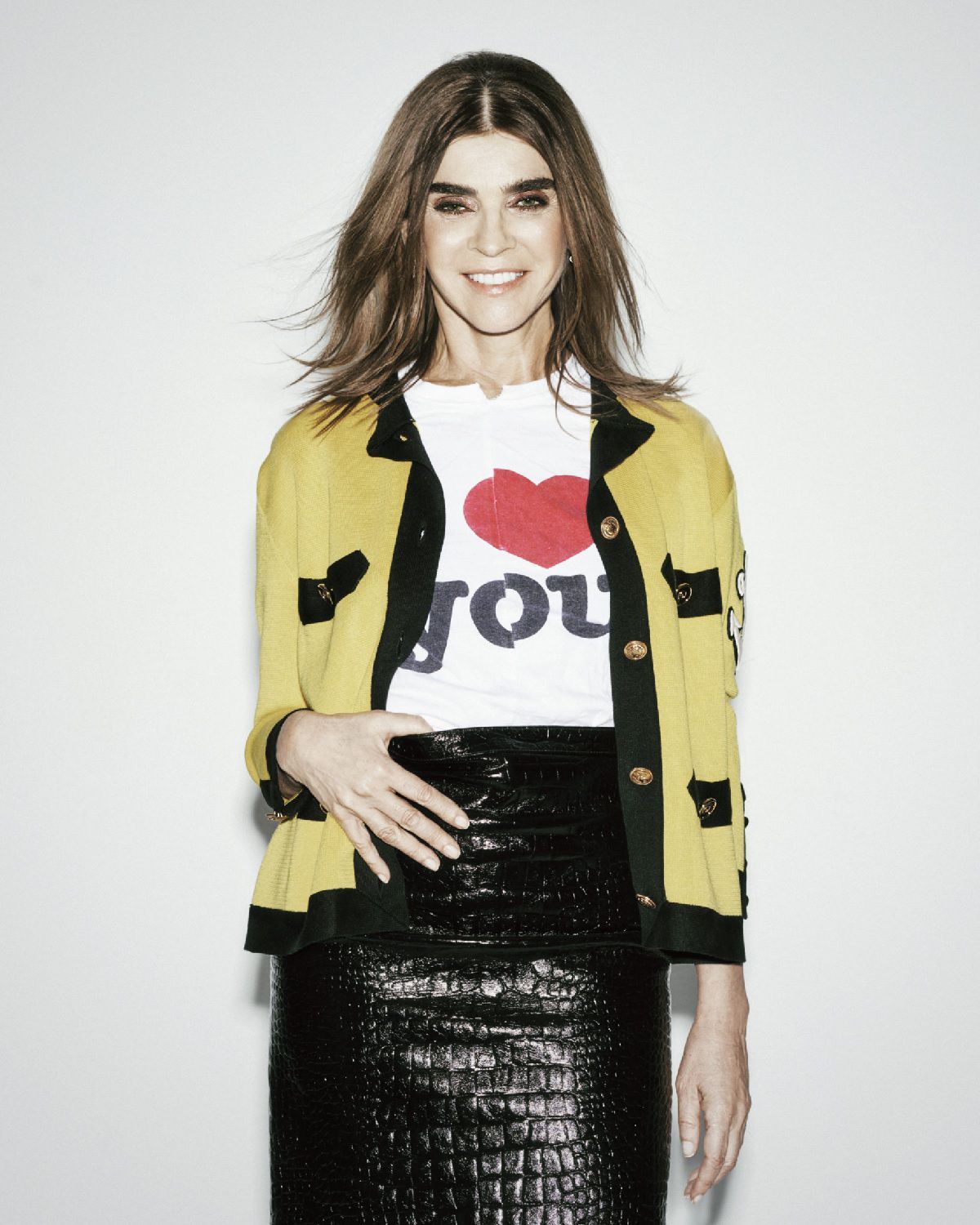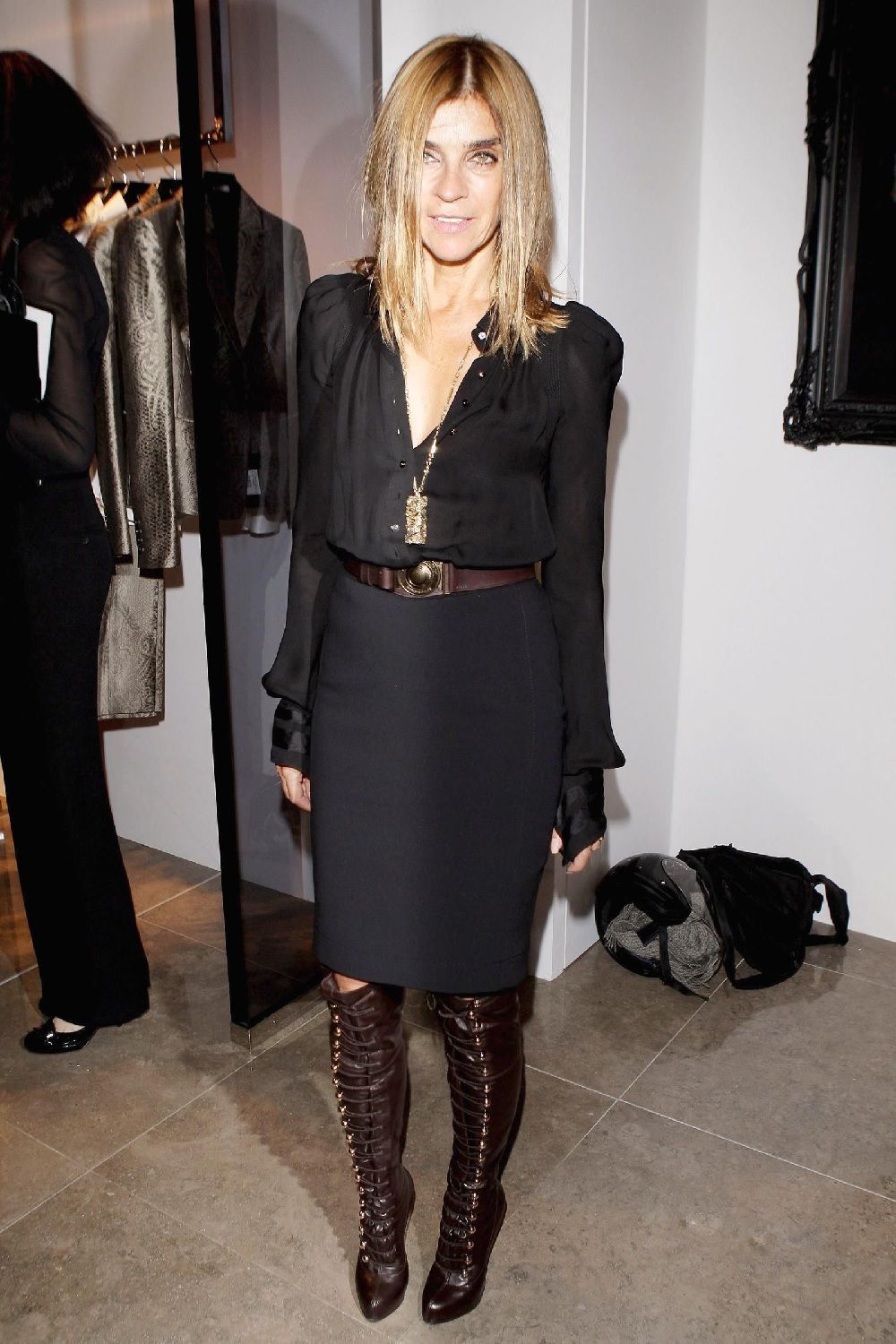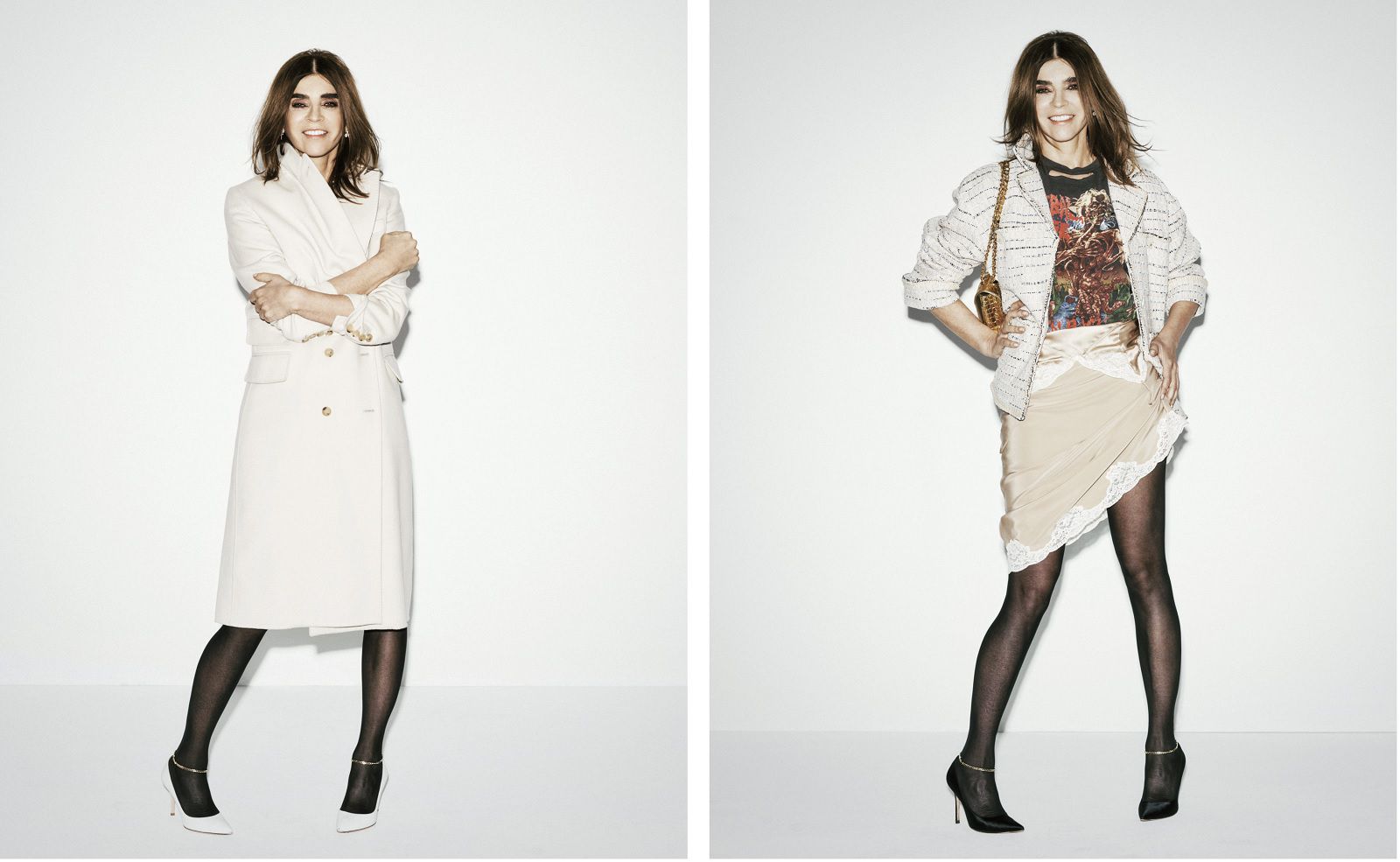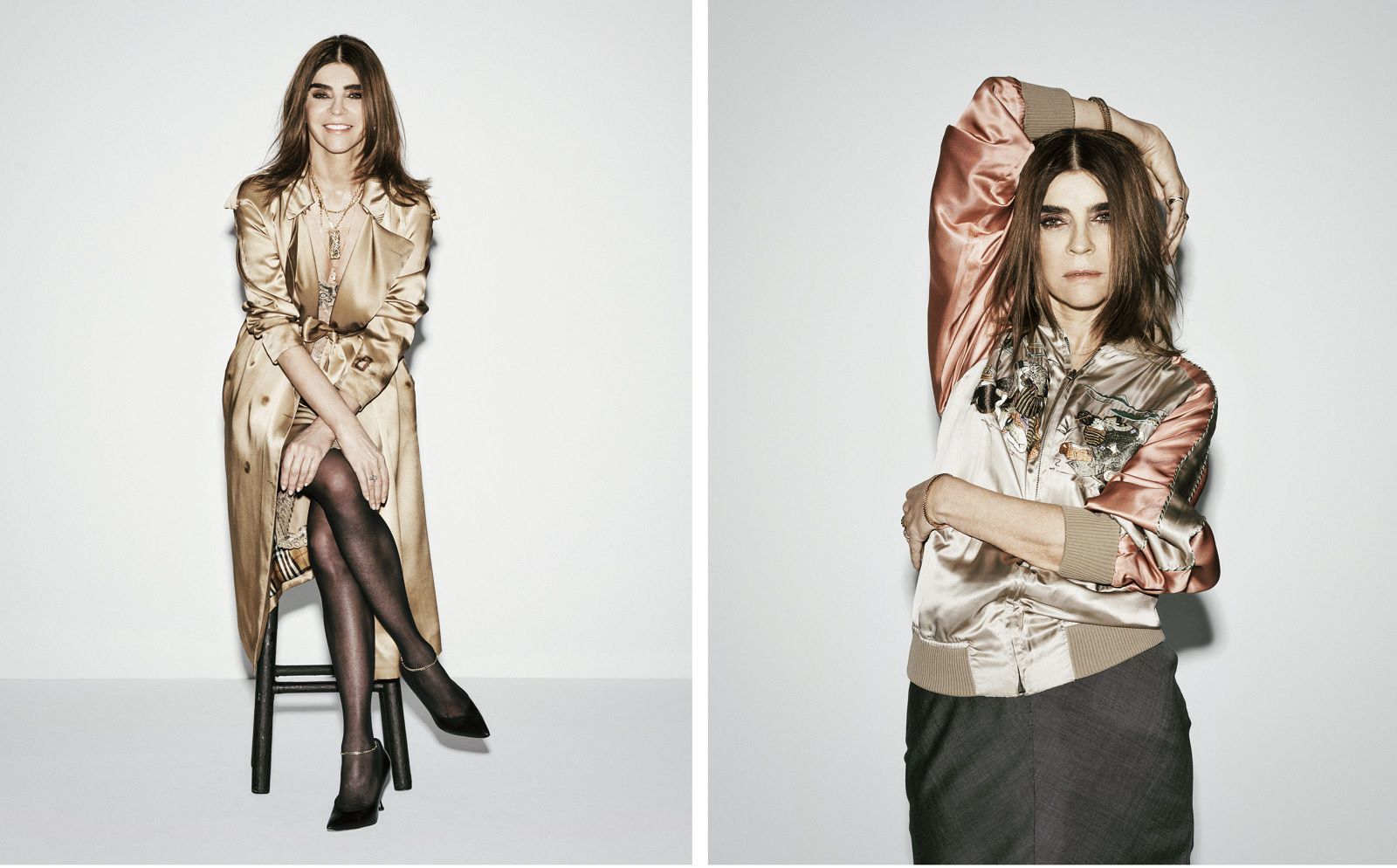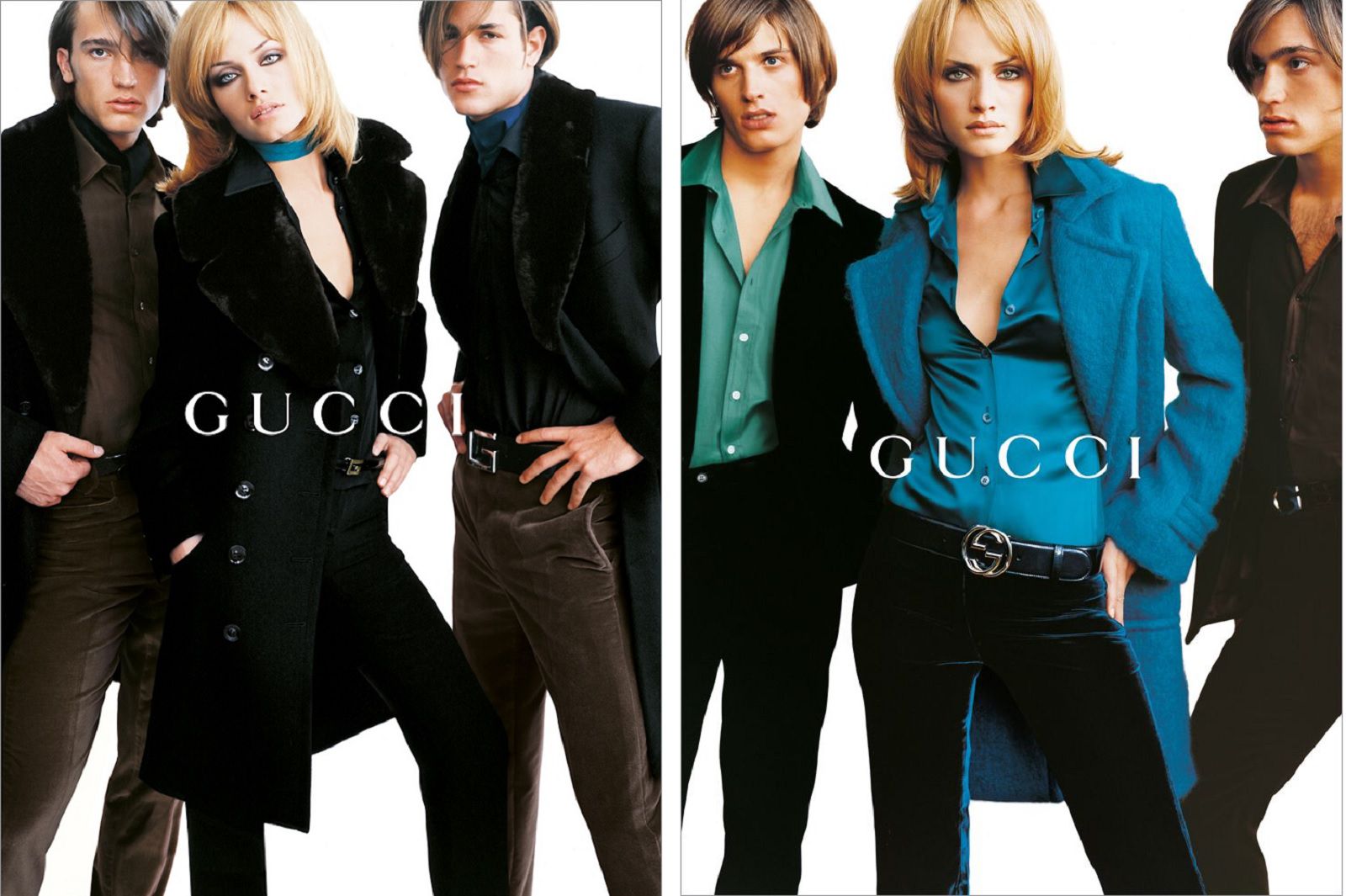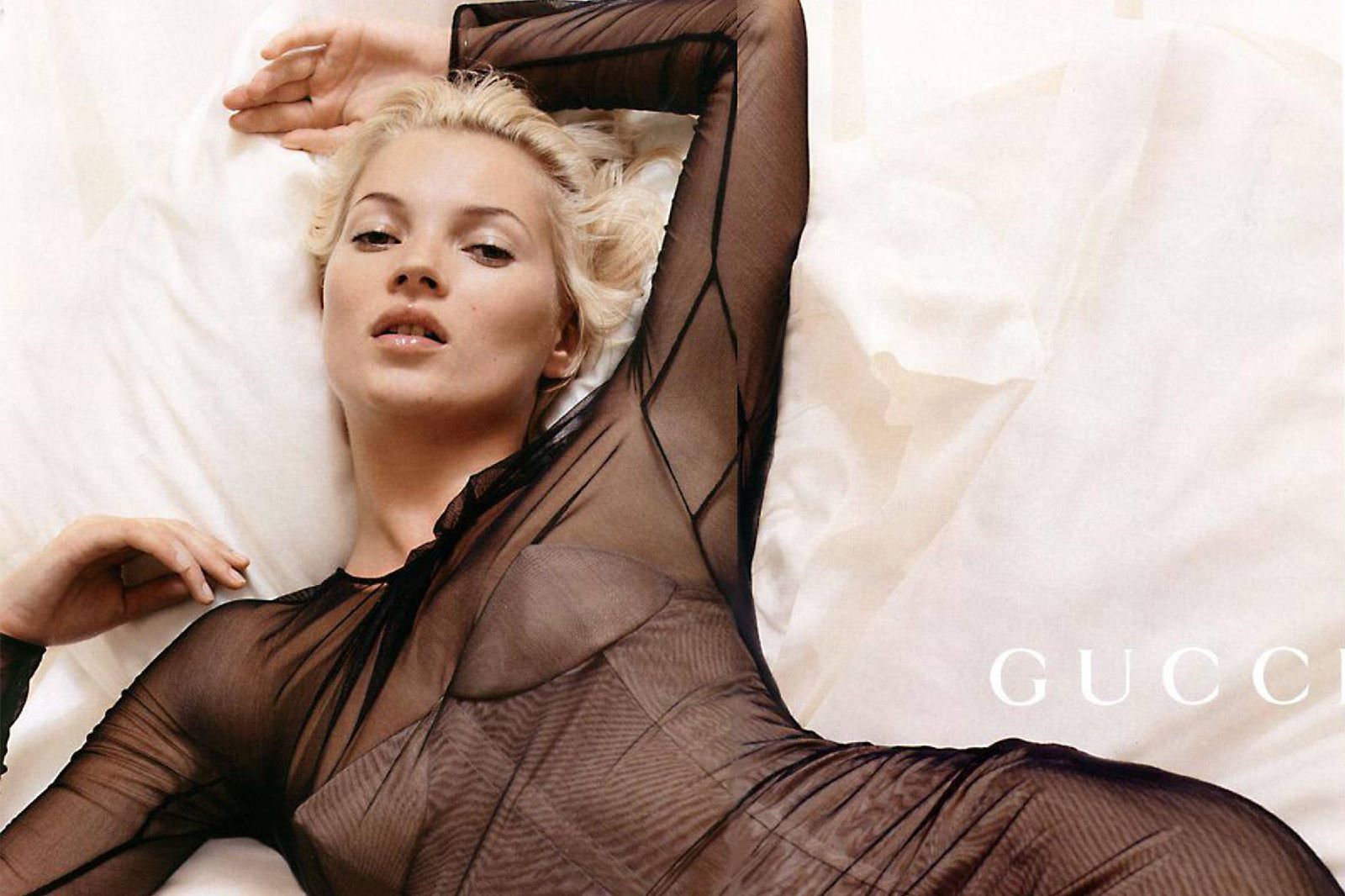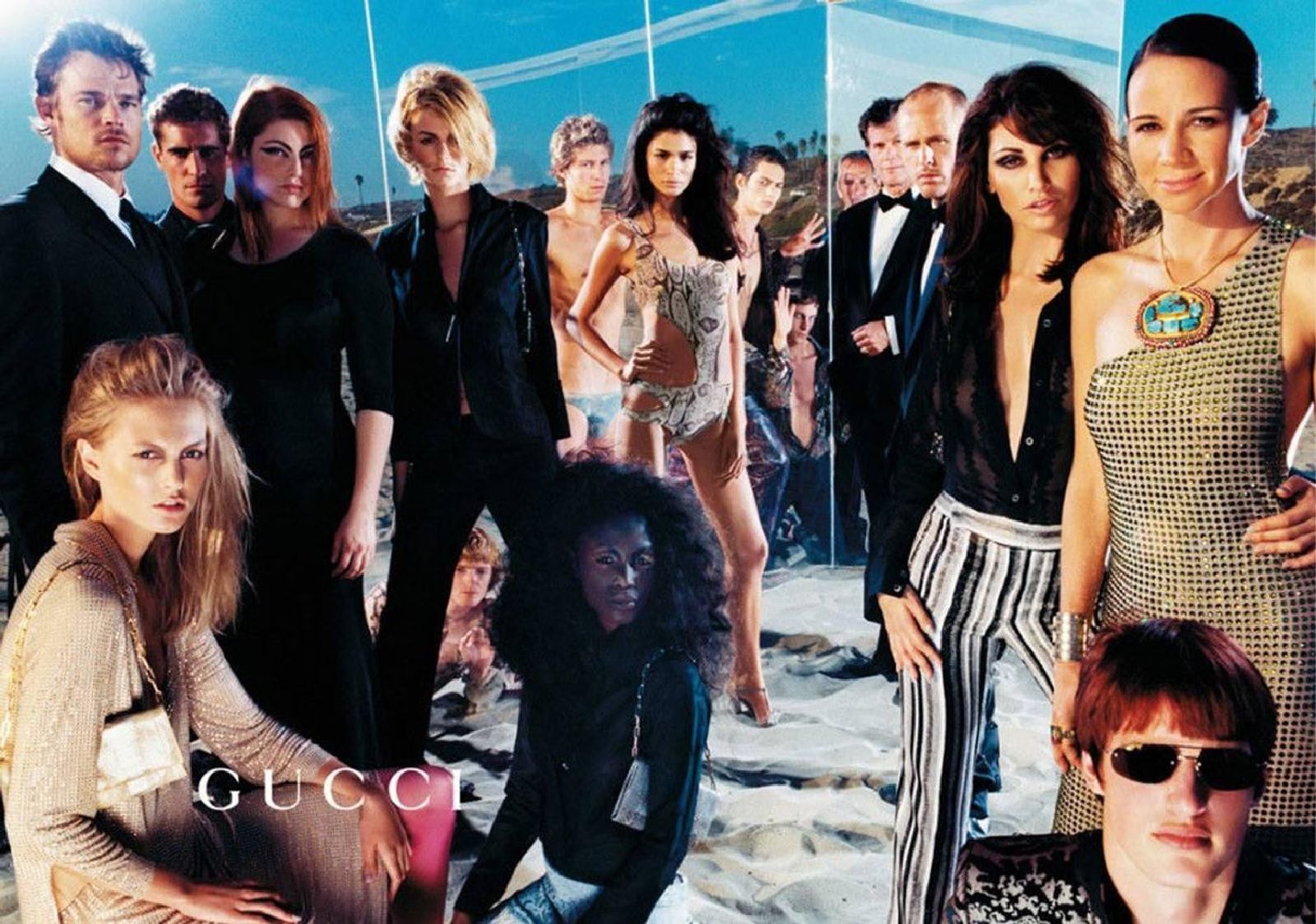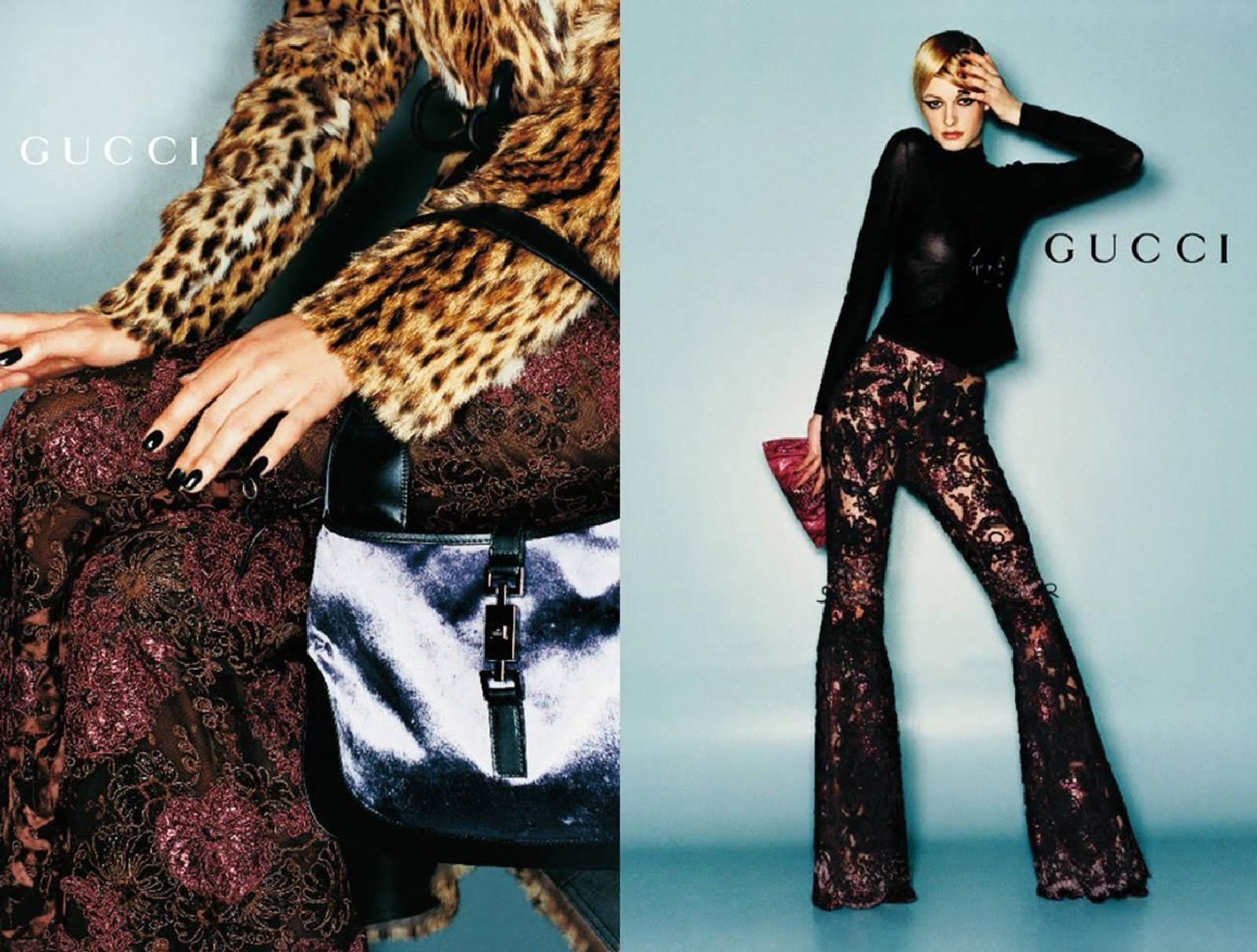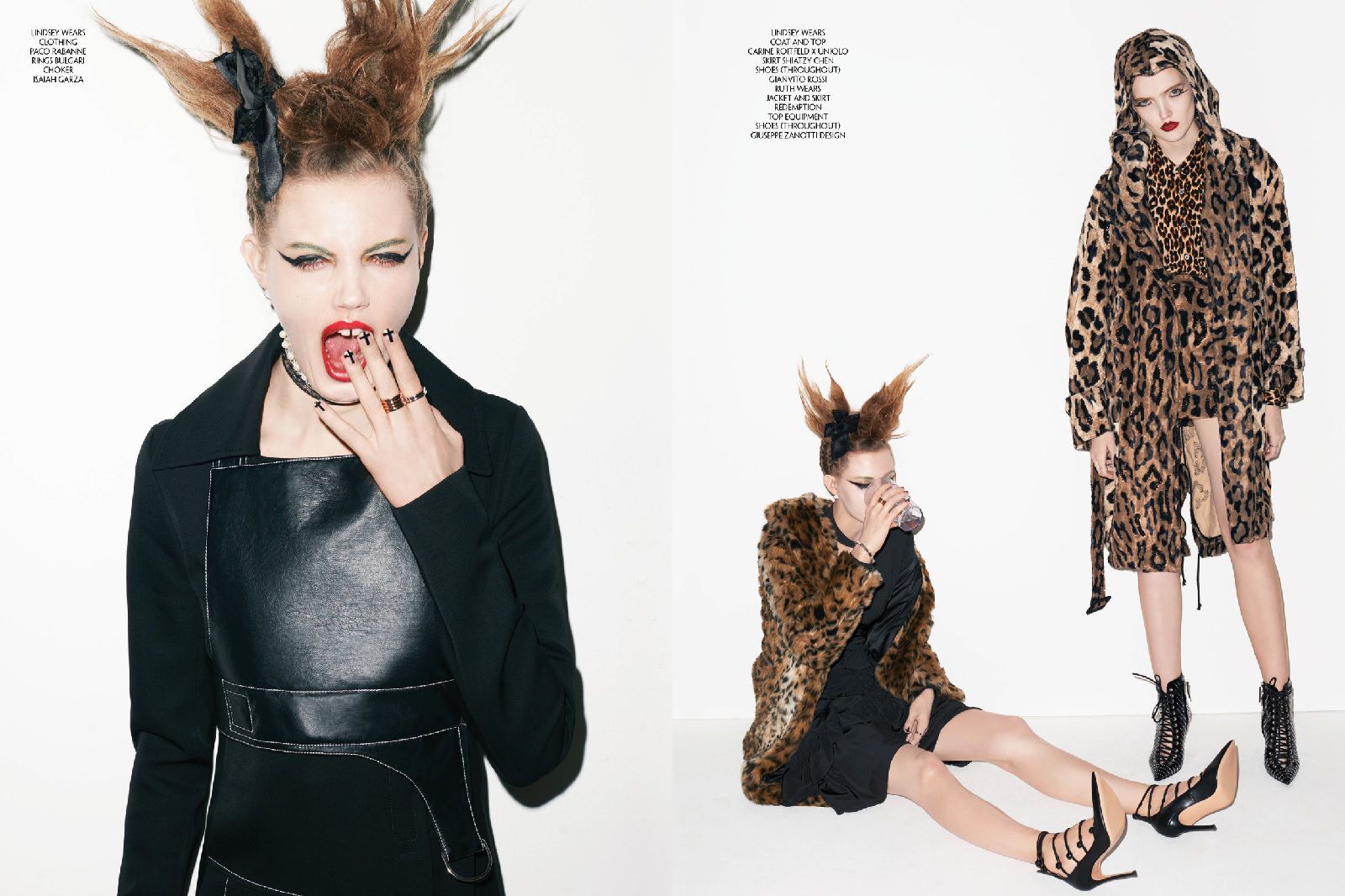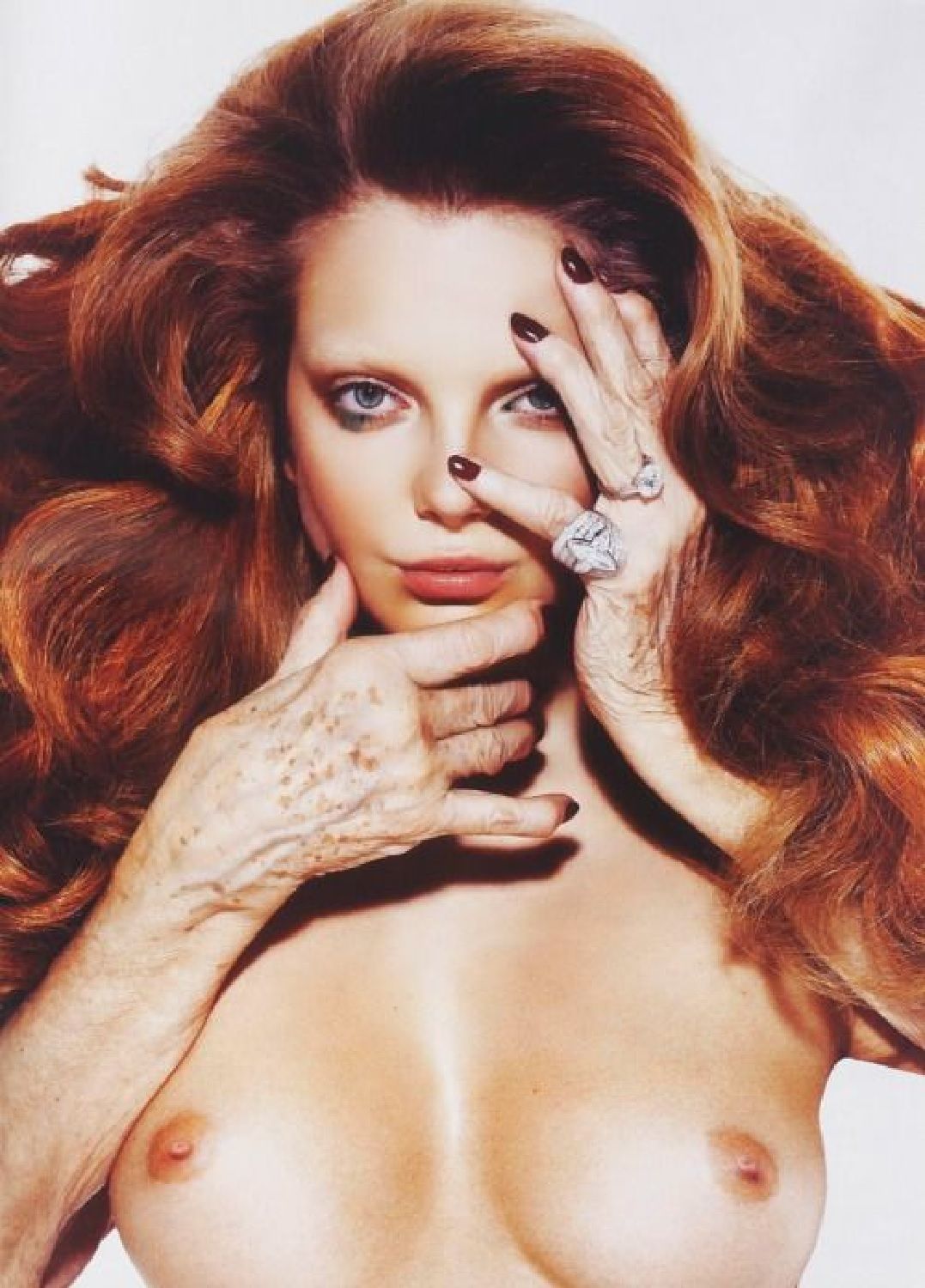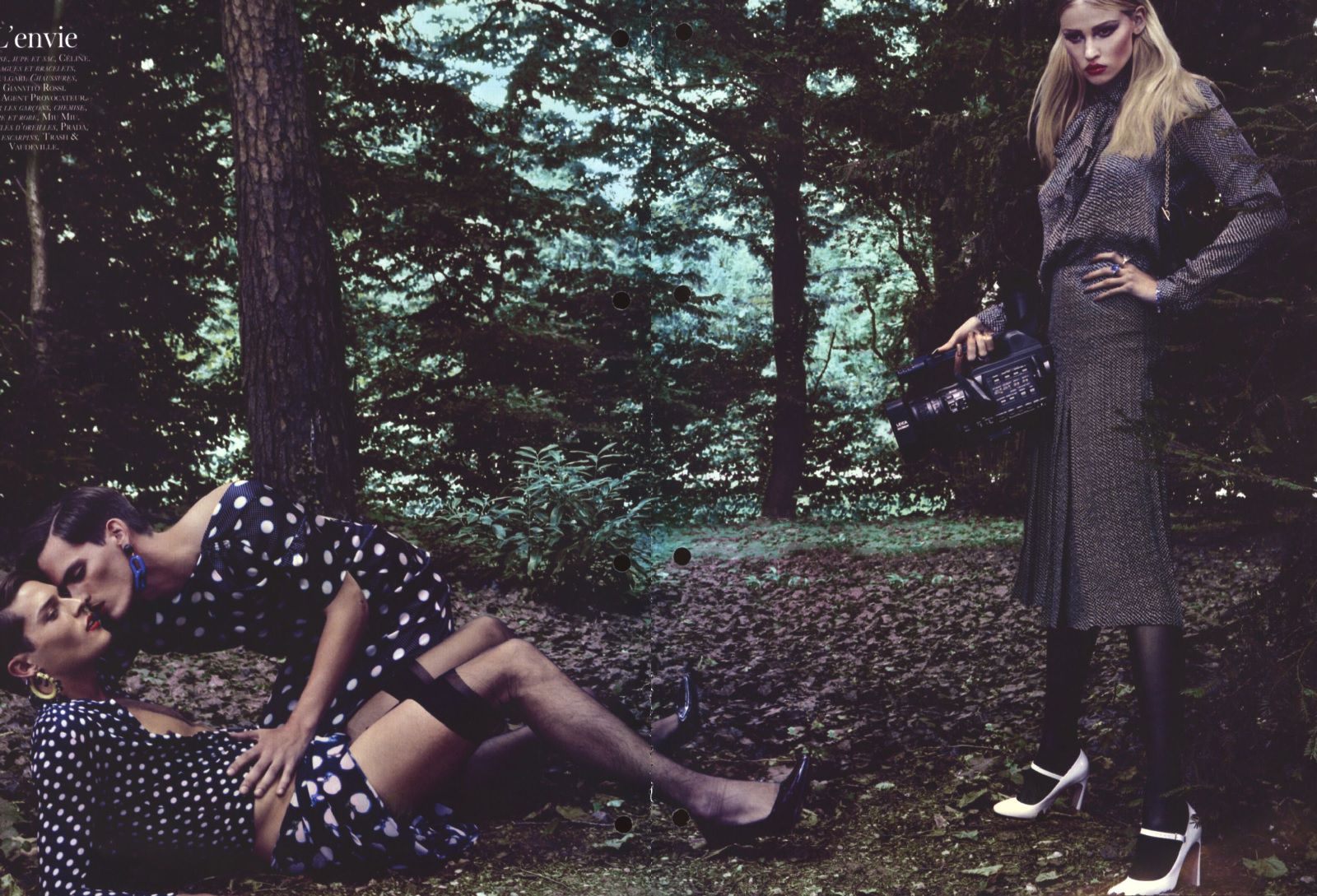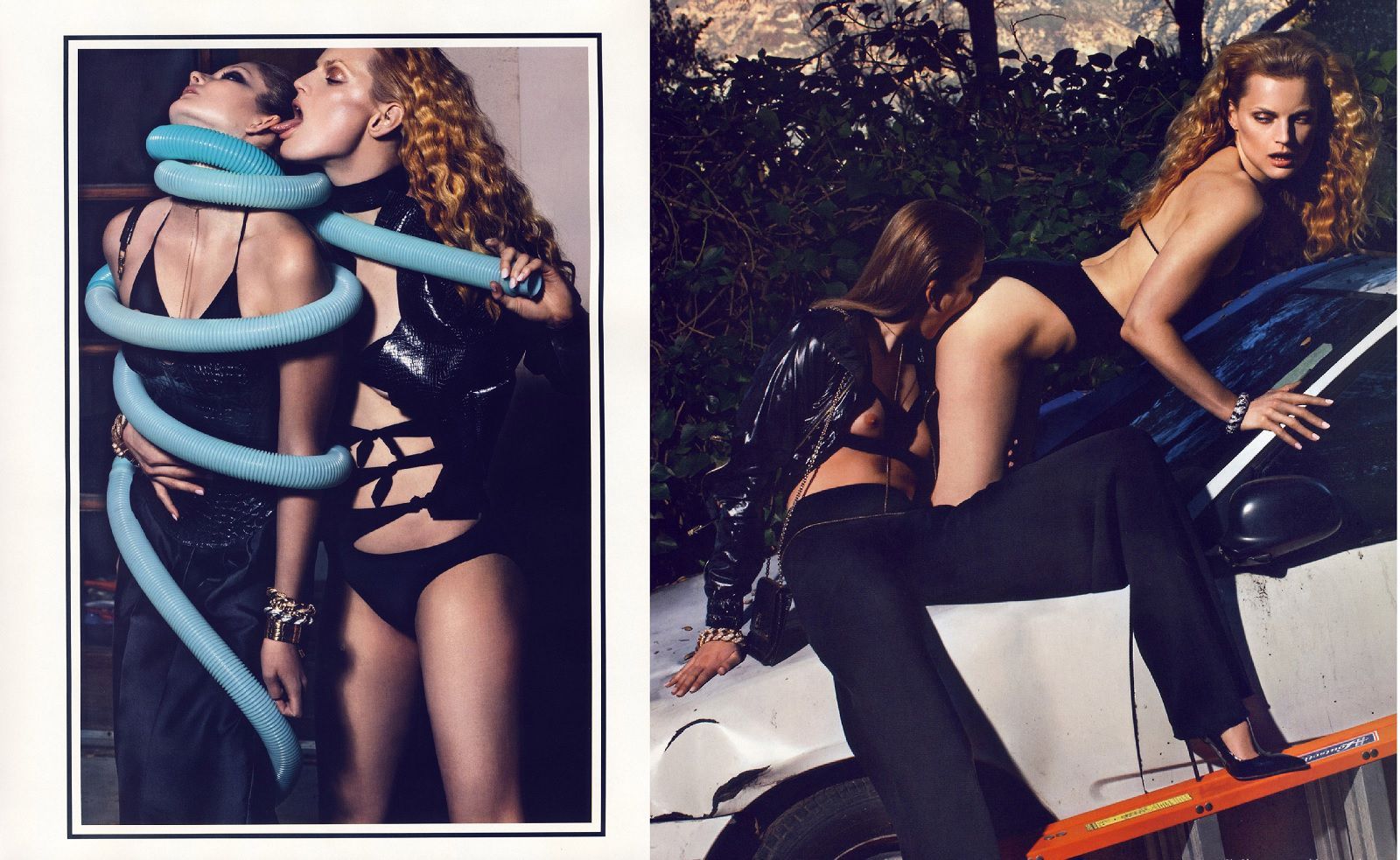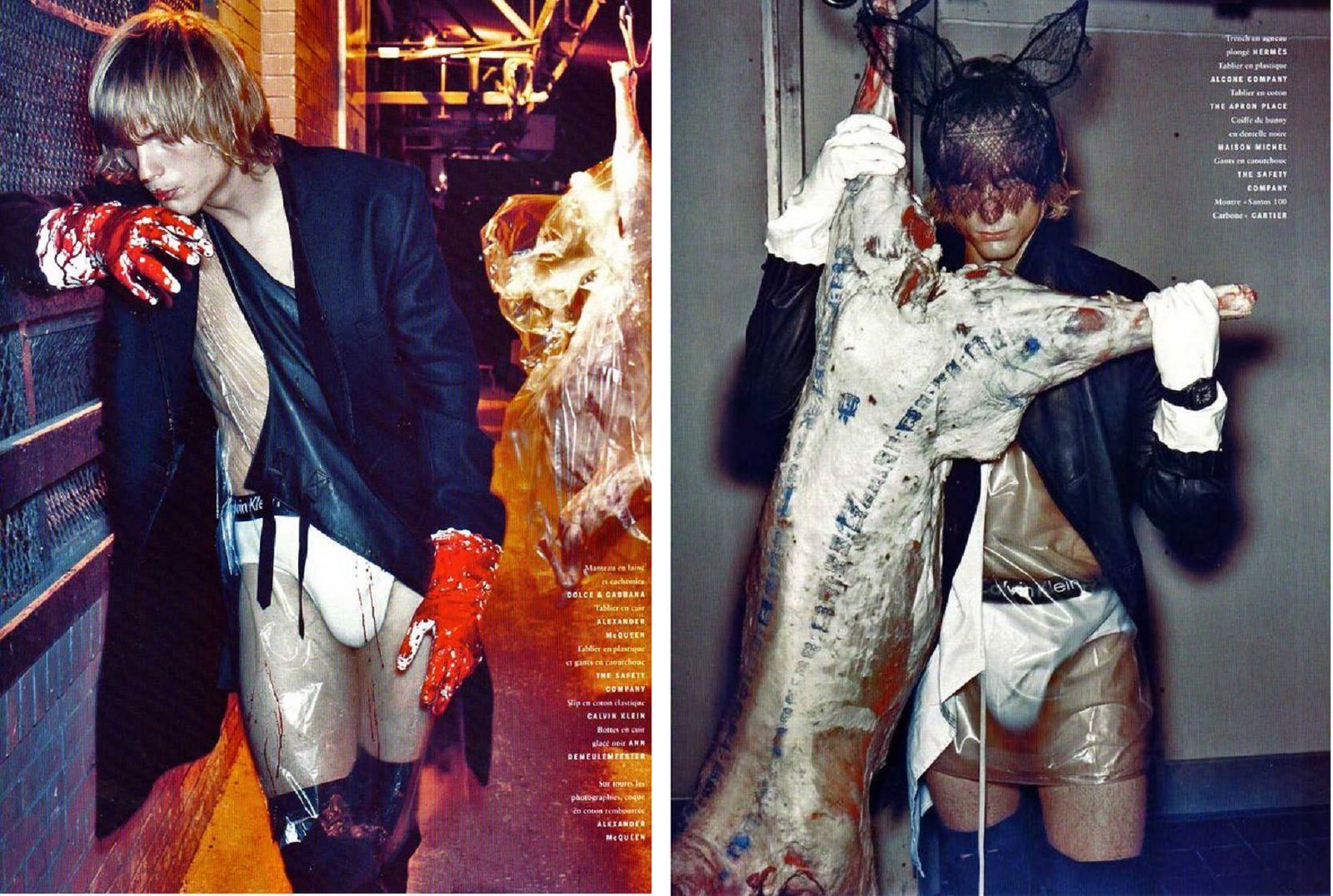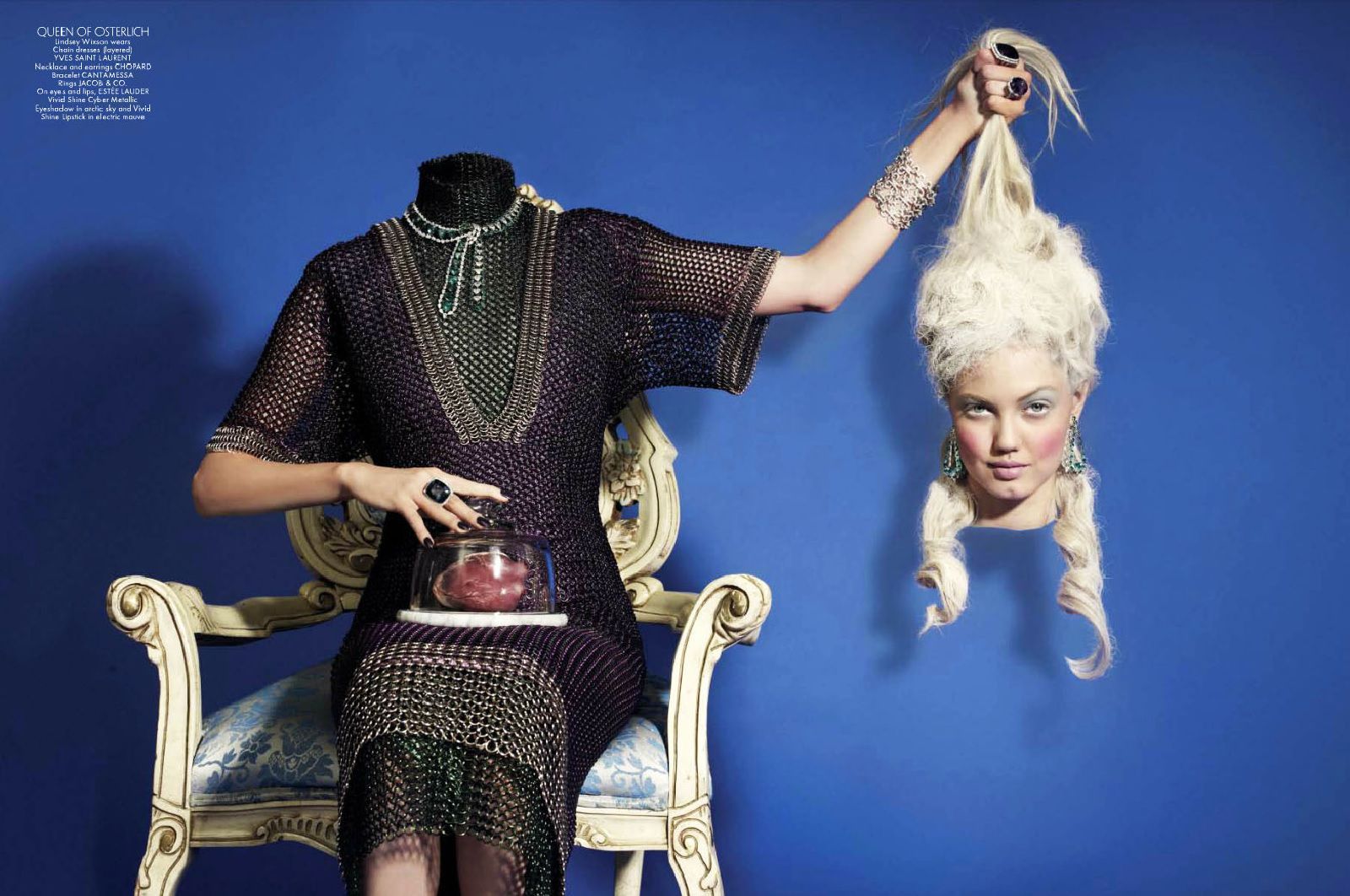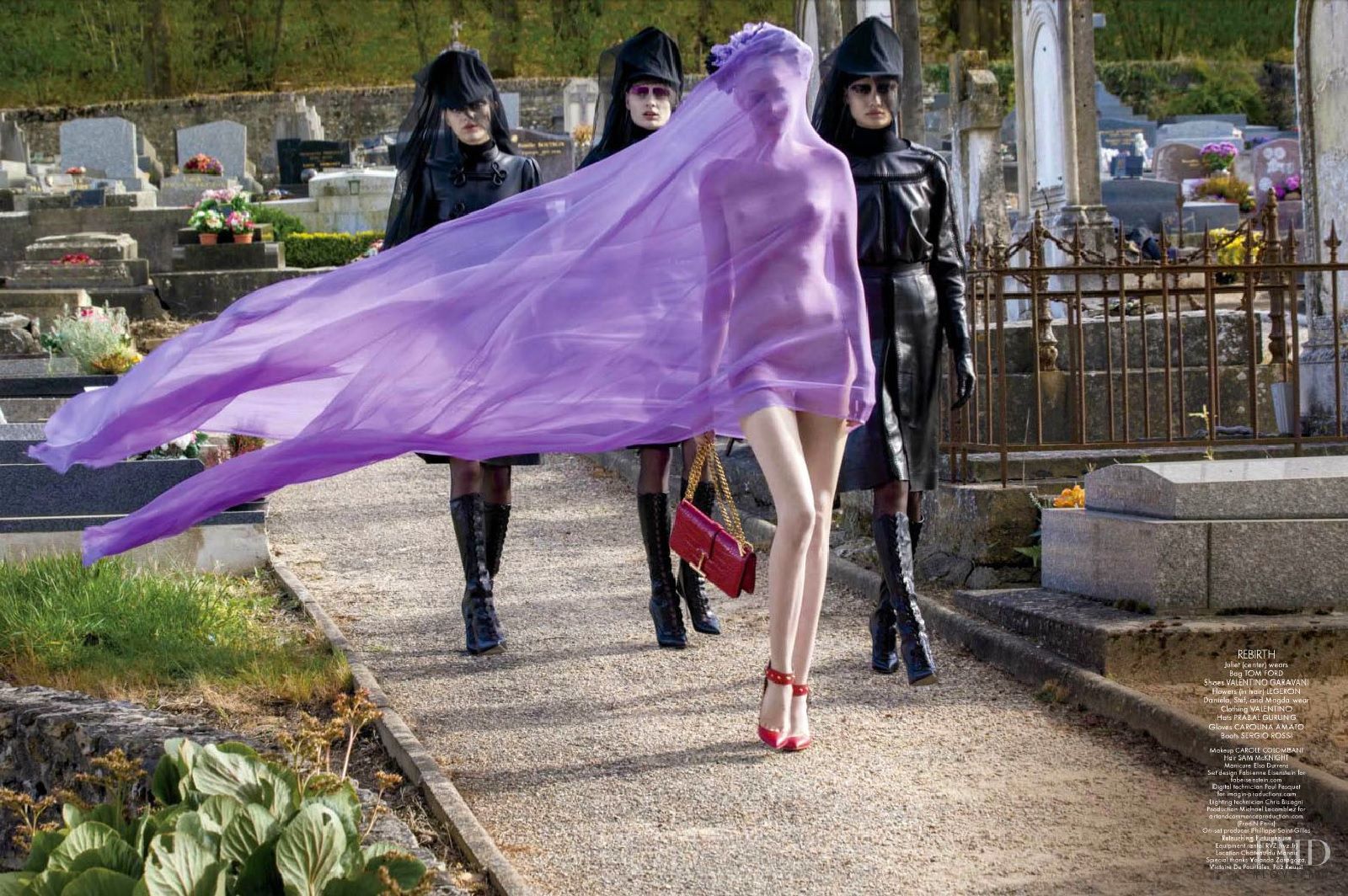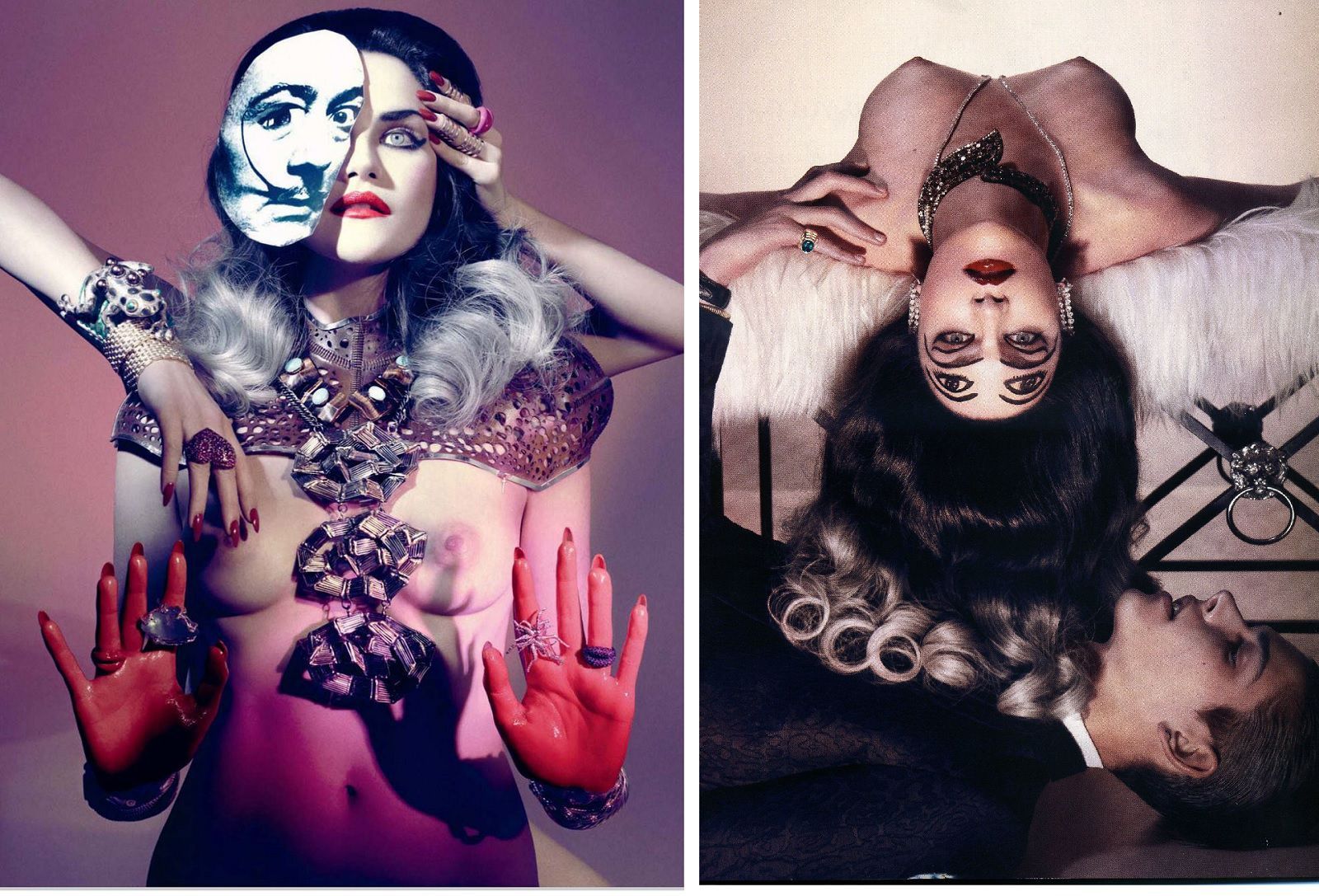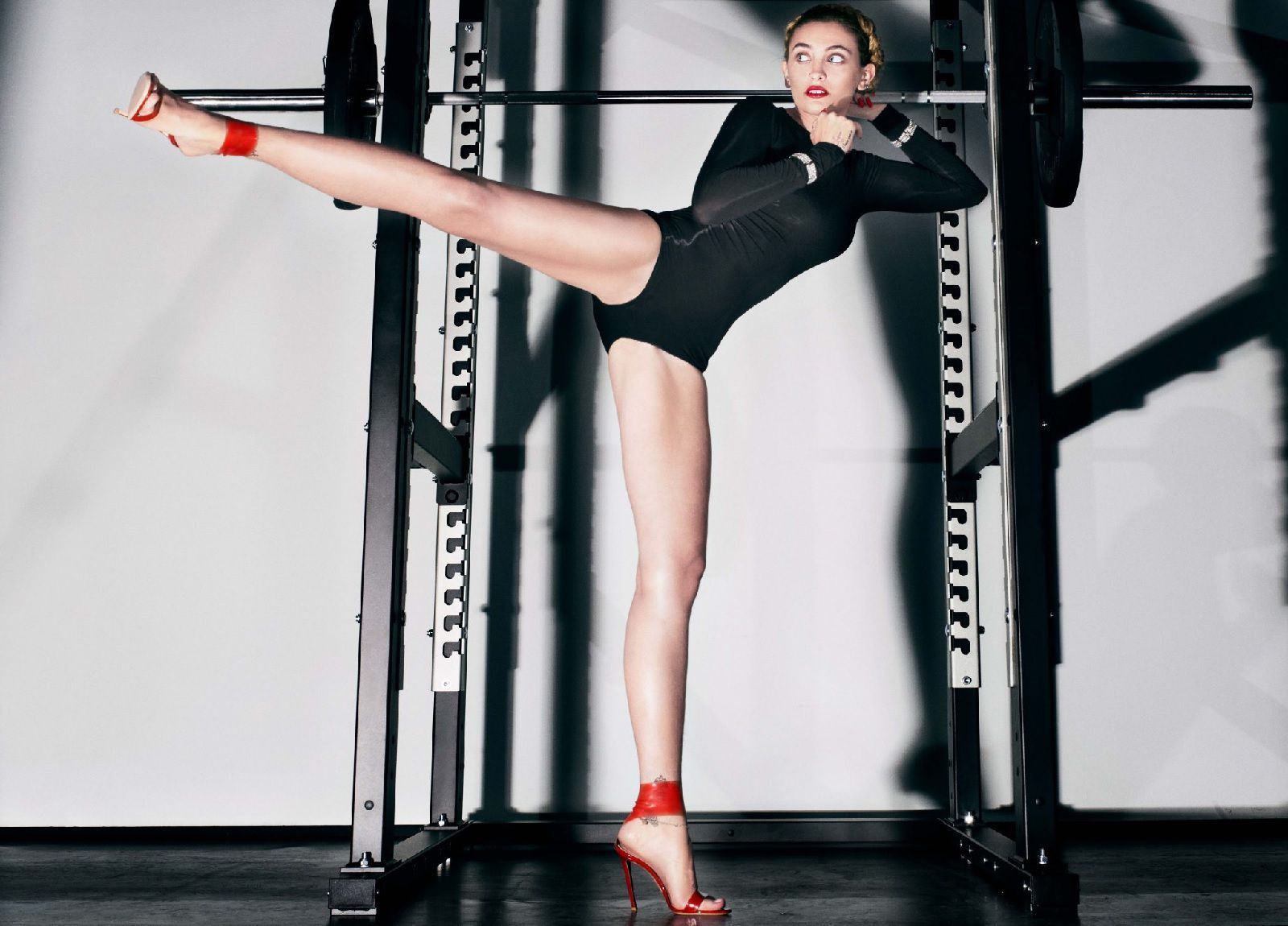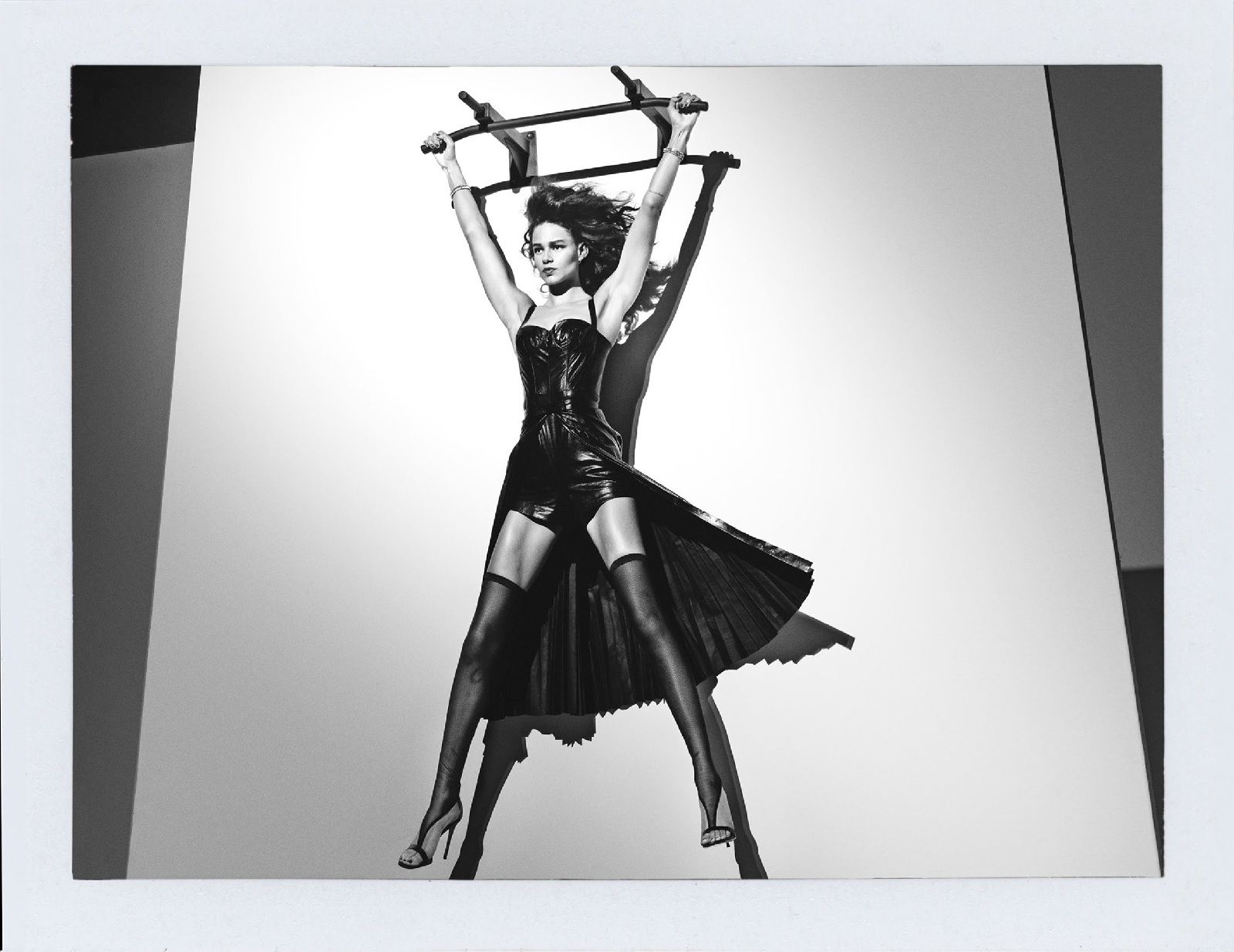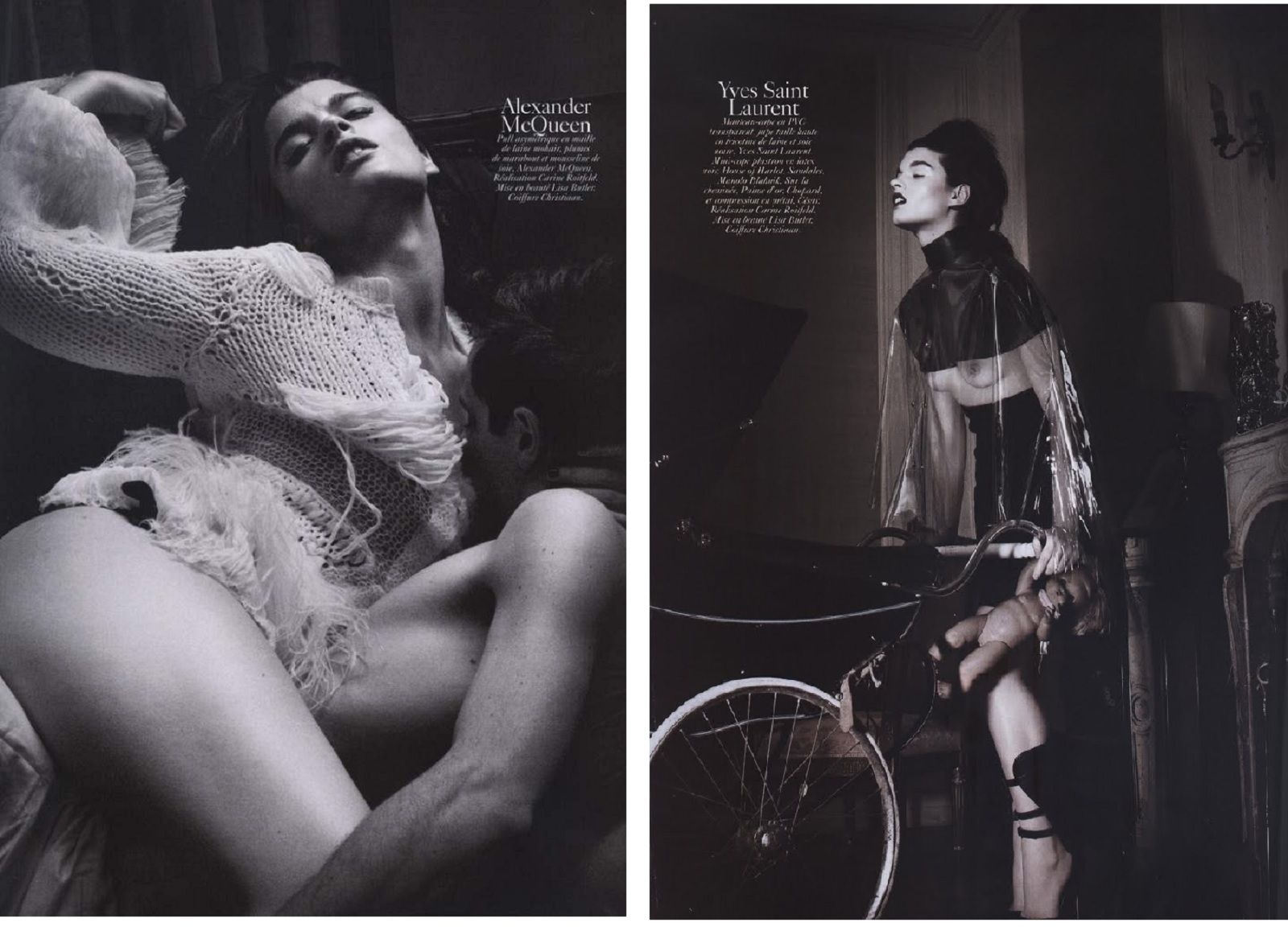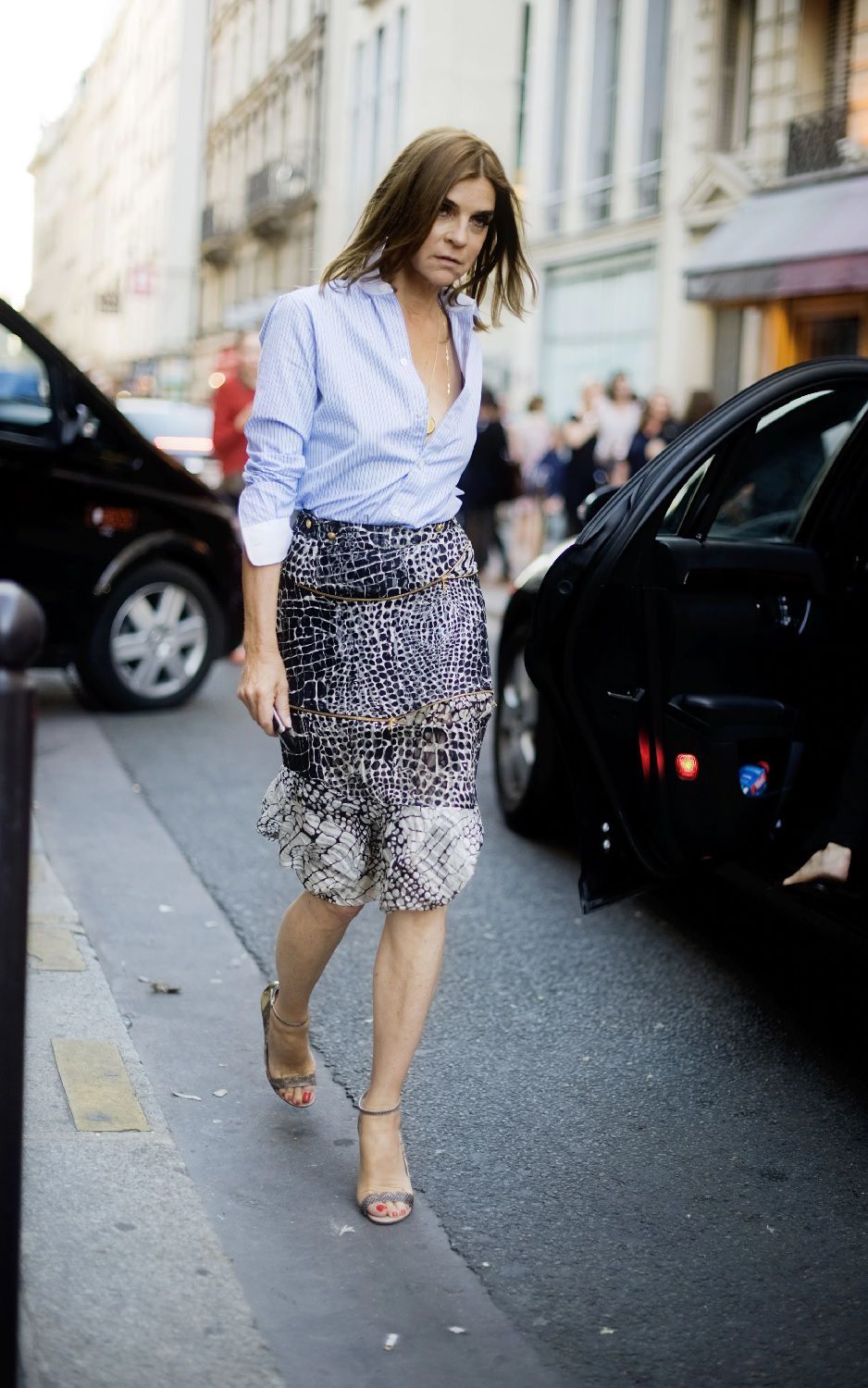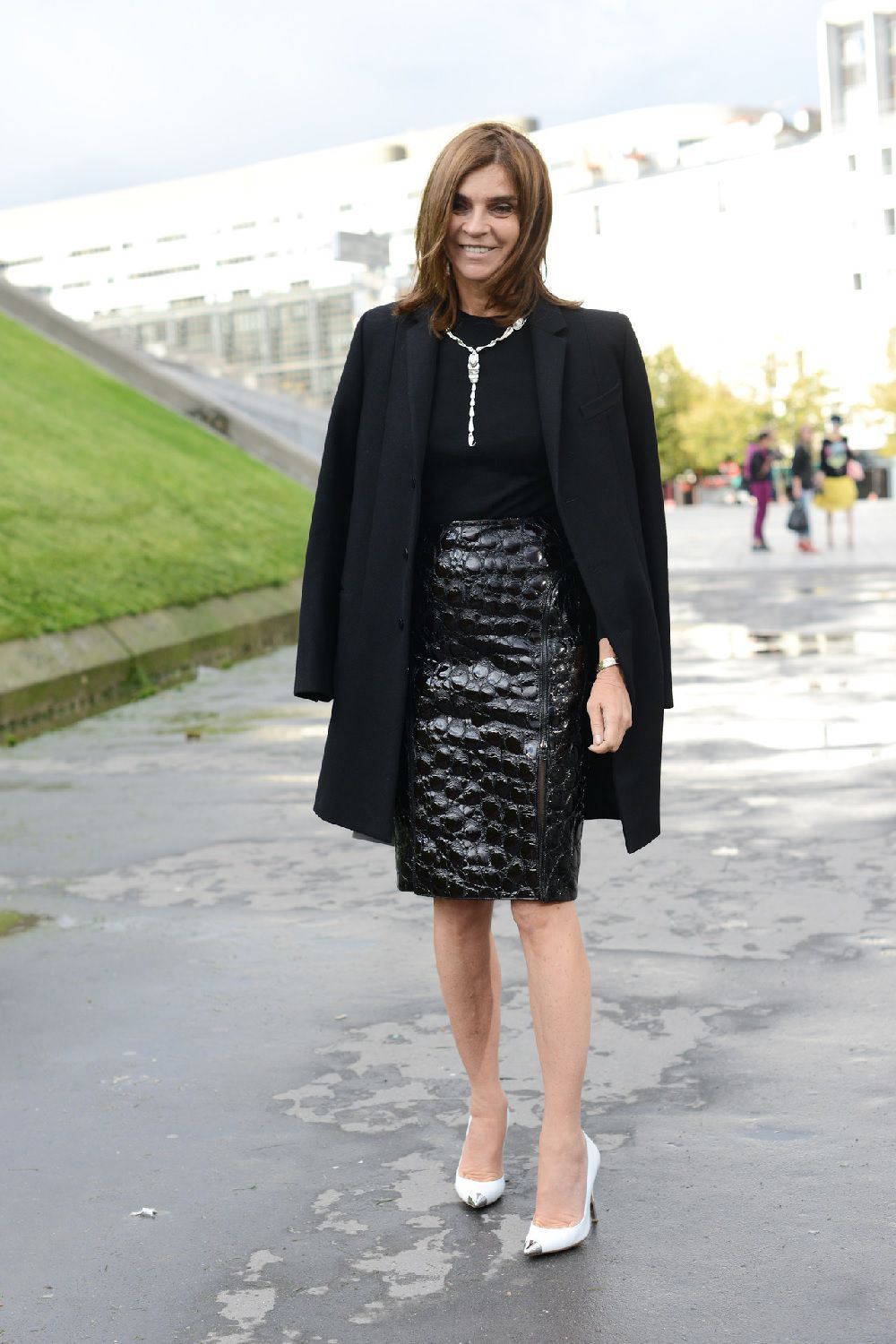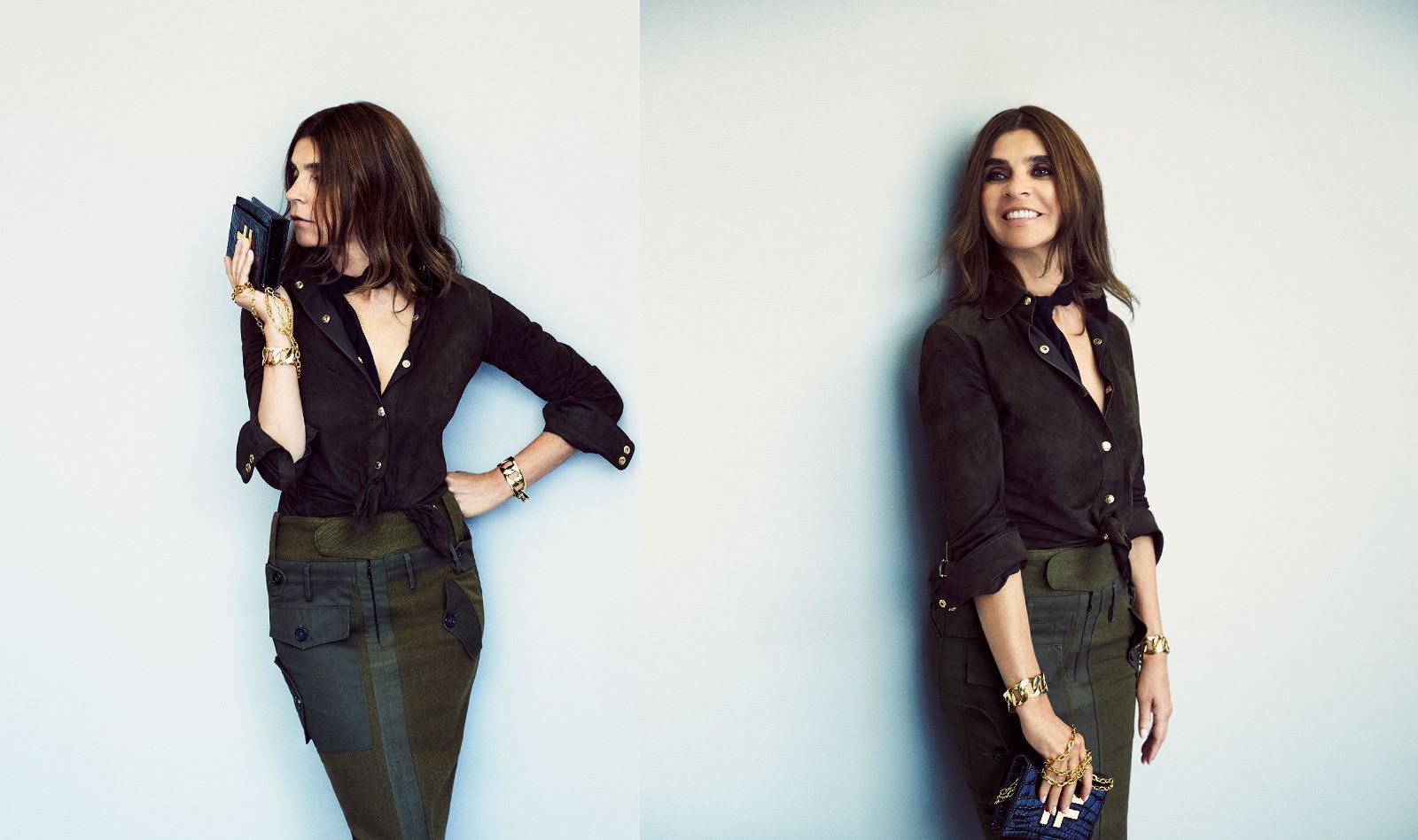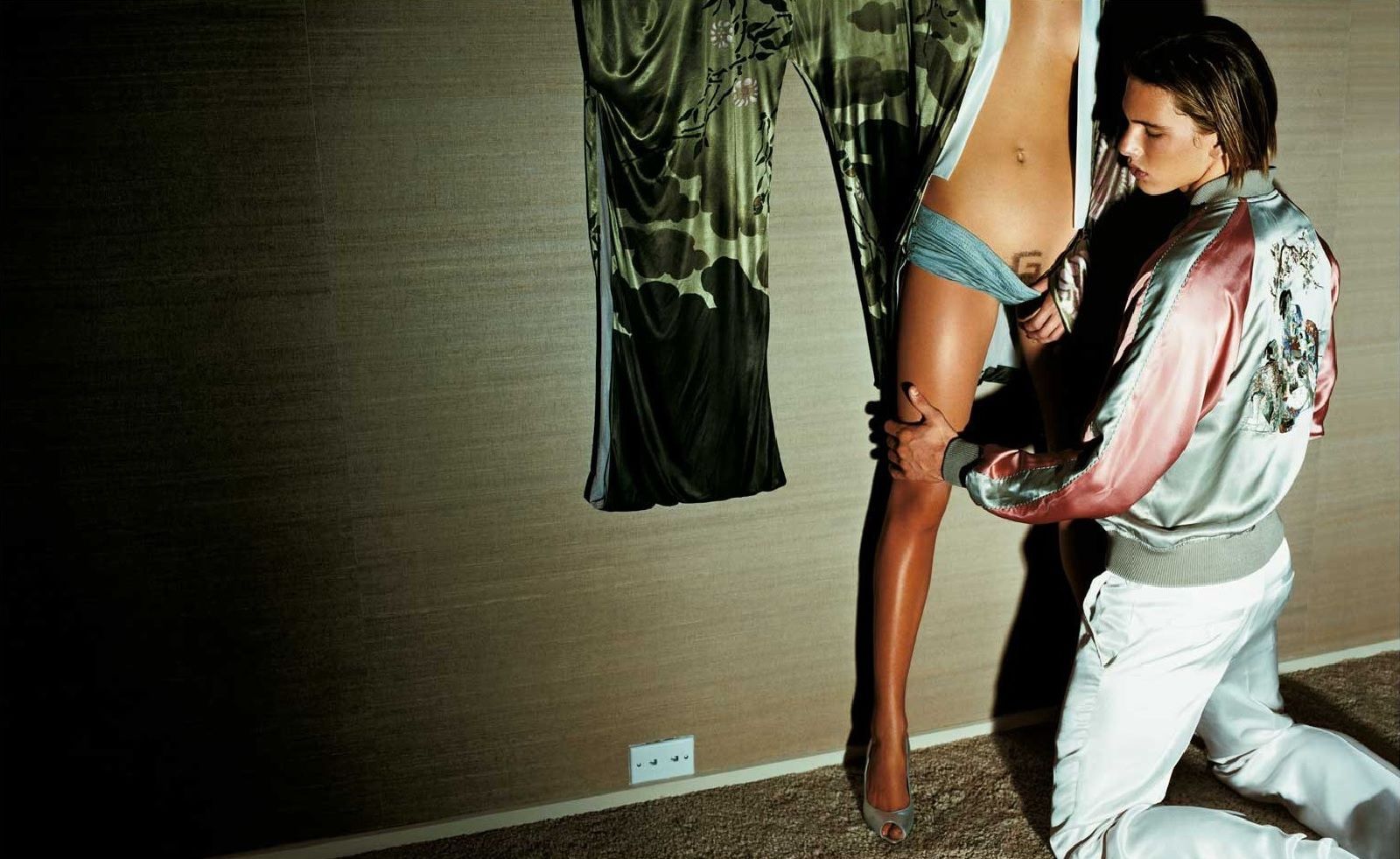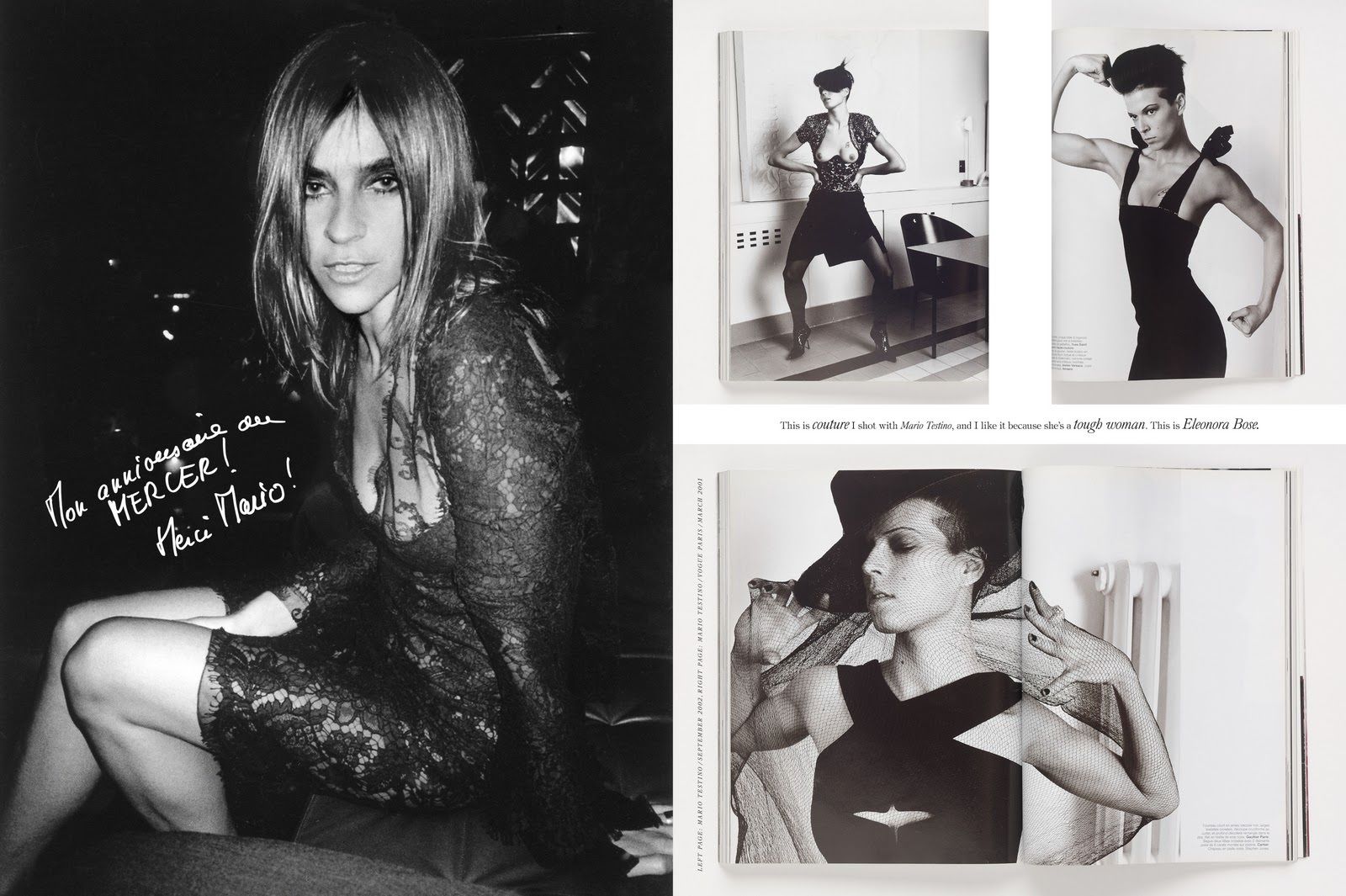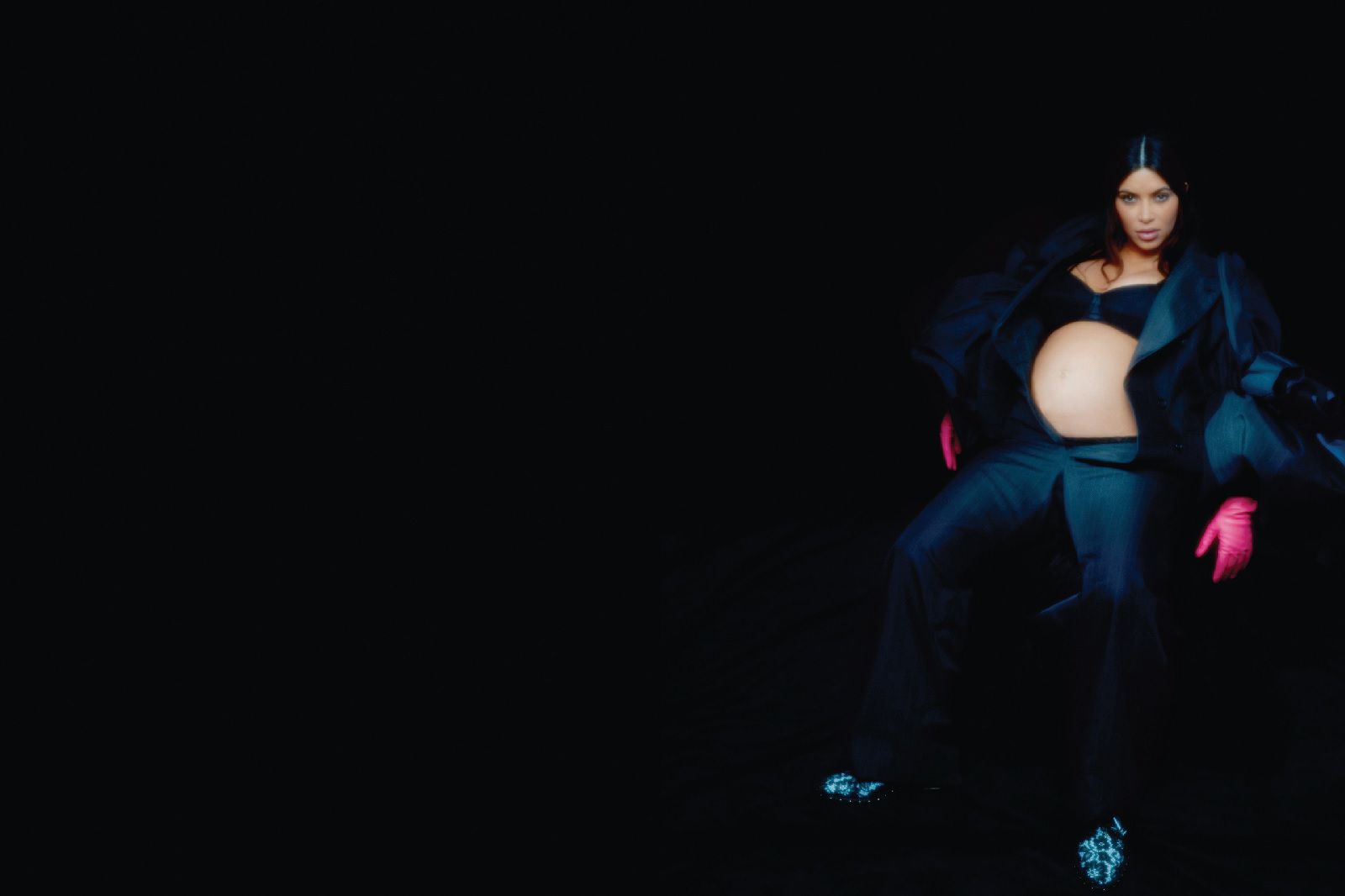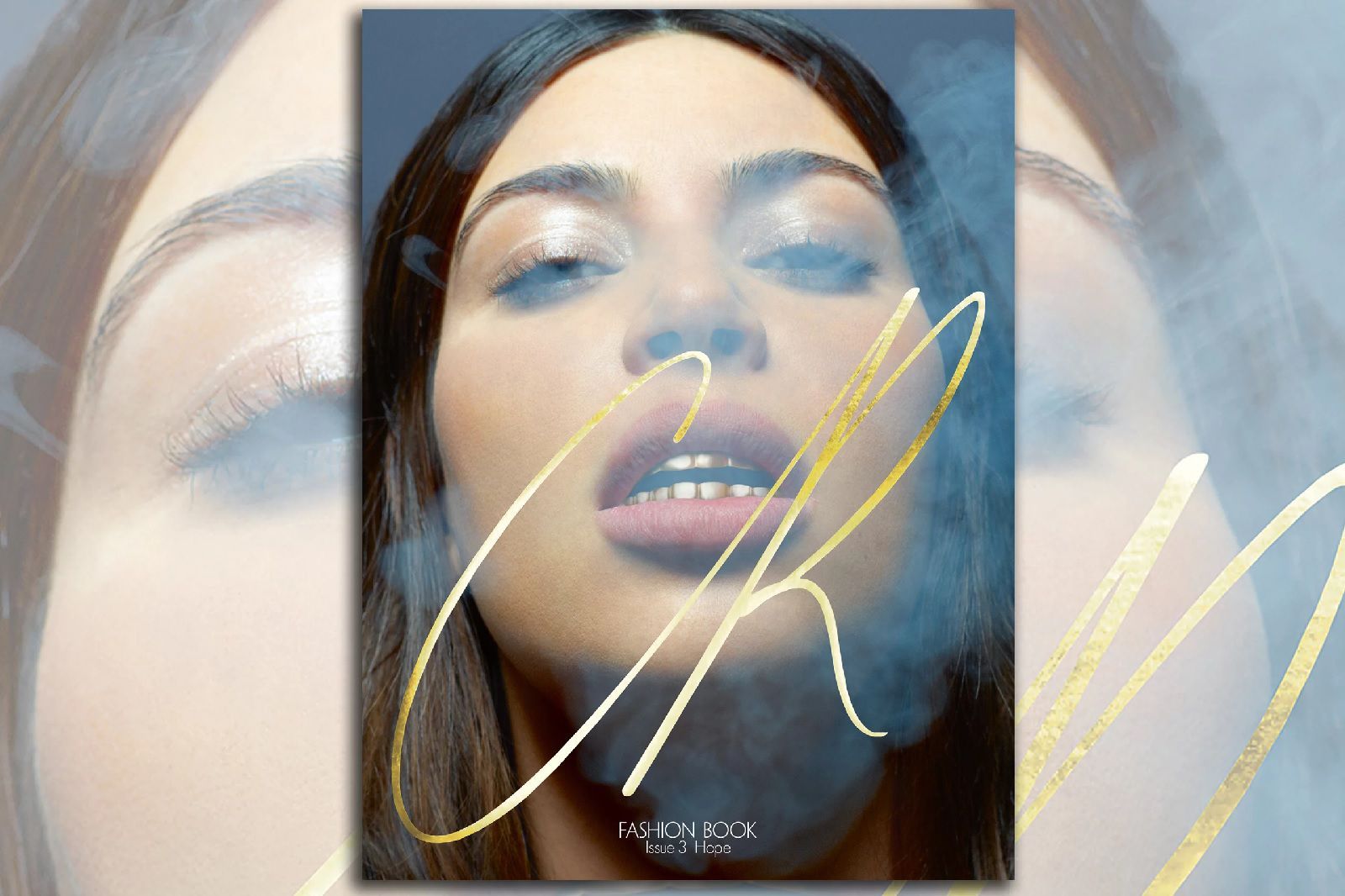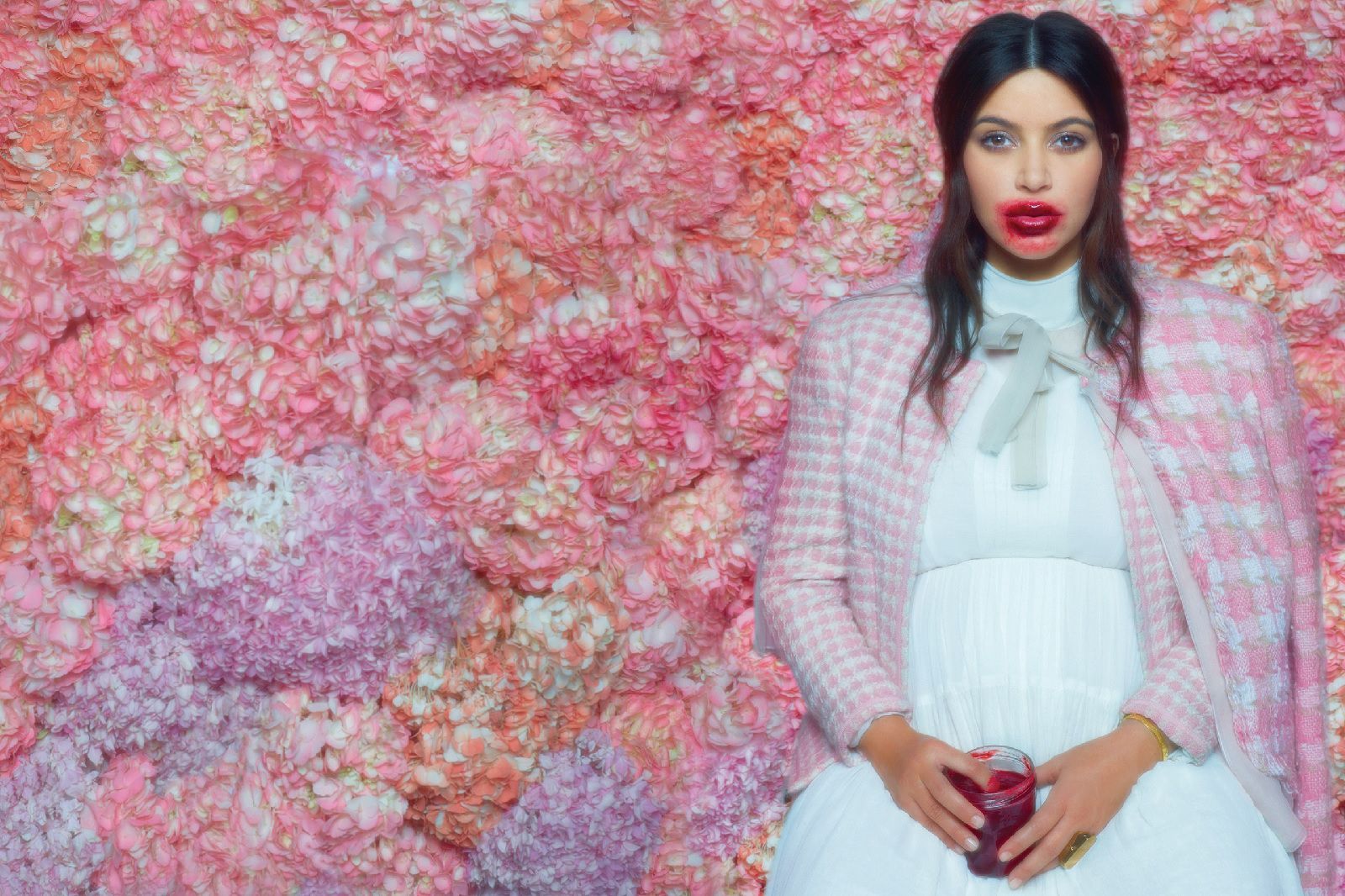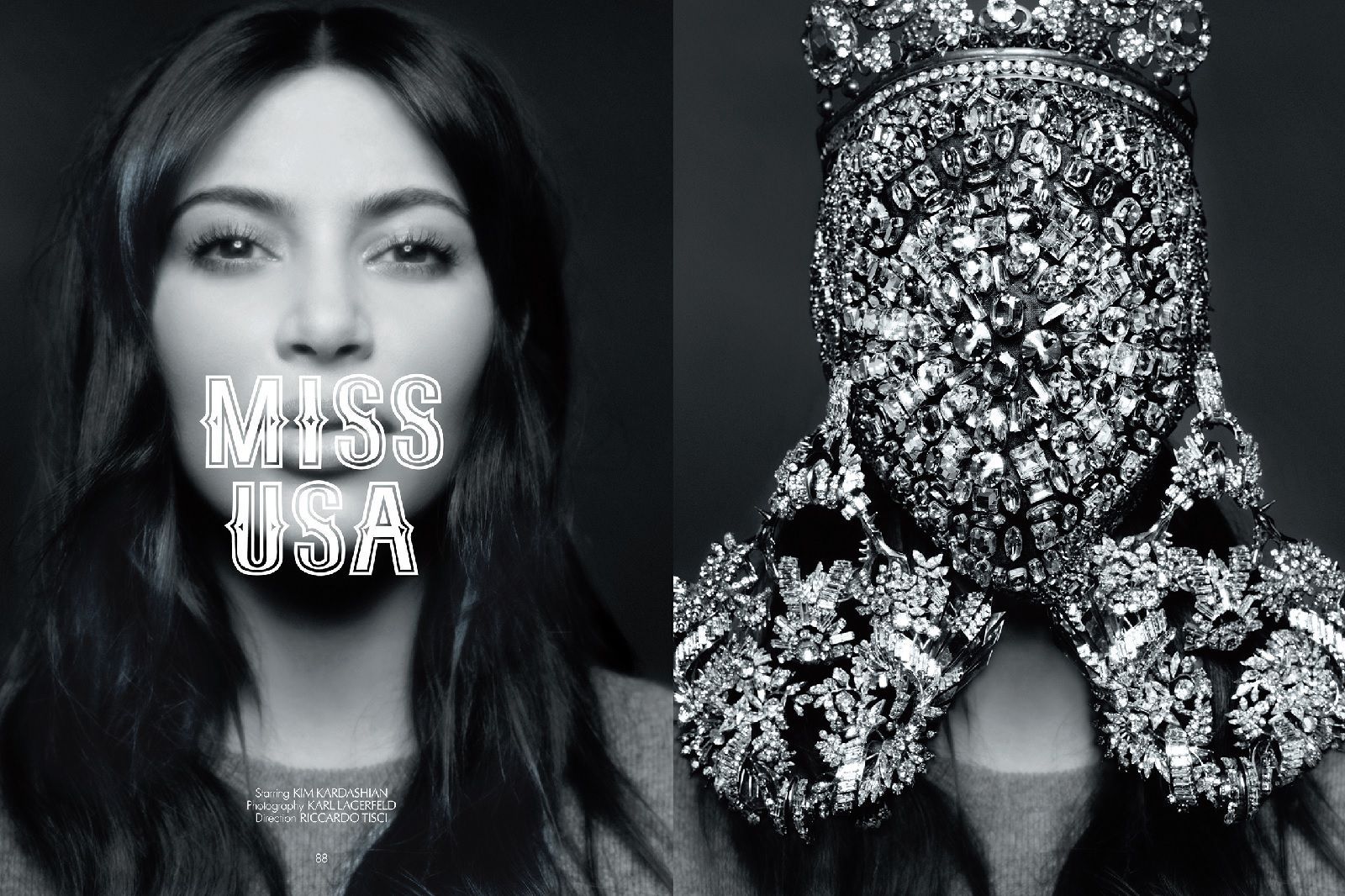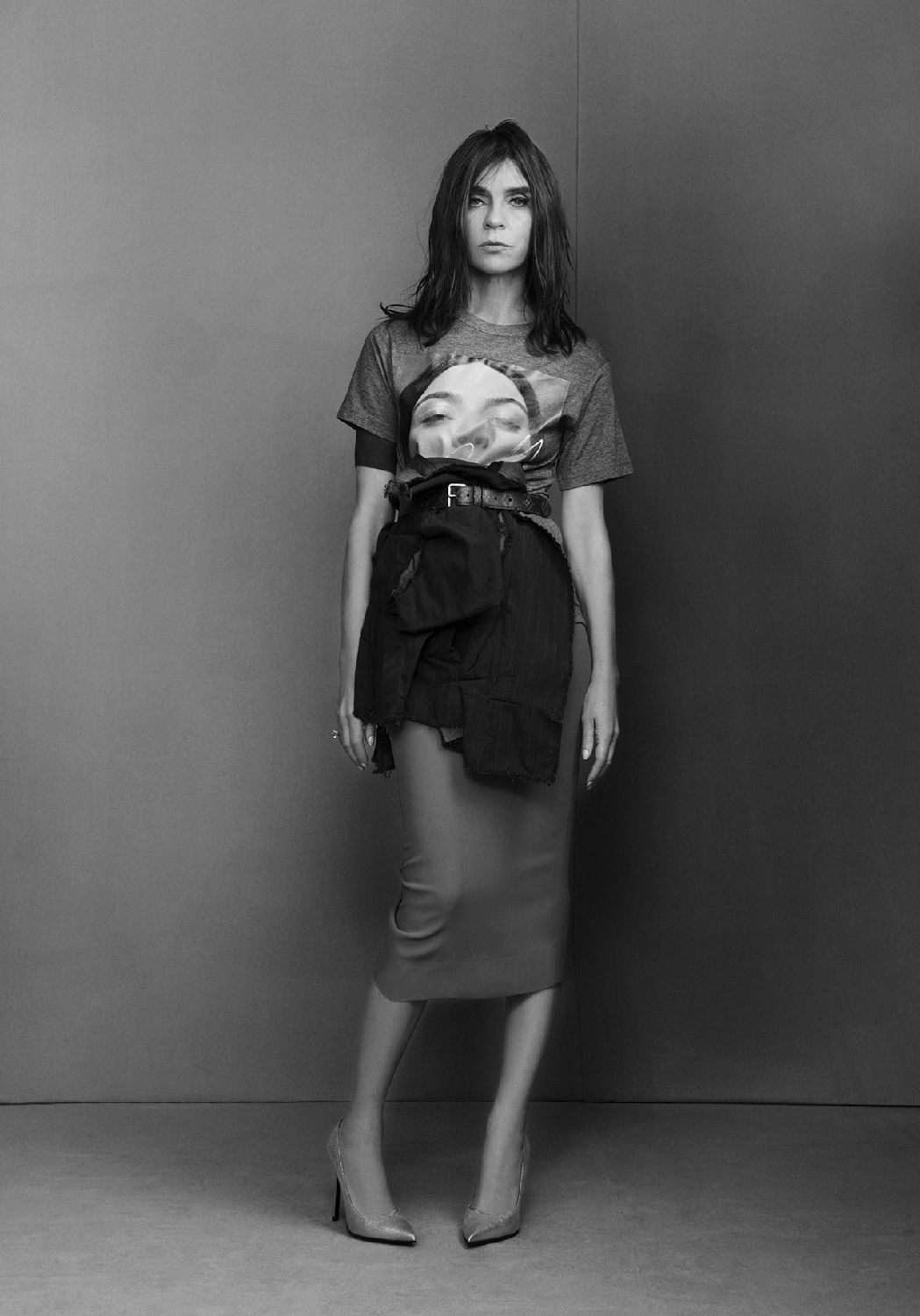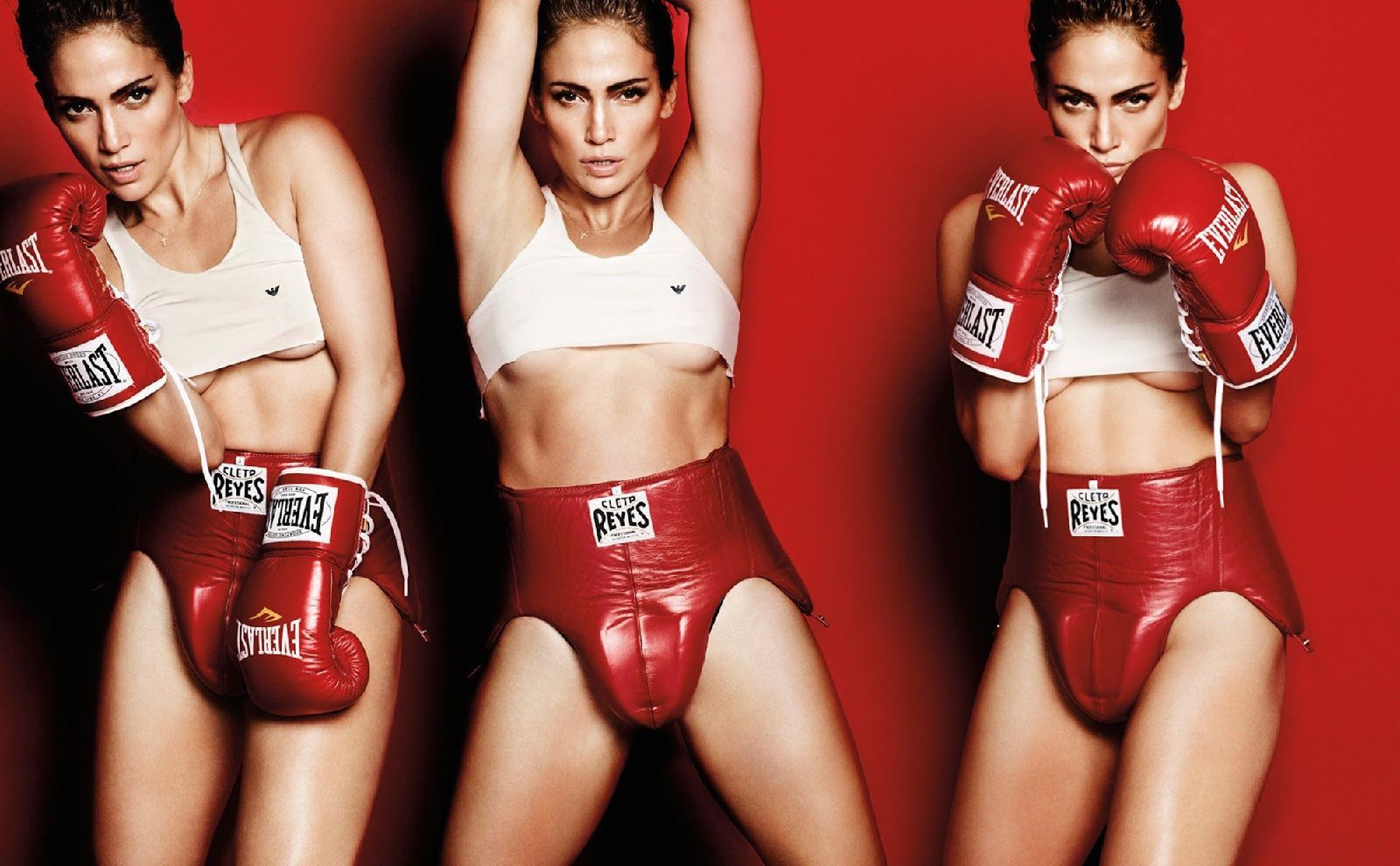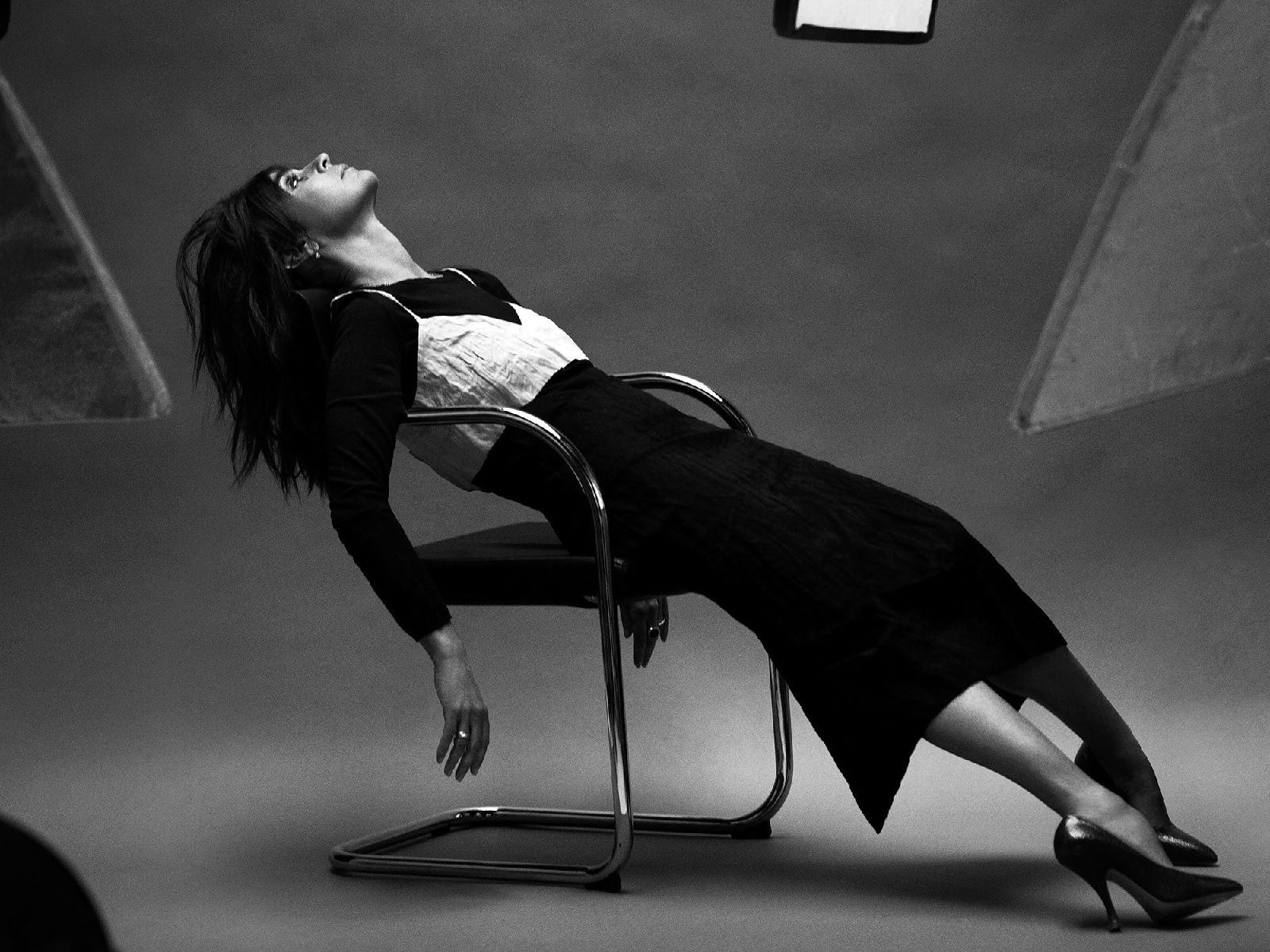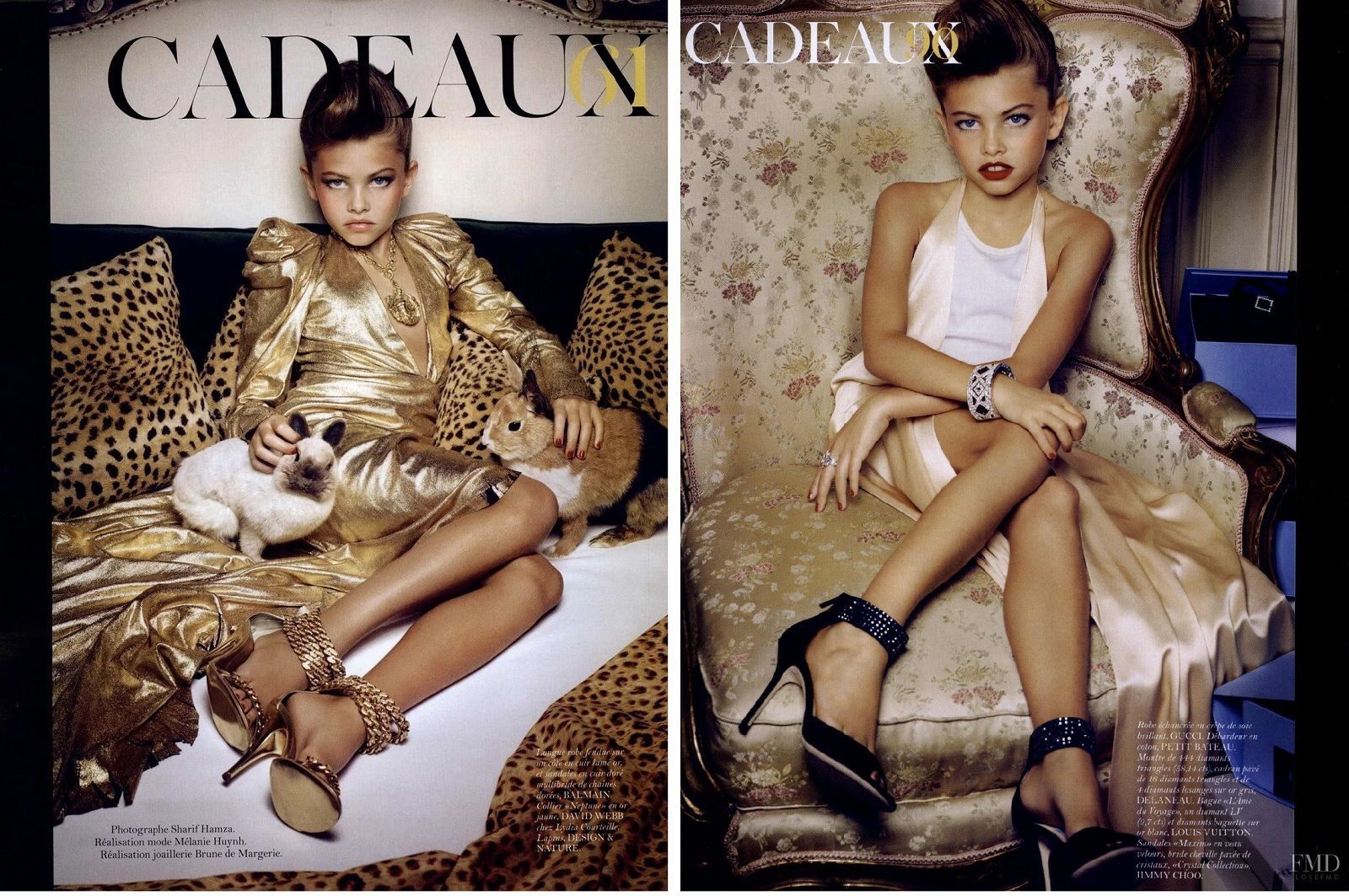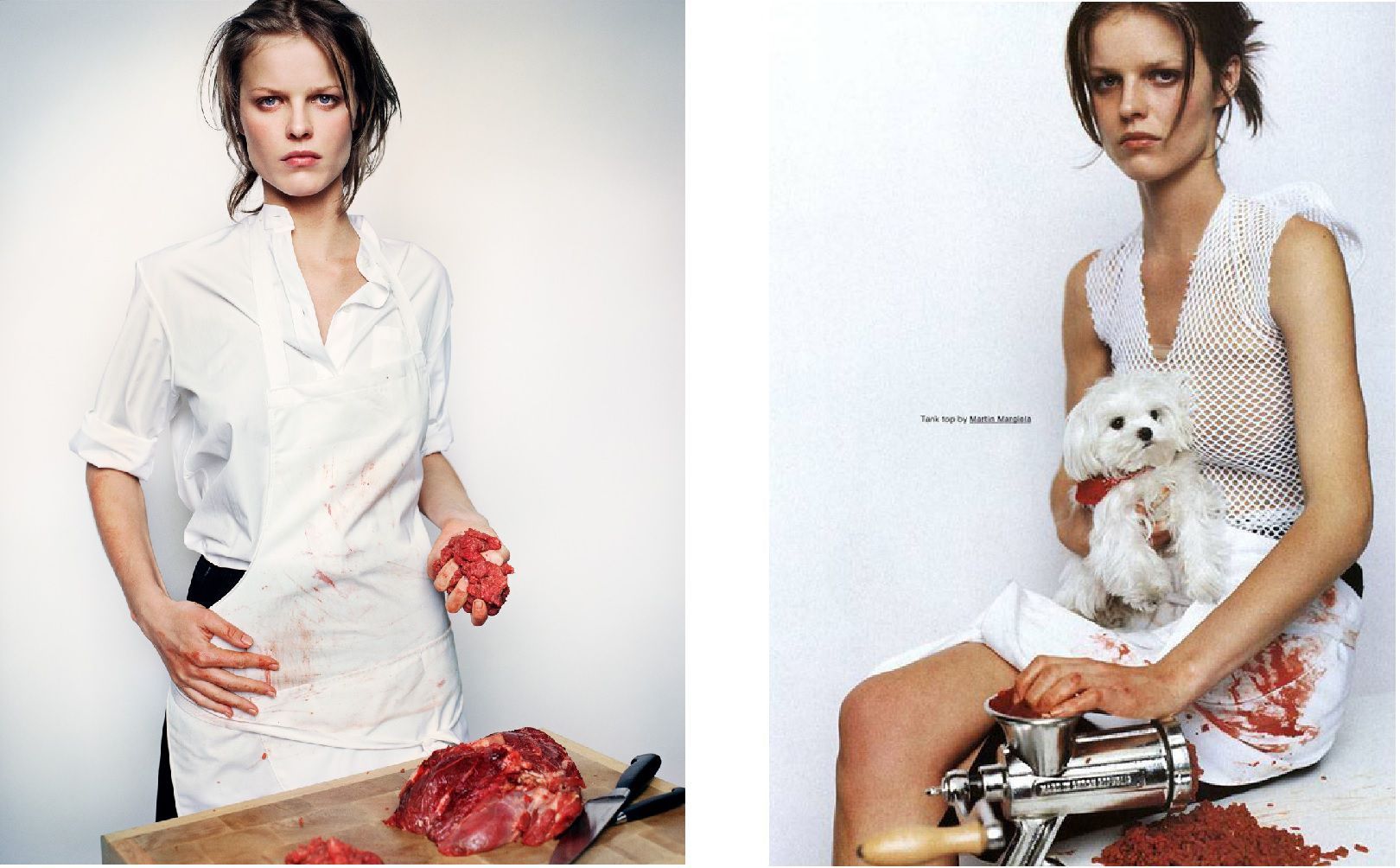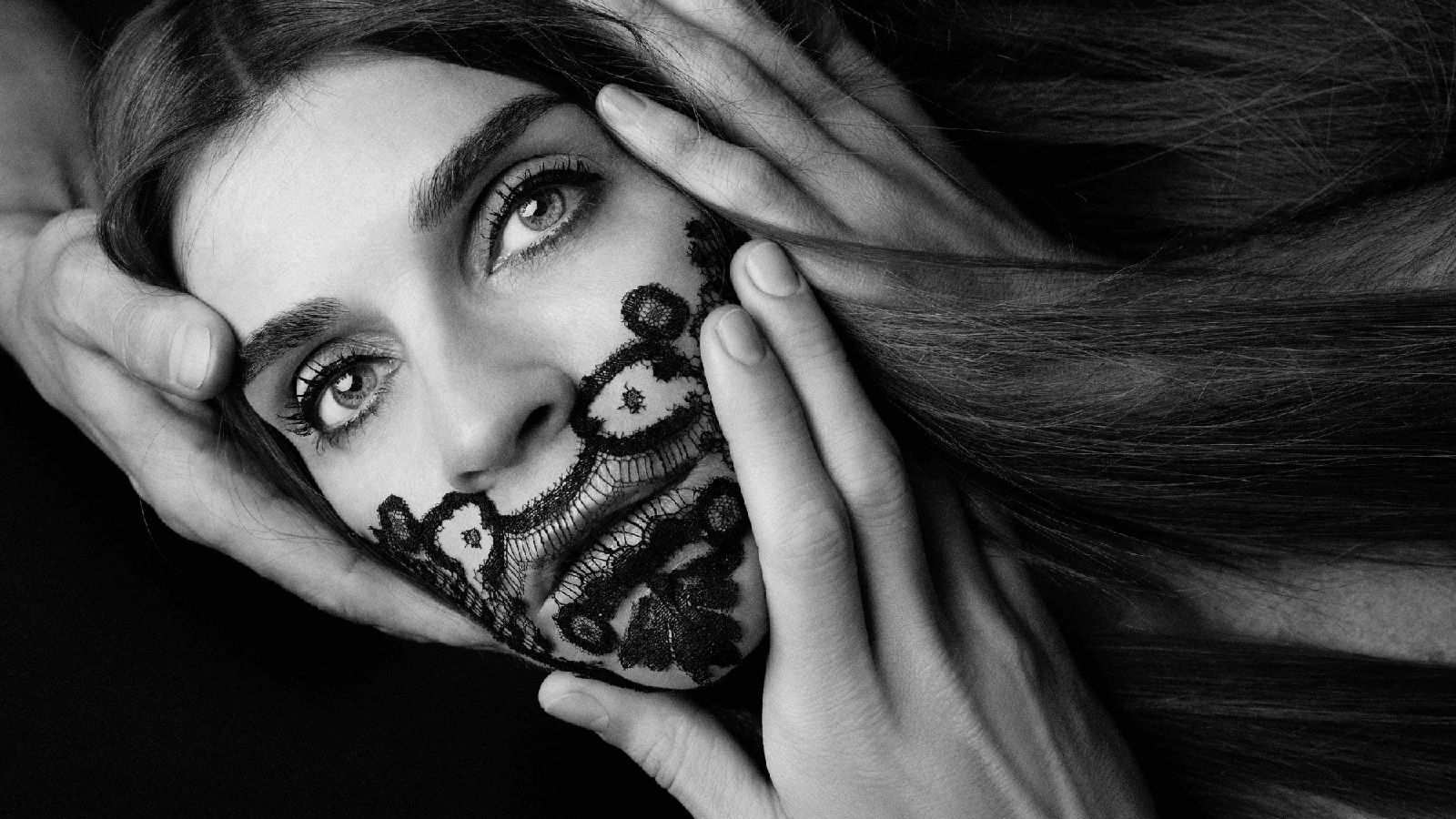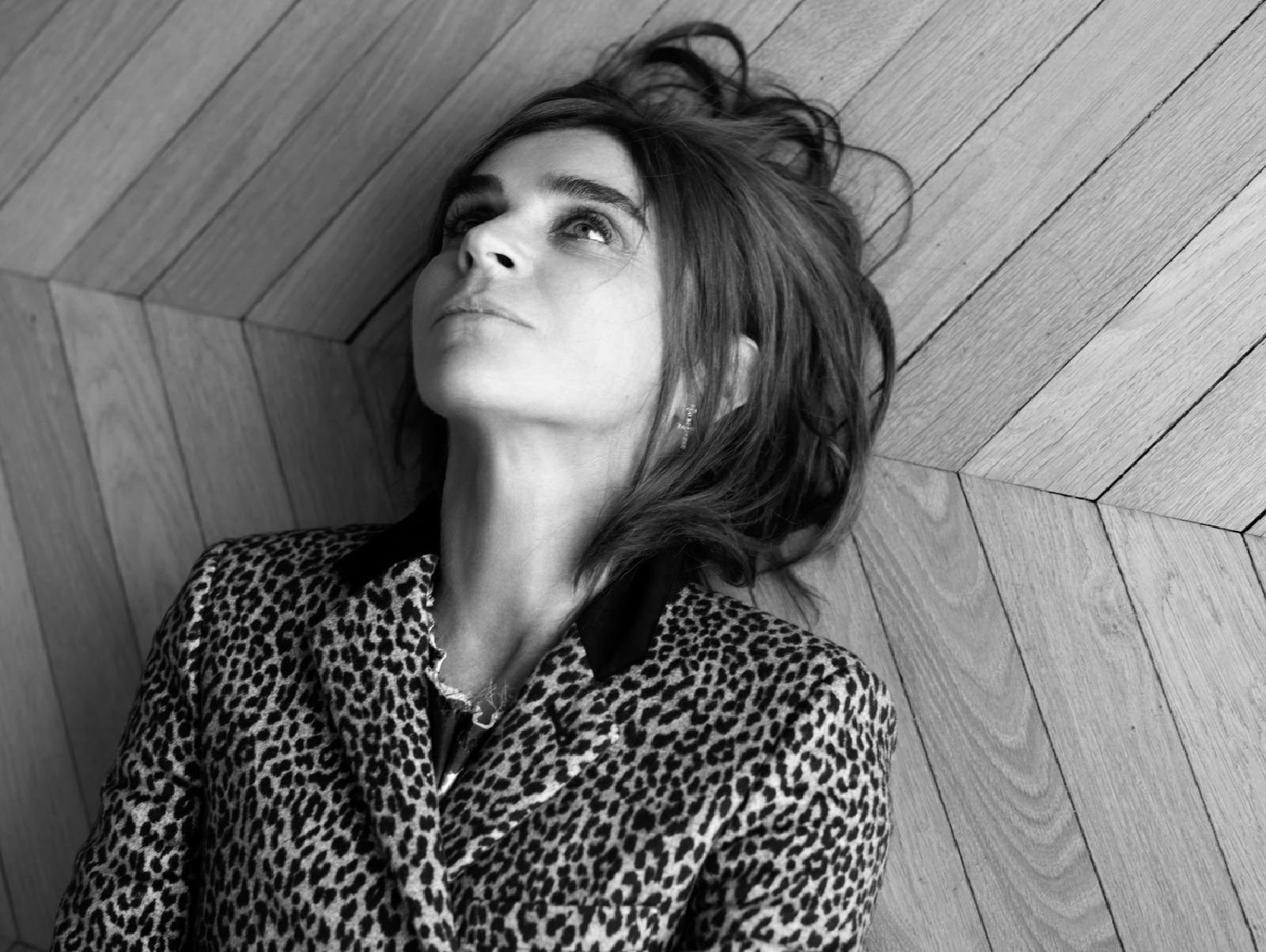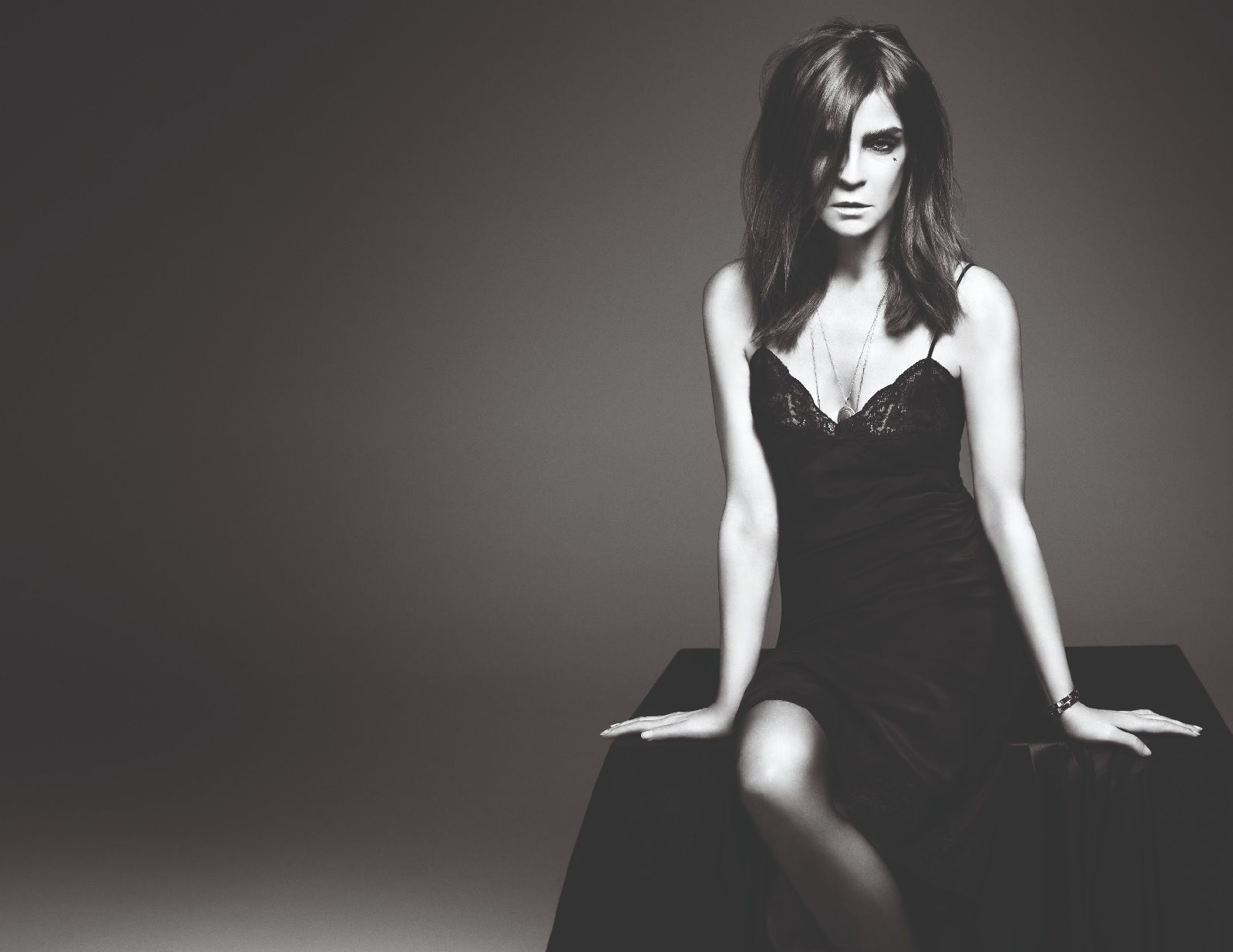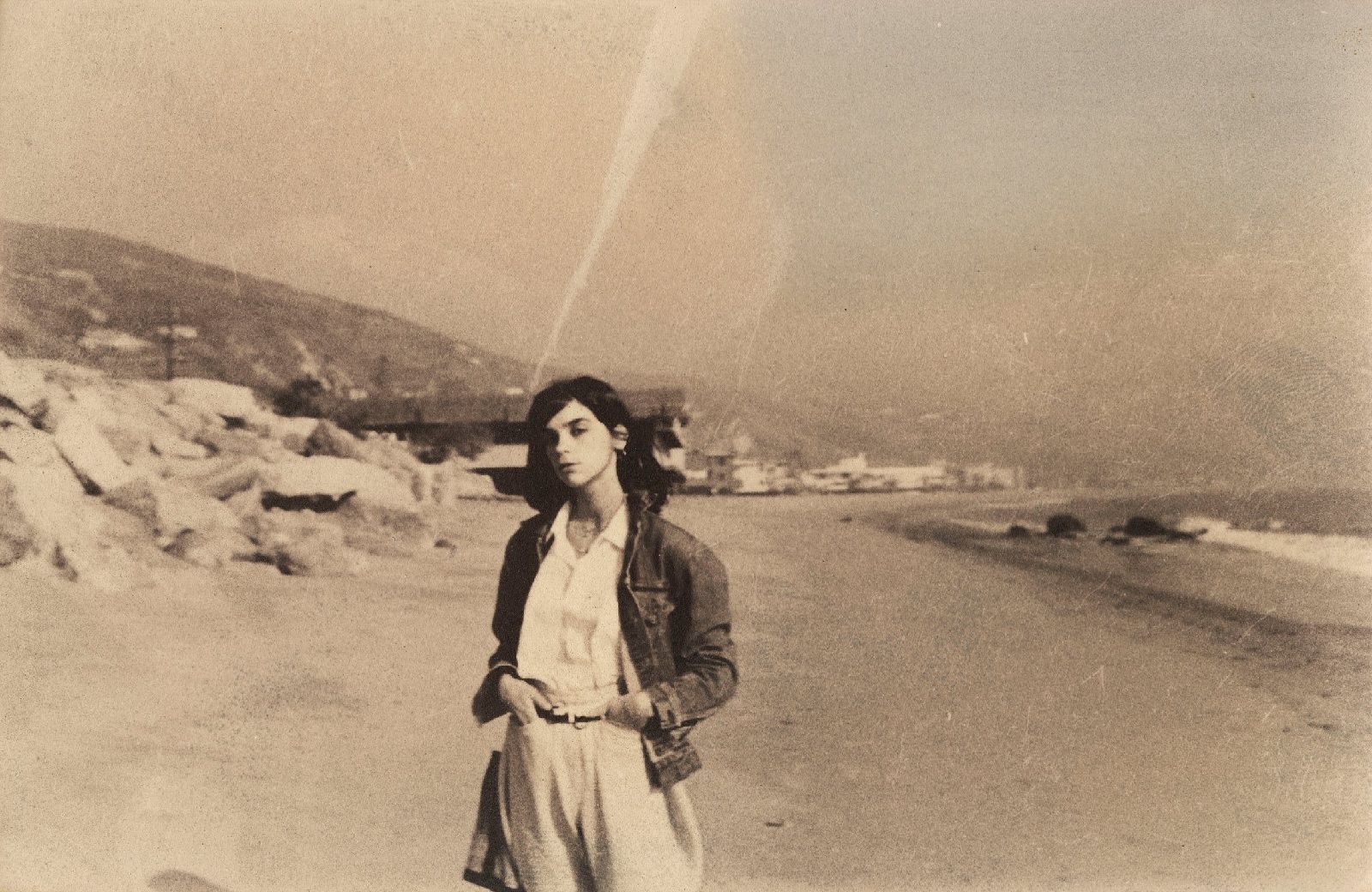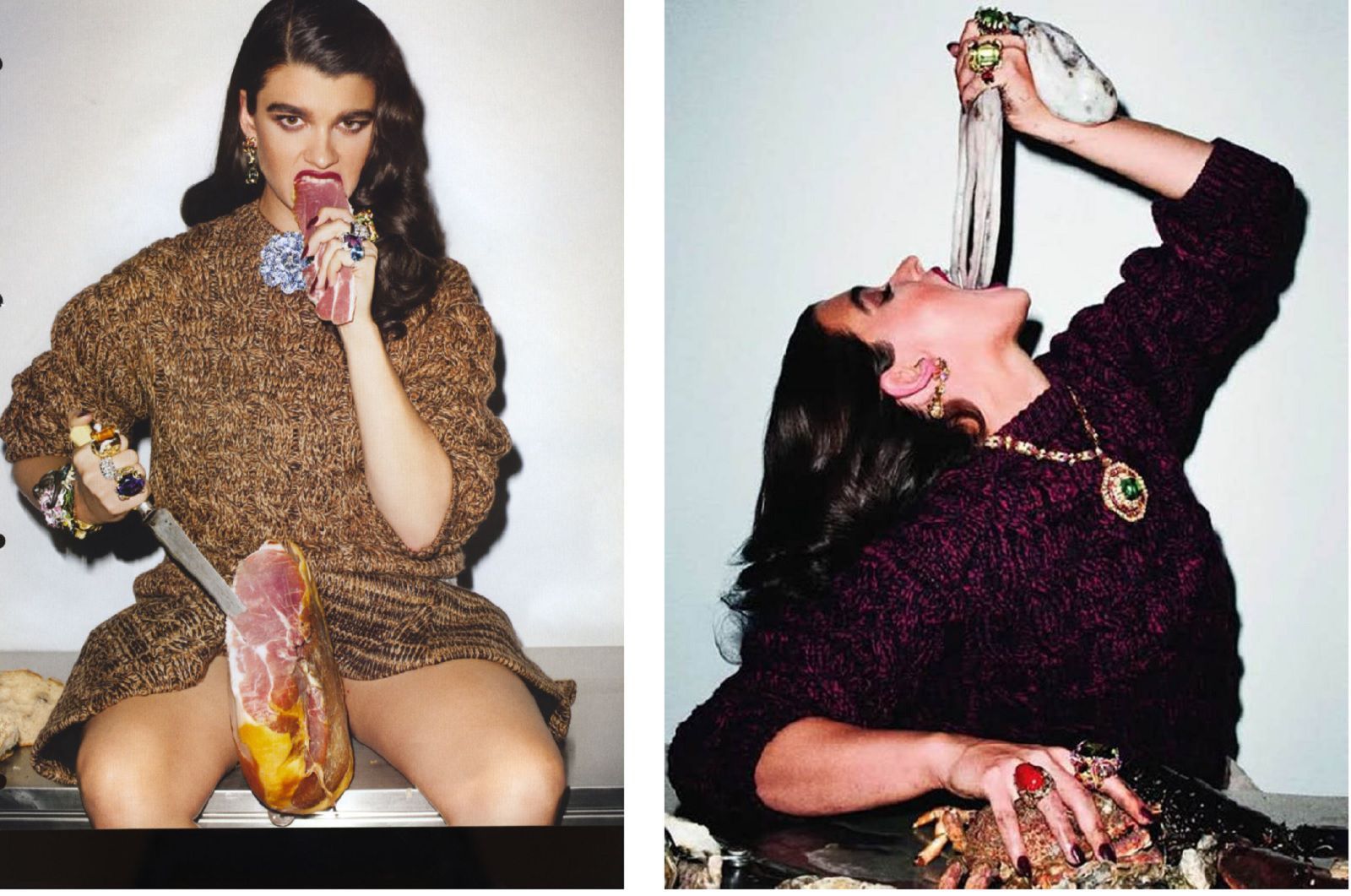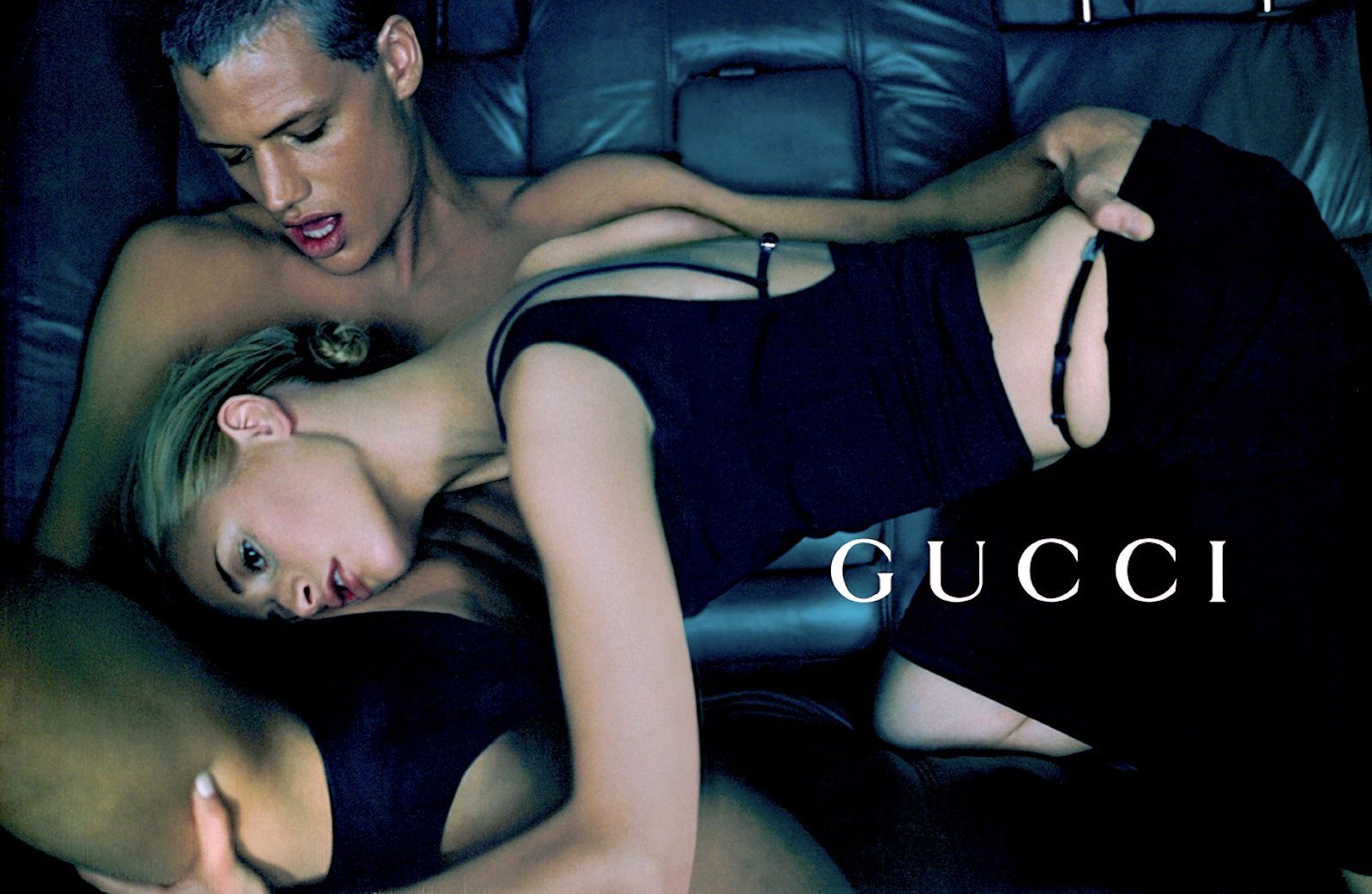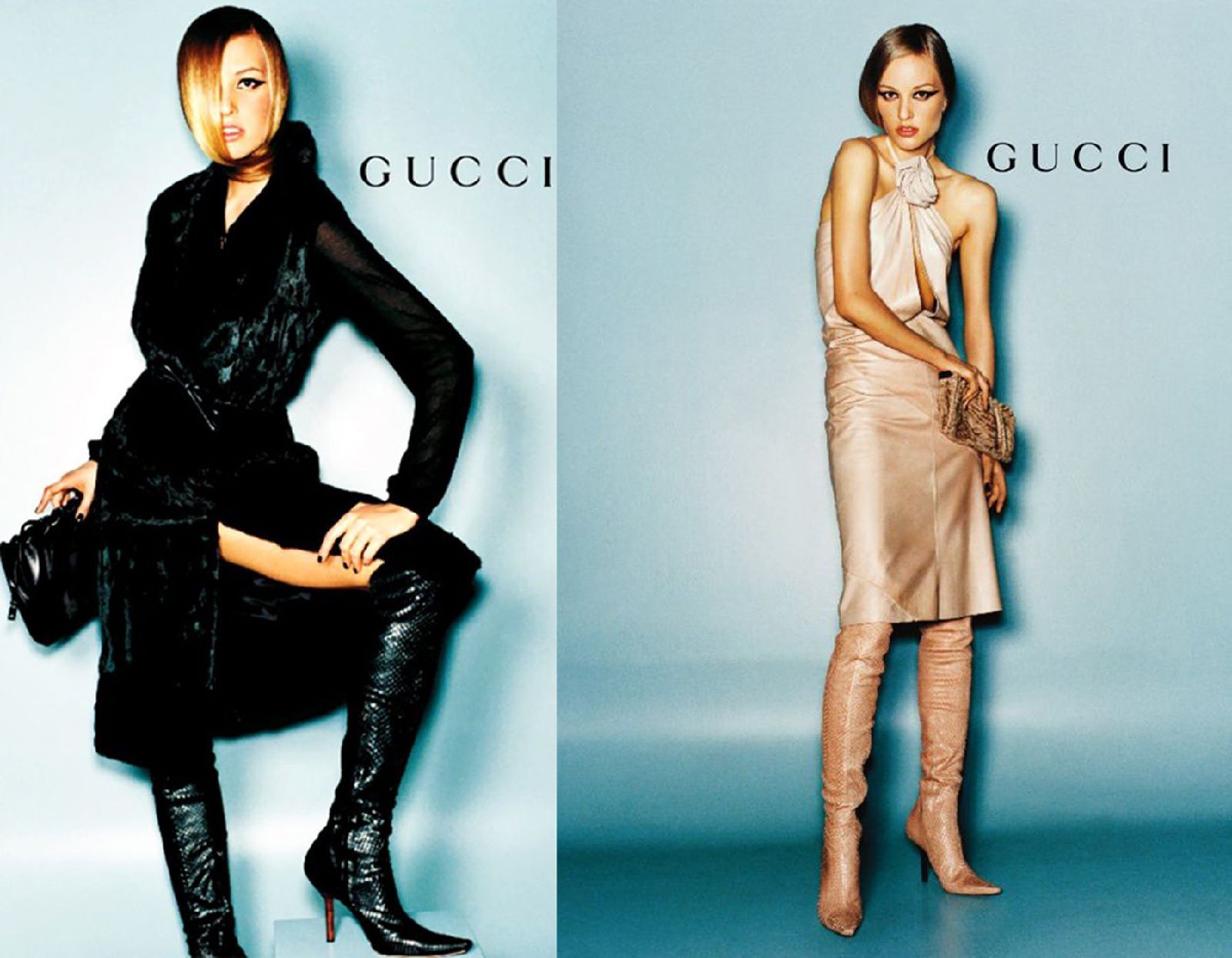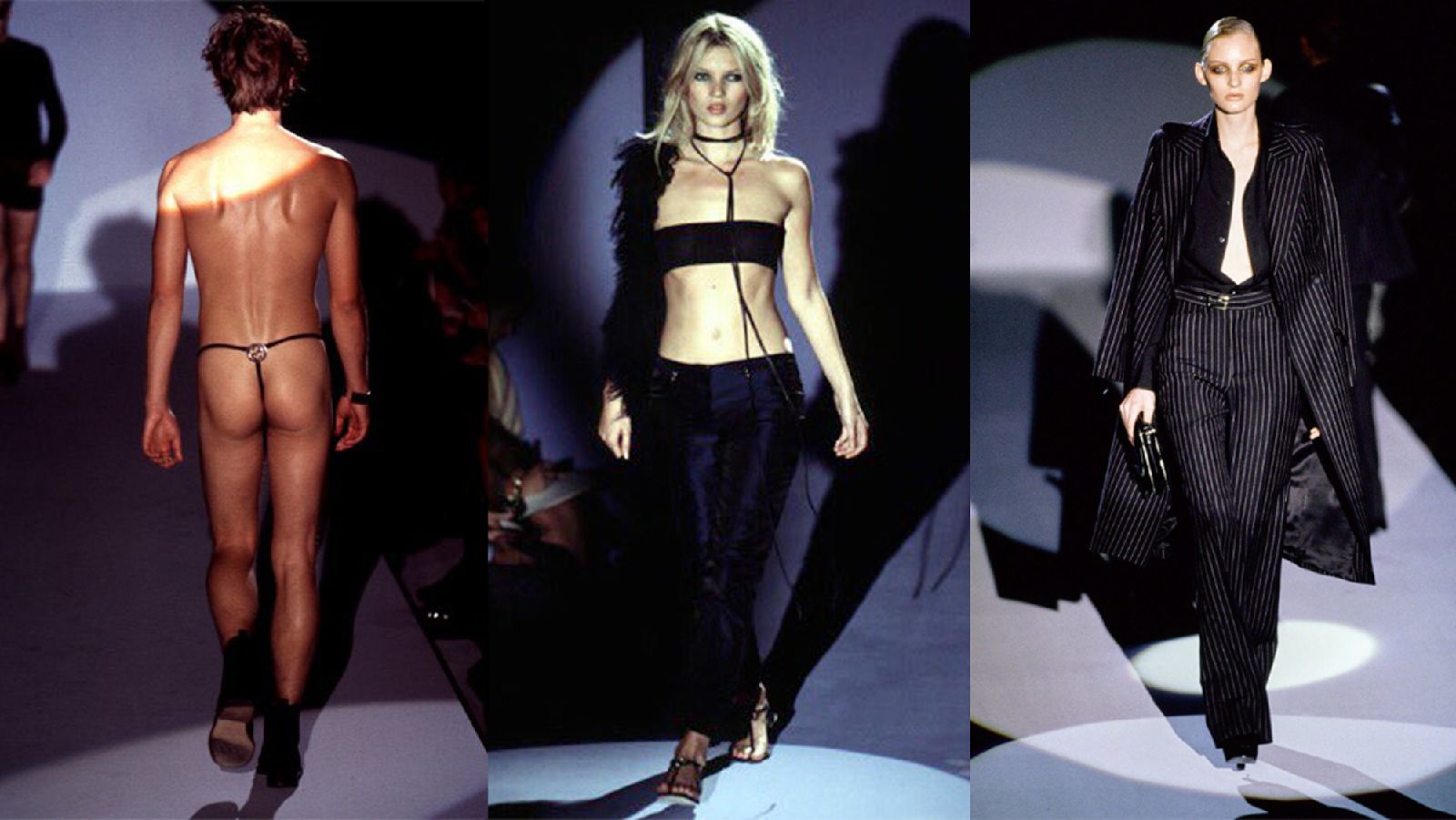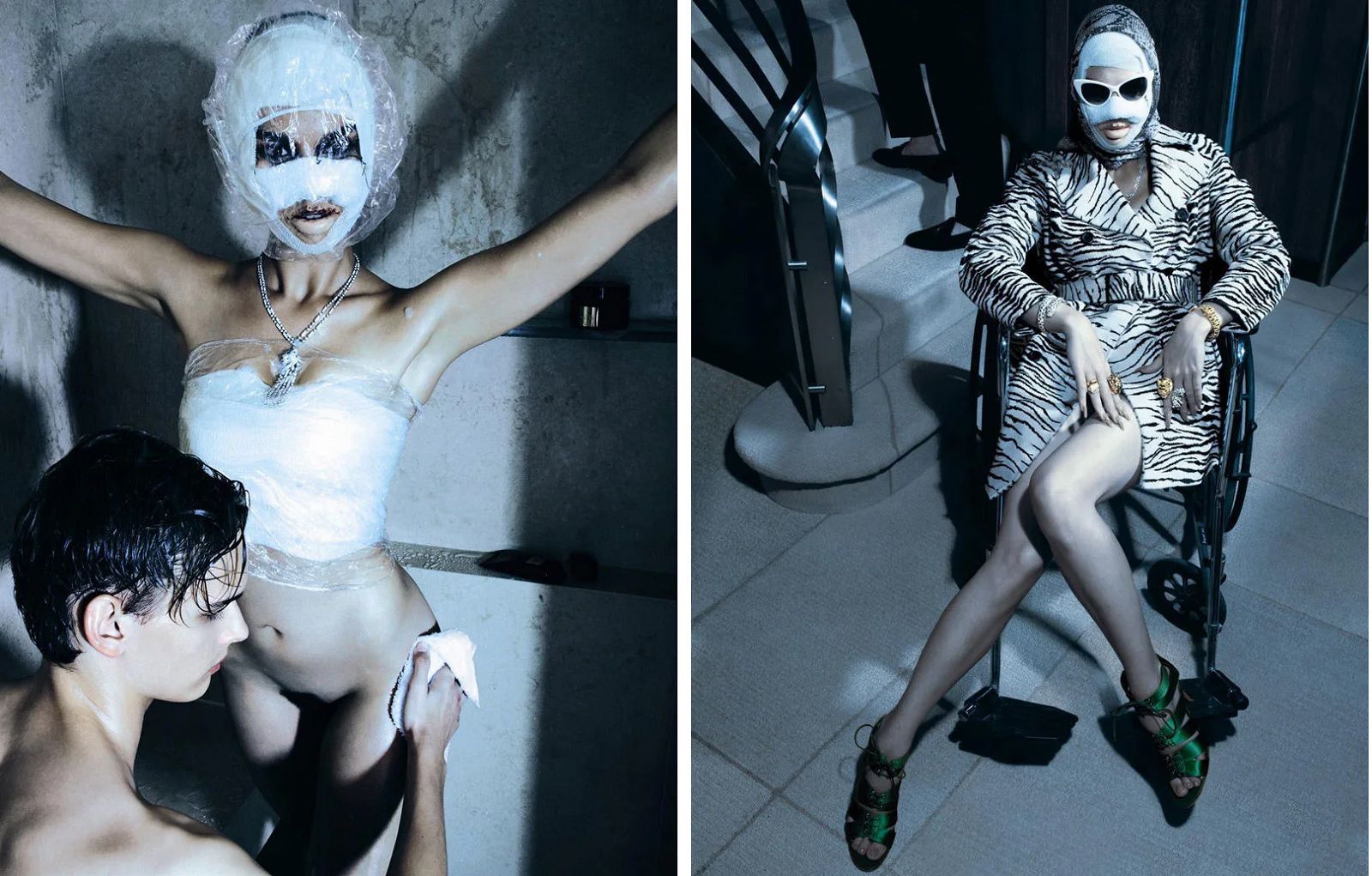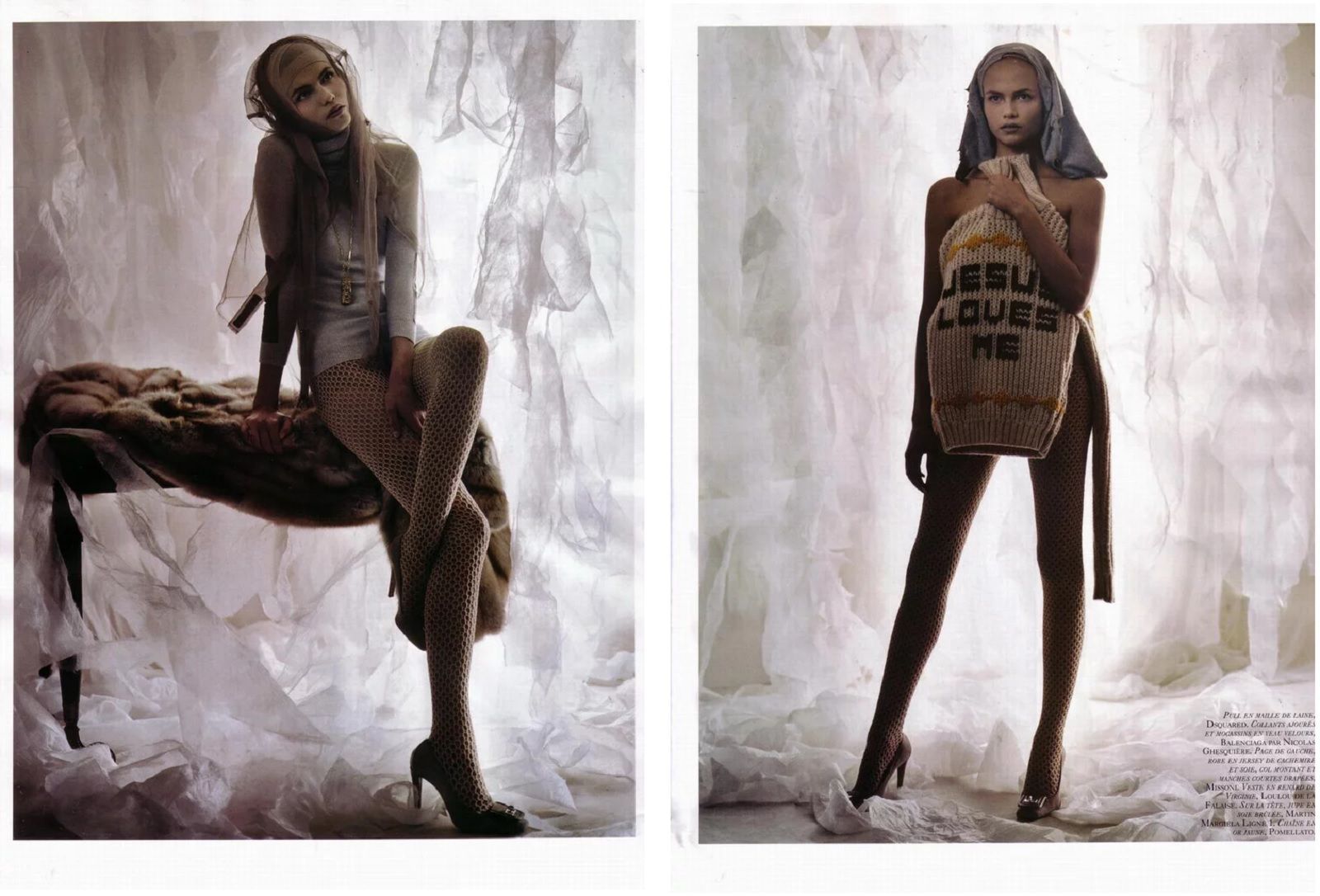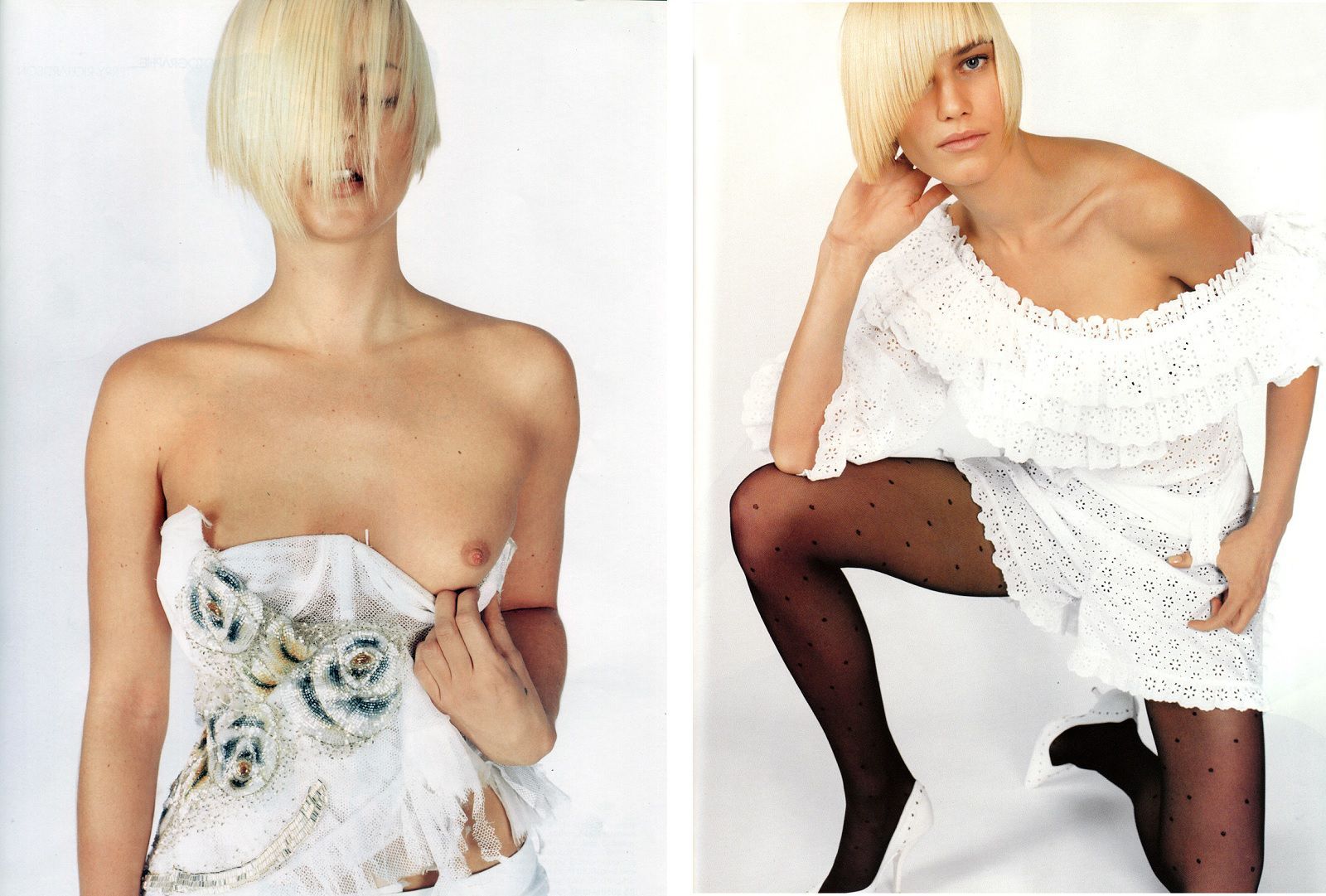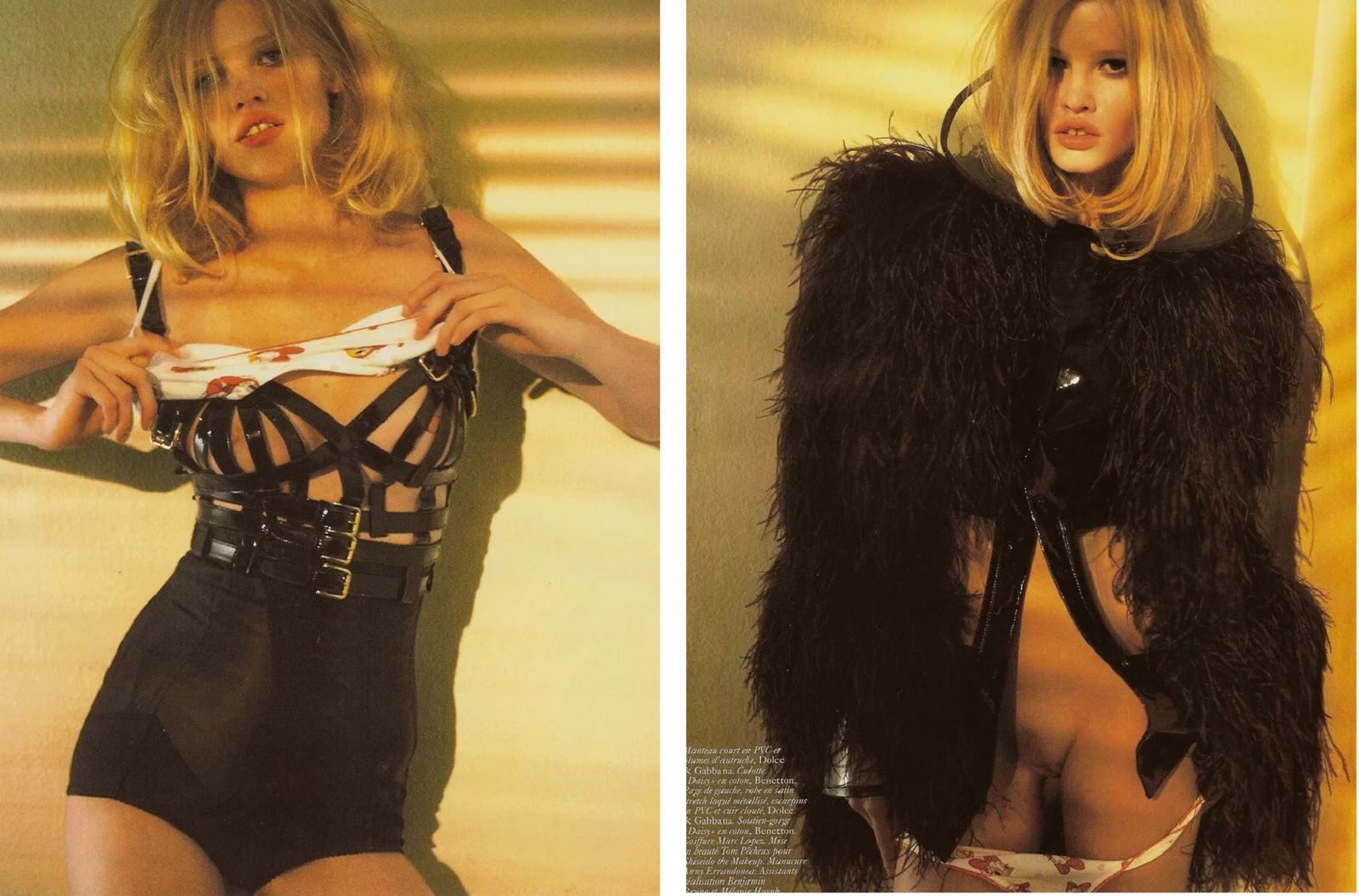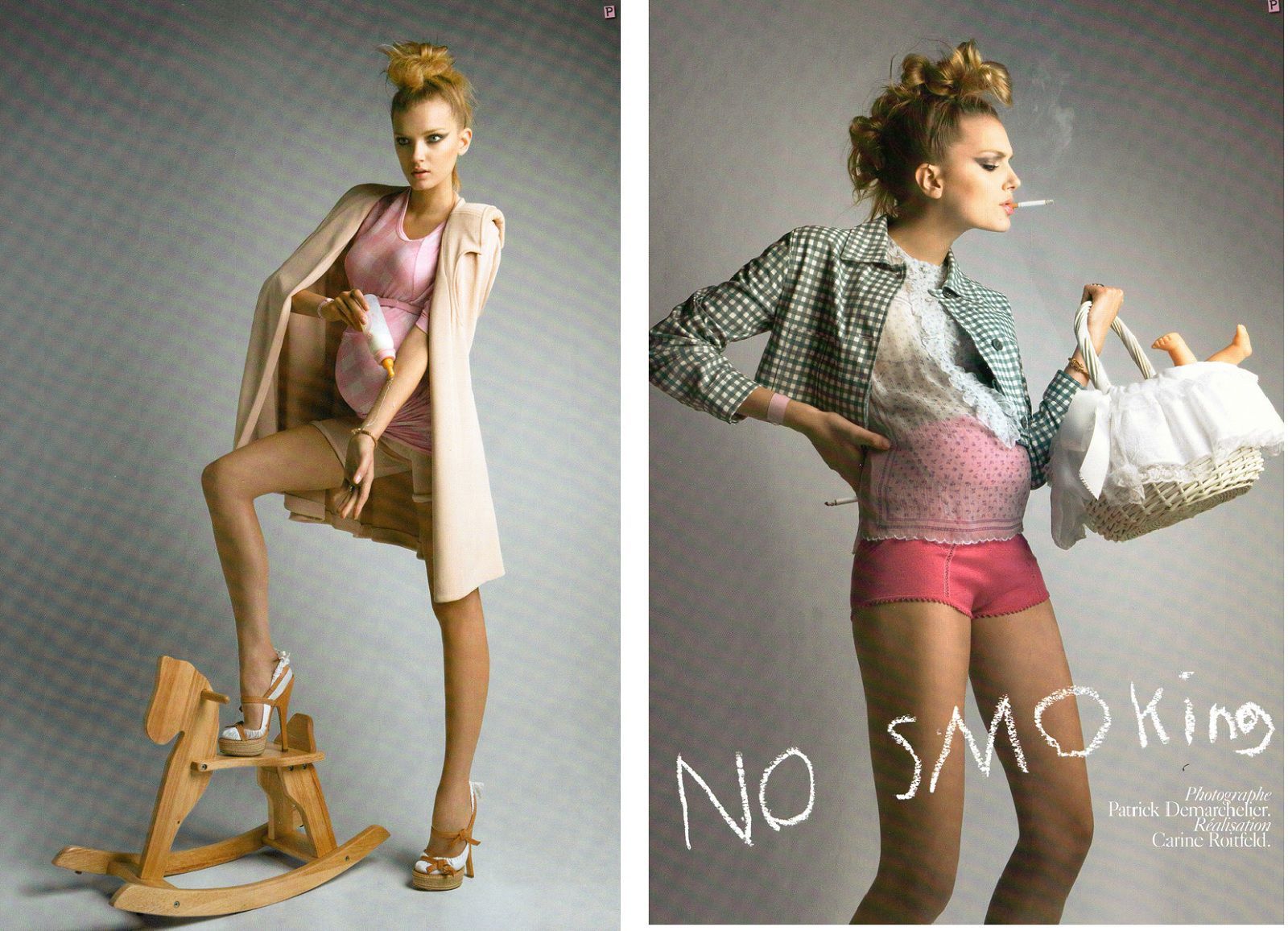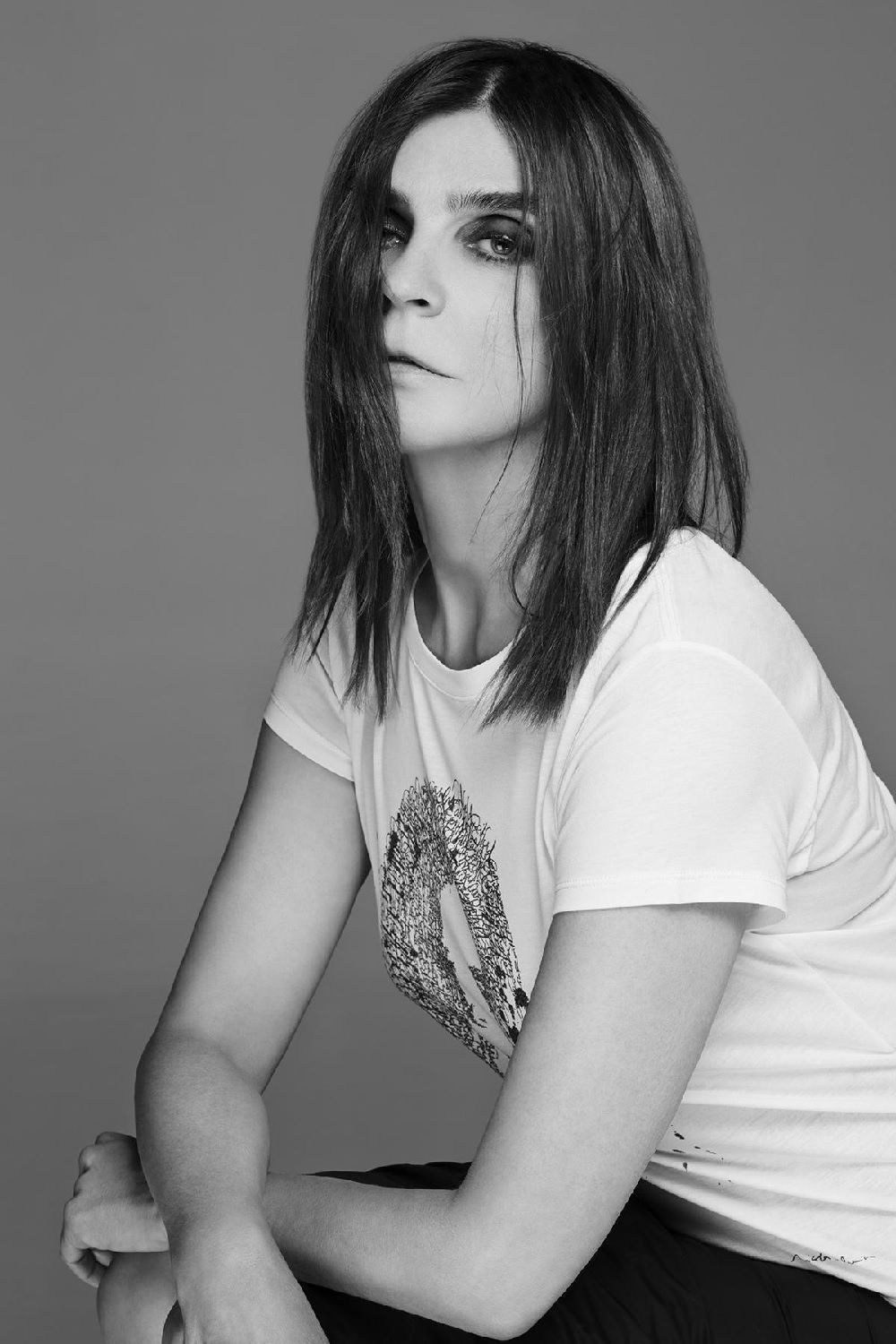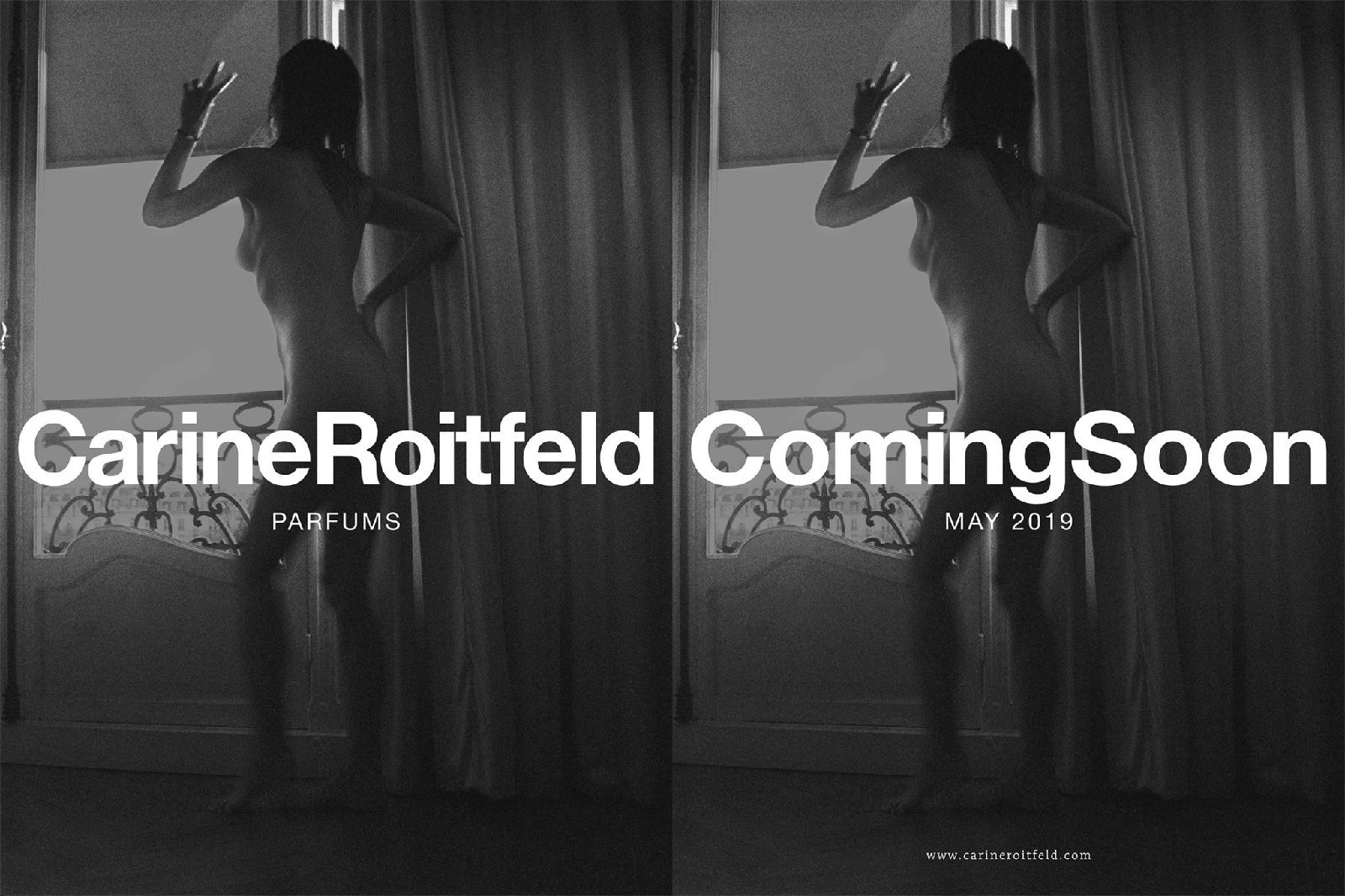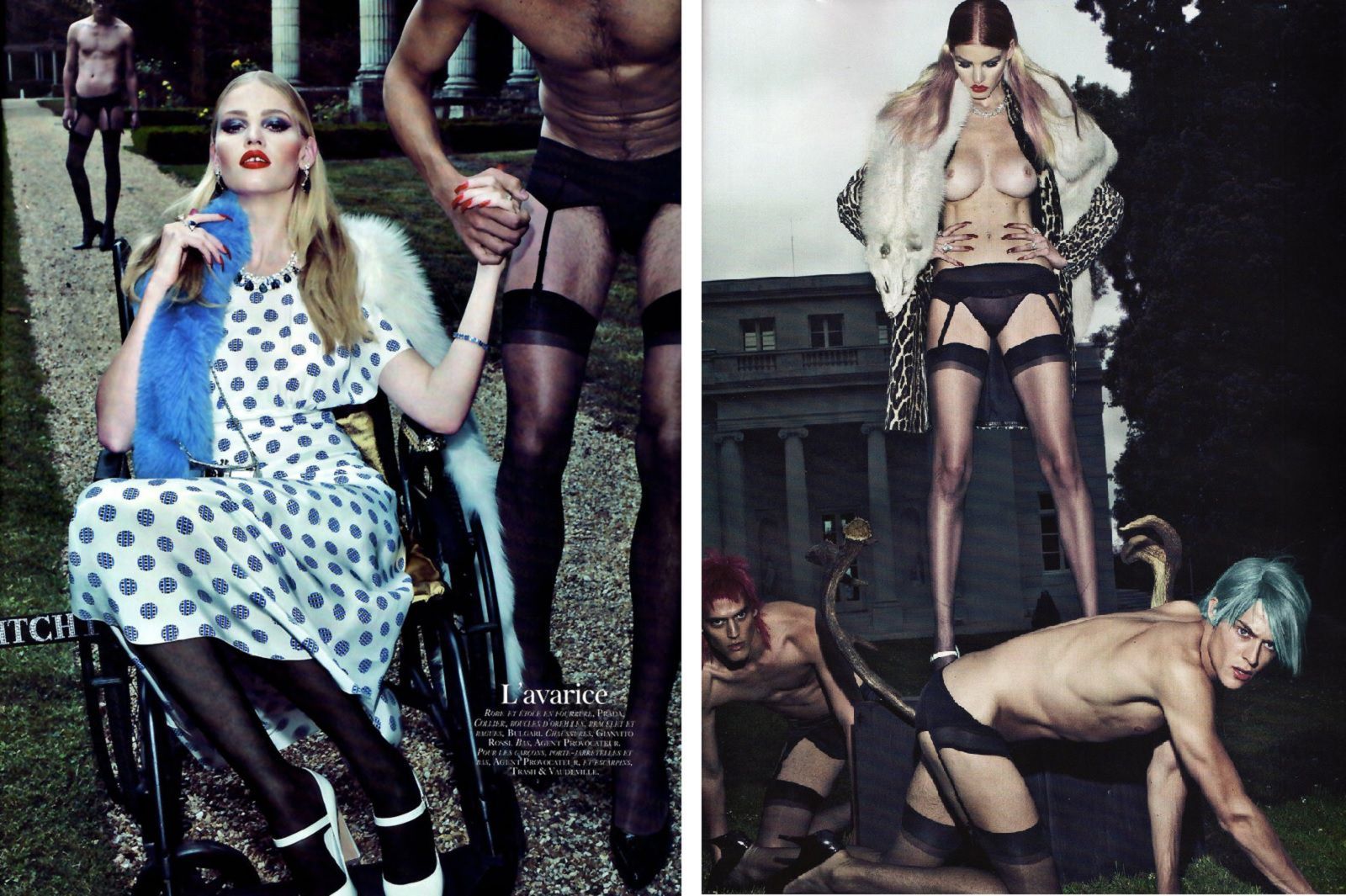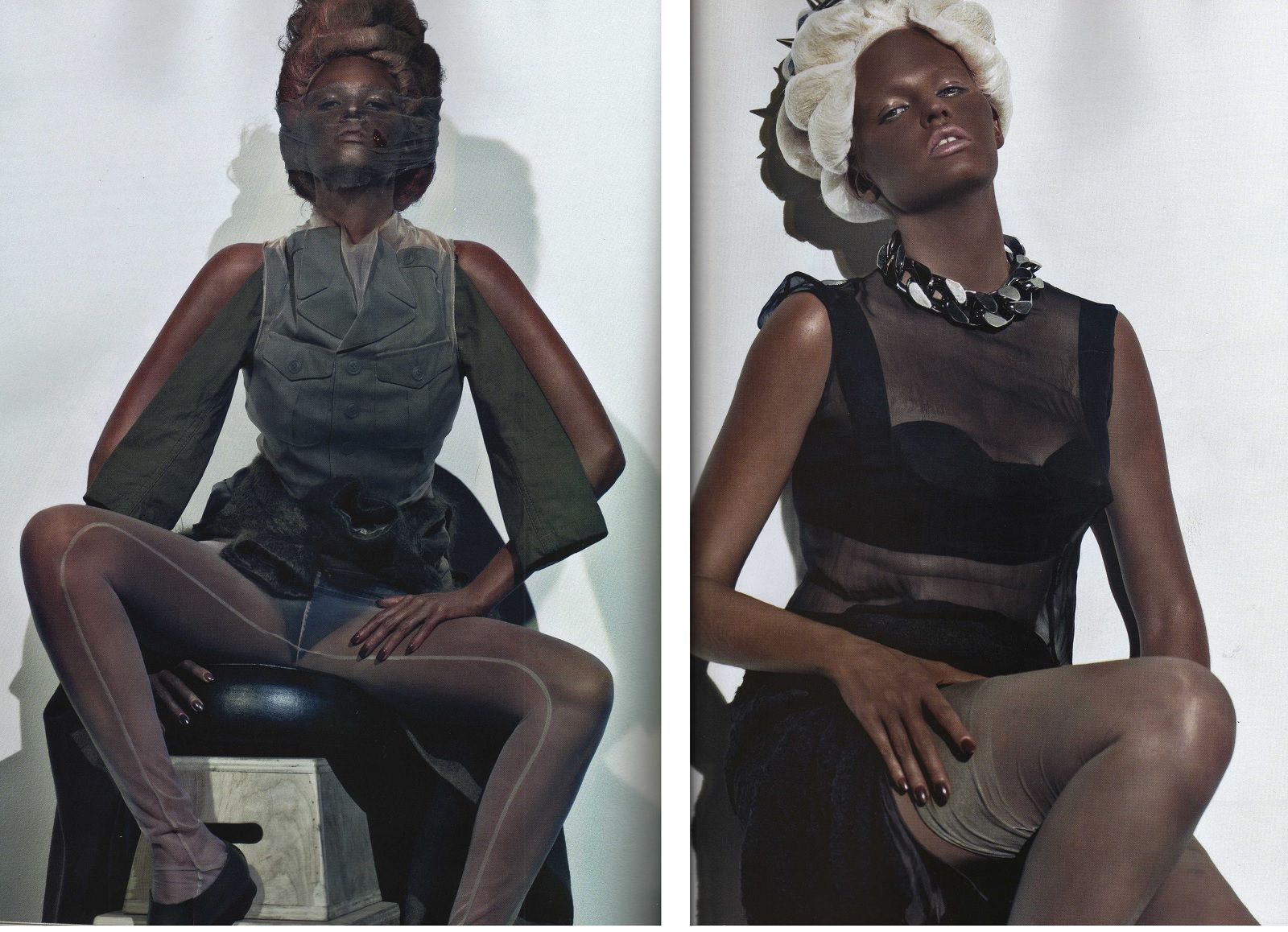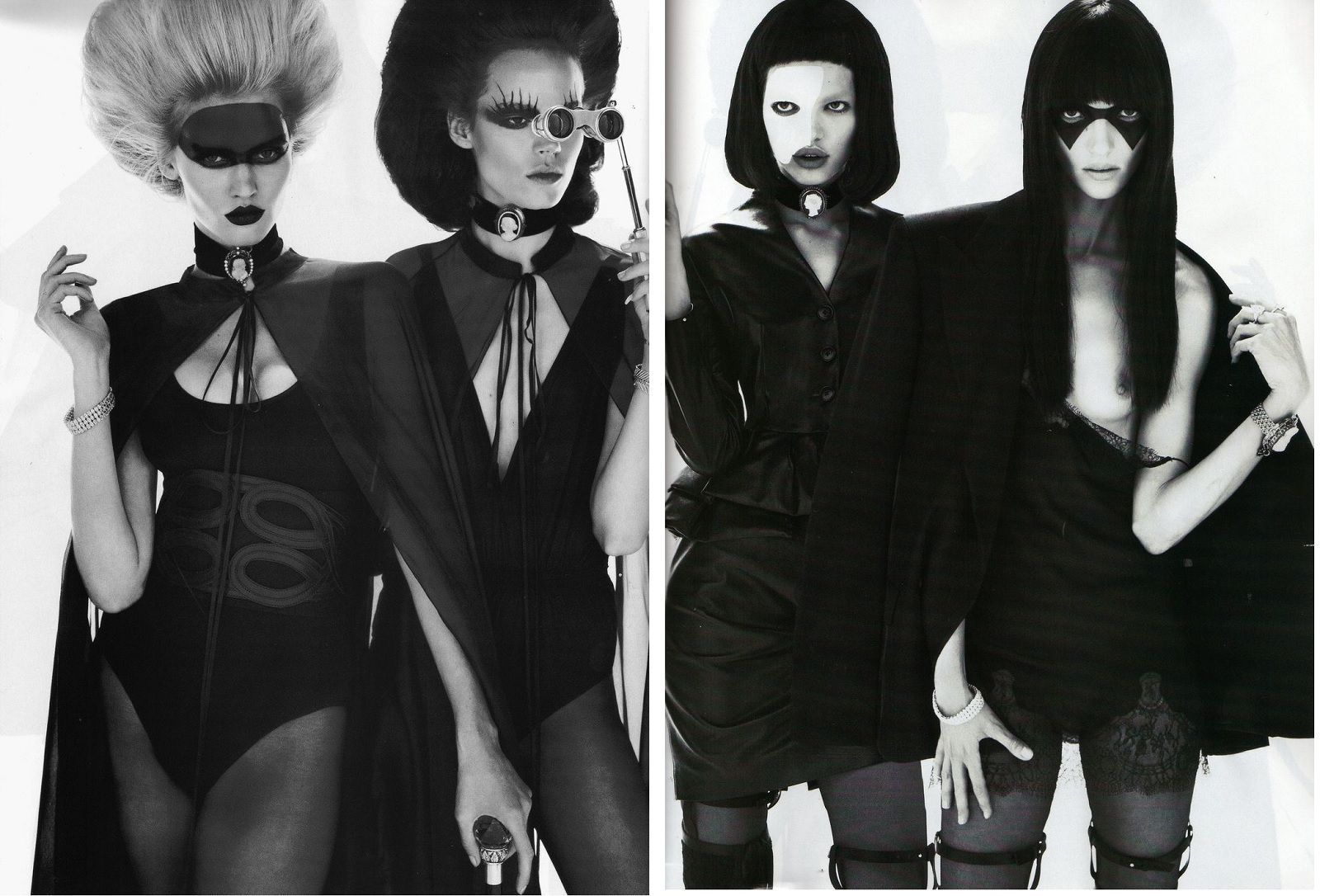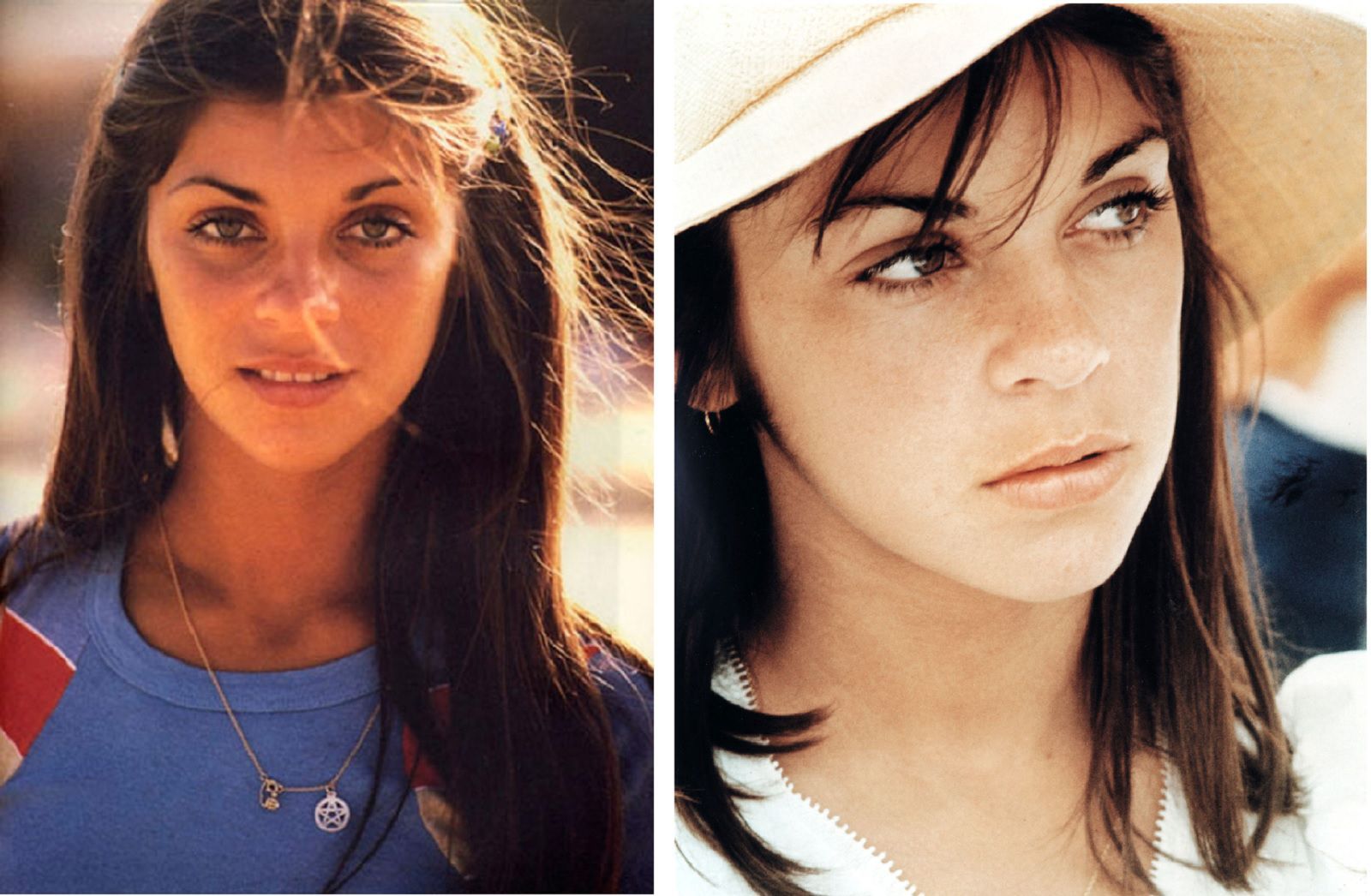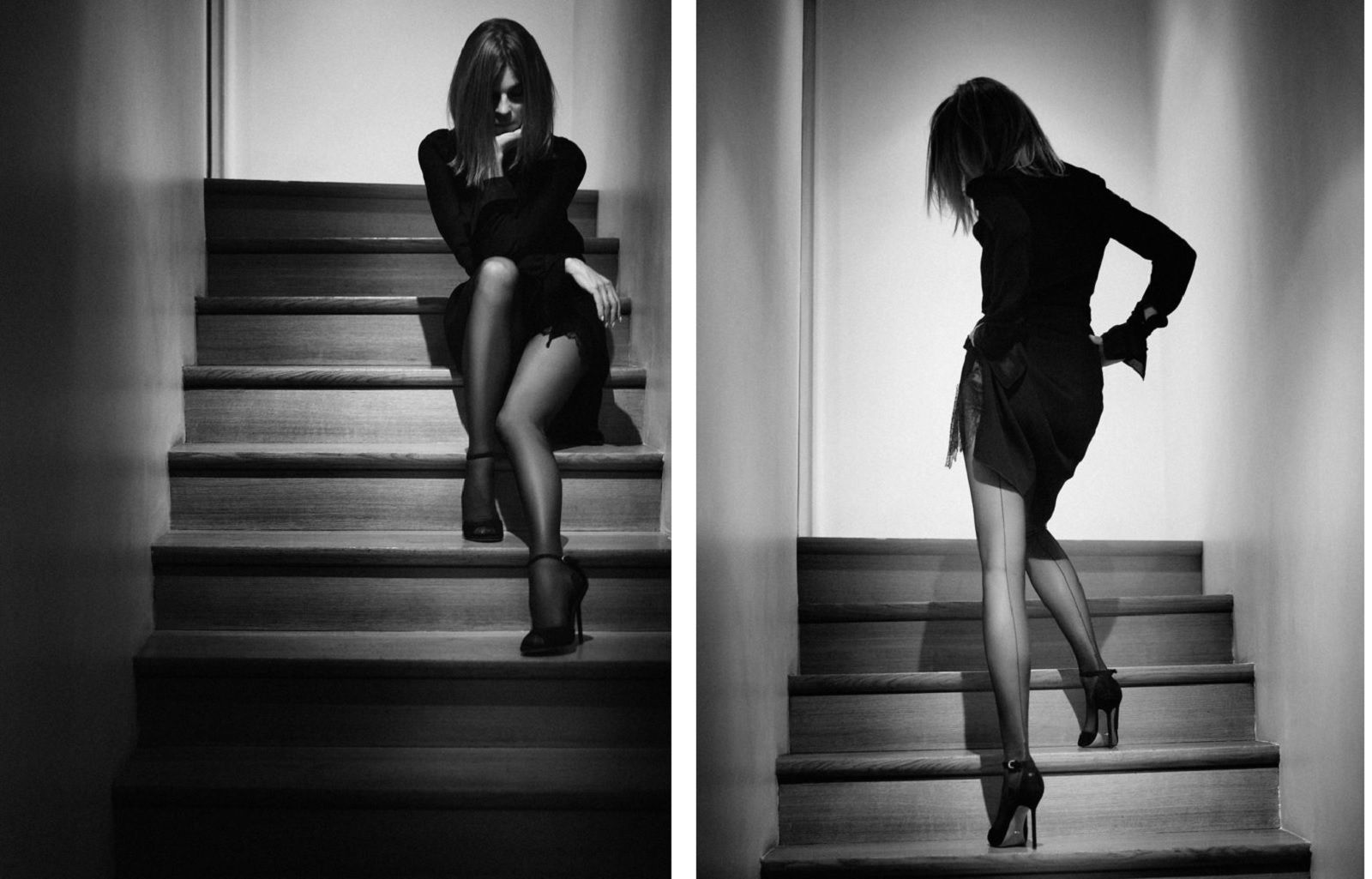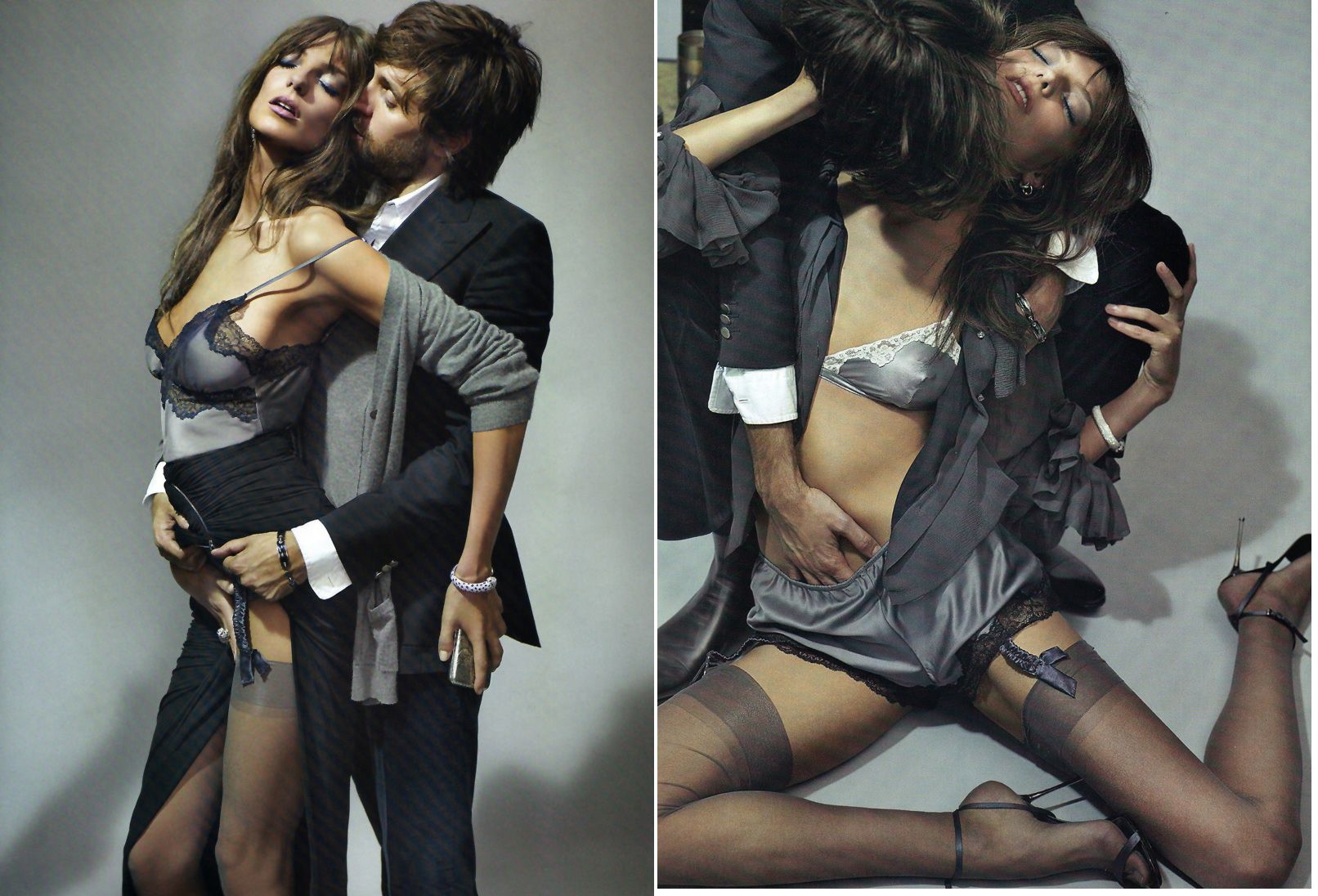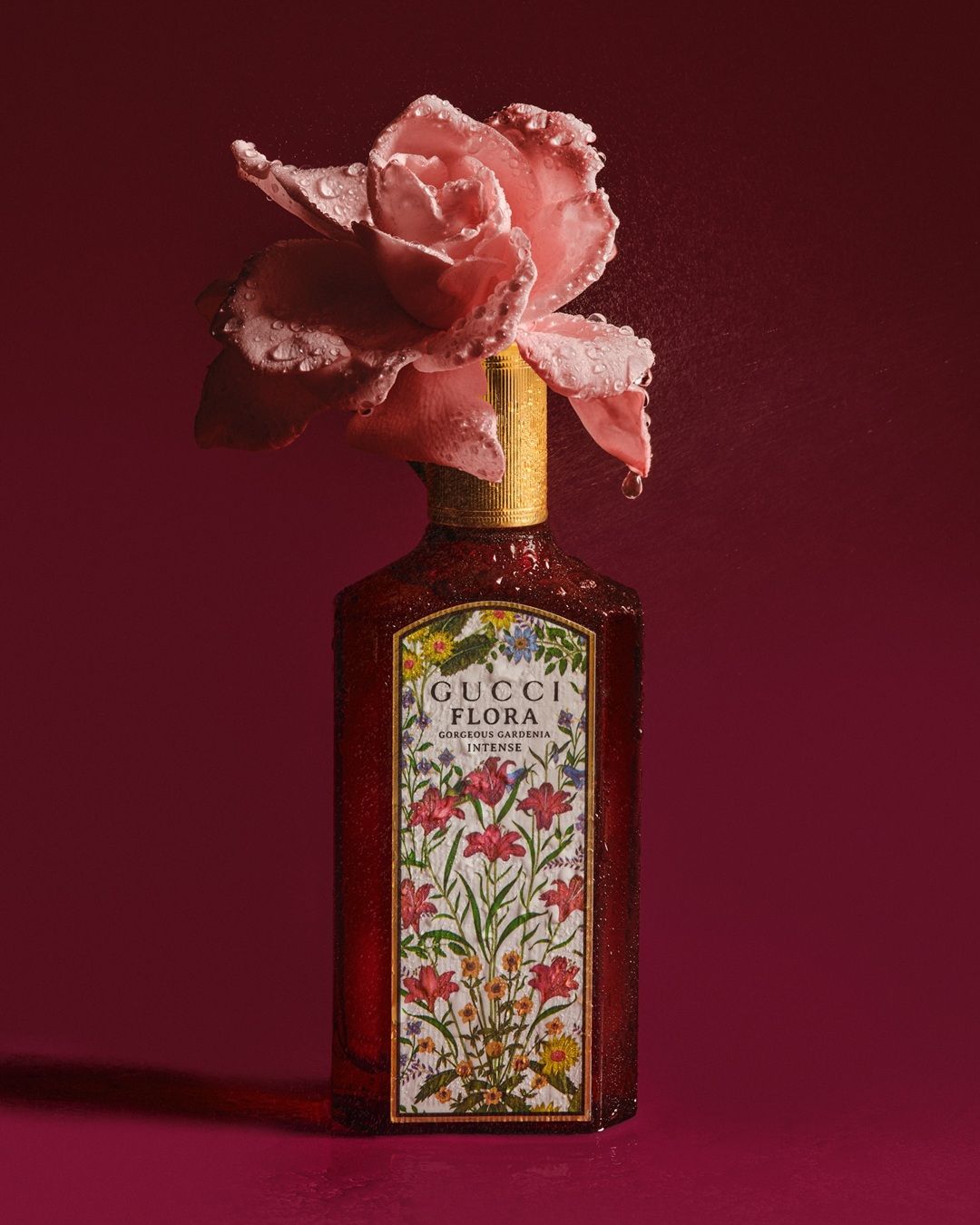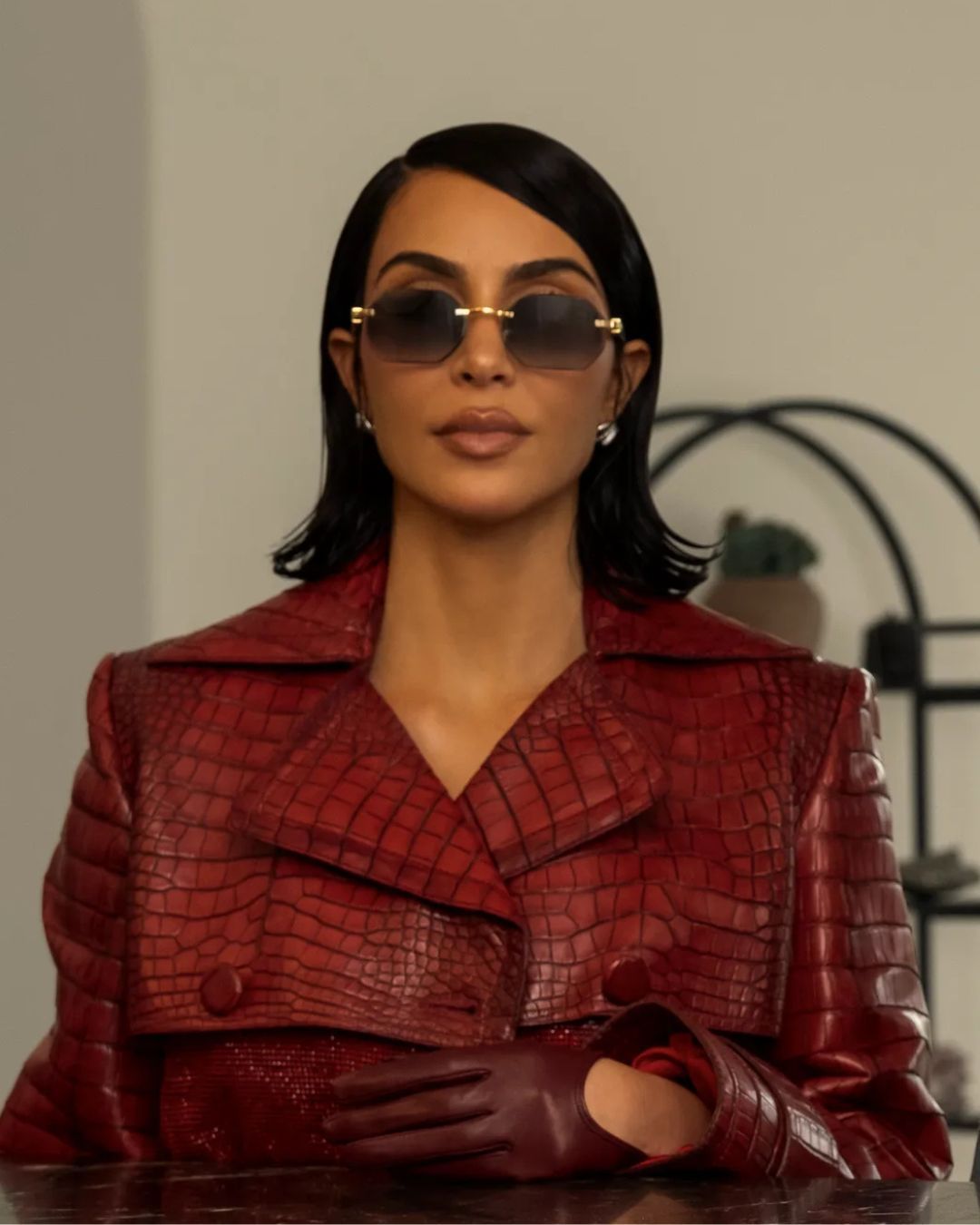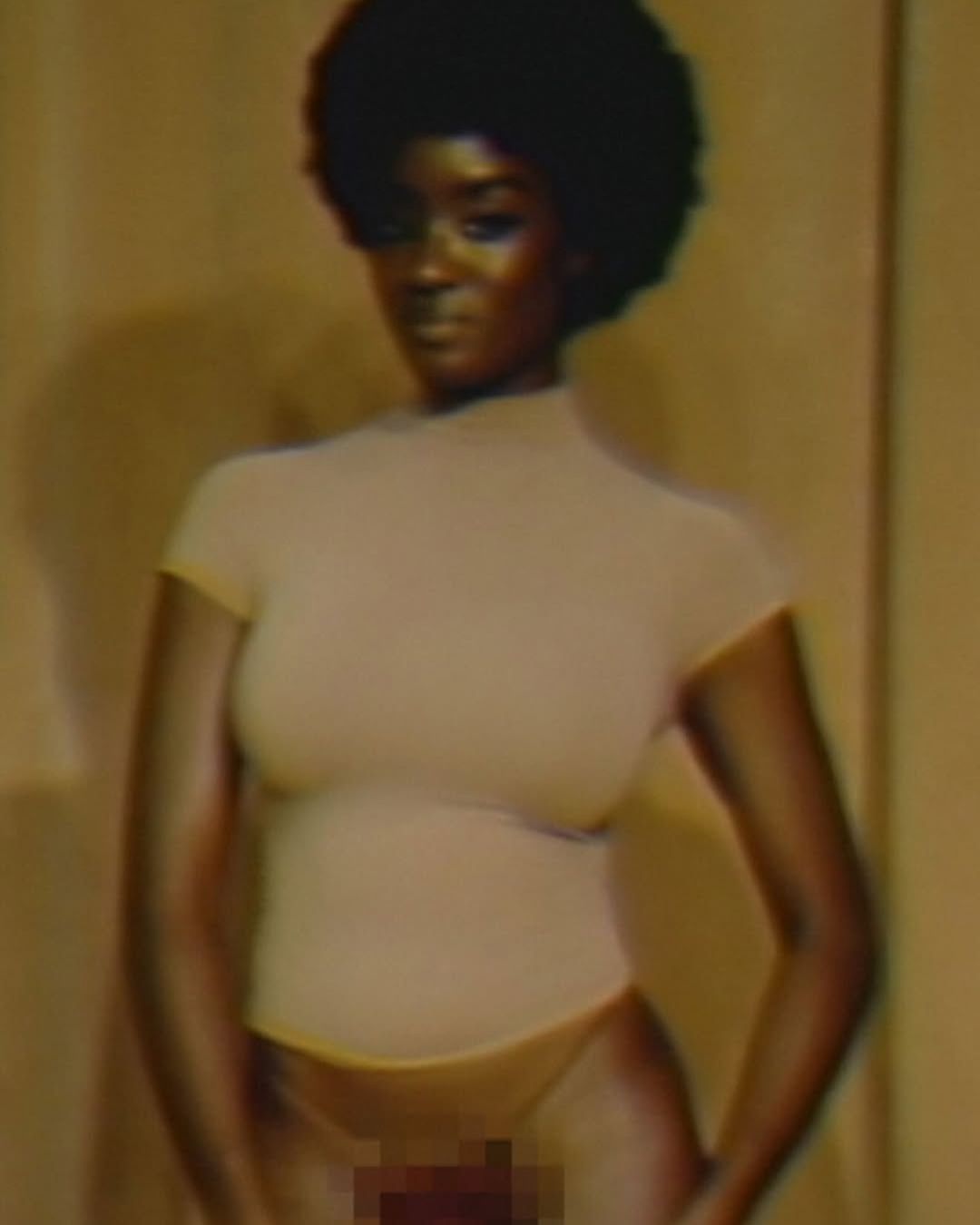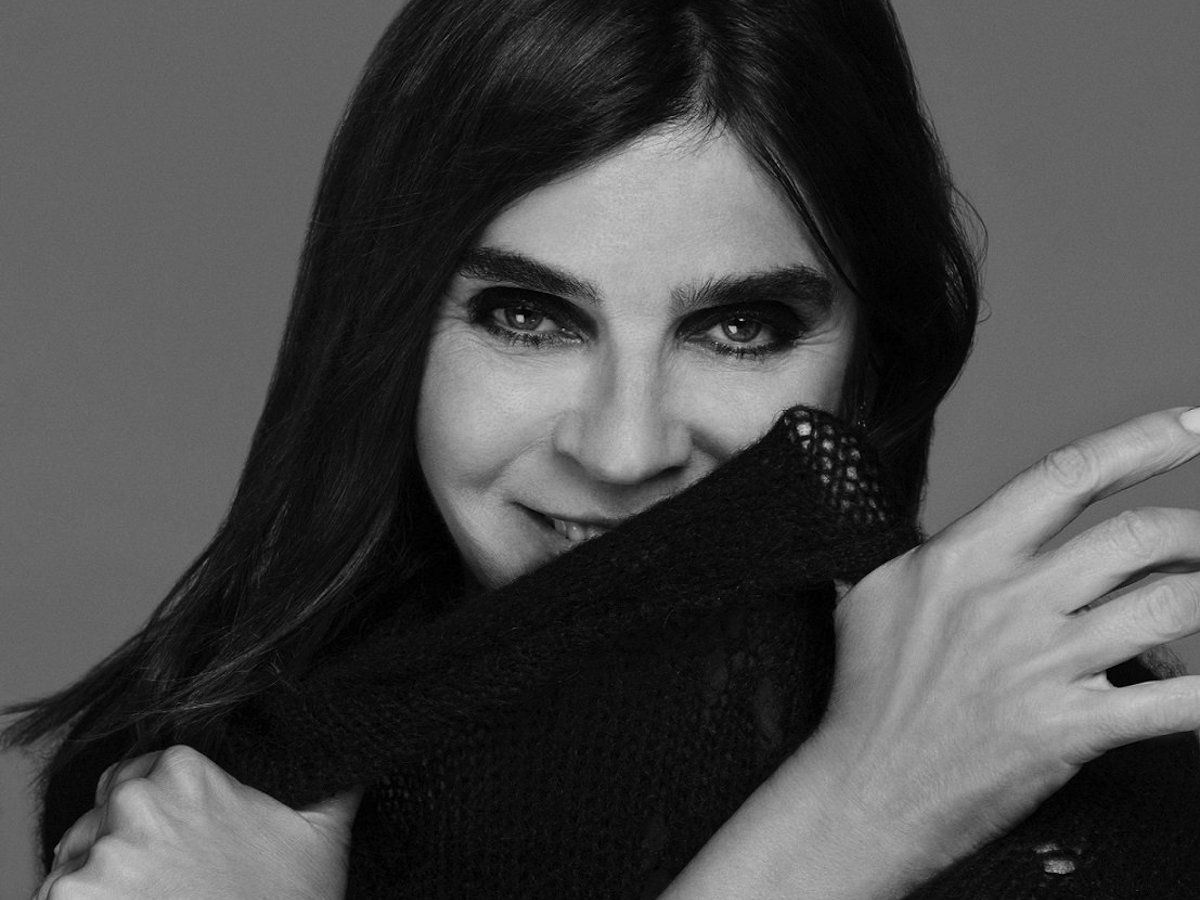
nss G-Club Muse: Carine Roitfeld The former Vogue Paris director is still one of the key figures of contemporary fashion
A few weeks ago, Carine Roitfeld received the Founder's Award from the Council of Fashion Designers of America, a well-deserved award that came after more than thirty years spent shaping the aesthetics of contemporary fashion.
Stylist, editor, image maker, style consultant, fashion guru. There are many words to define this Parisian former director of Vogue Paris and all emphasize the many aspects that contribute to making Carine one of the most charismatic figures in the industry. Everyone knows her sexy and decisive style, in terms of look and editorial choices, as everyone is aware of her love for high heels, Tom Ford, Riccardo Tisci and provocation. But there are also things about her that you probably ignore. nss tells you about them.
She has Russian roots
Carine was born in Paris in 1954 and grew up in the elegant Auteuil district in the 16th arrondissement. Daughter of a "classic French woman" and of a film producer, a Russian immigrant who she has always loved so much that she has never got married "because my heart belongs to my father". In fact, despite having been together for forty years with Christian "Sisley" Restoin, founder of the brand Equipment with whom she had two kids, Julia and Vladimir, she never gave in to the charm of marriage.
Returning to her Soviet origins, Roitfeld fondly remembers her grandmother. The woman lived in front of her school and every day she waited outside with orange juice and crackers coated with pressed caviar, a gesture of affection that embarrassed her at the time, but that now she misses. Aside from her childhood, there is still a Russian ritual that Carine does daily: every evening, when she returns home, she drinks a shot of vodka.
Together with Mario Testino and Tom Ford, she has shaped the image of women in the 90s
It was 1990 when Carine first met Mario Testino in a photographic studio in Paris where the photographer was taking a series of shots for Vogue Bambini which included her daughter, Julia, among the baby models. Their understanding was immediate and, over the years, led to a long and prolific relationship in which each of them helped the other to improve their talent. Four years later, with the arrival of Tom Ford, the couple becomes a powerful trio destined to mark the fashion of recent years in an indelible way. This is how the Texan designer remembers the first time he saw Roitfeld:
It was summer and it was very hot, and she was working on a shoot with Mario Testino. She was wearing gray pants made out of Lycra T-shirt material with a narrow elastic band, and a very skimpy top. She also had on a pair of high-heel slingbacks and was stepping on the back straps. I was in love the moment I first laid eyes on her; I even did a show where all the girls wore slingbacks but stepped on the back straps, as an homage to the first time I met her.
Carine's reaction was different:
There was this guy called Tom Ford constantly calling us to work on his first collection for Gucci. But at this time Gucci was just a pair of loafers. I was young, I was, “Oh la la” – it was not trendy – “Who is this guy?” He called me maybe ten times and I say one day, “OK, come to the shoot,” and when he came he was so beautiful, so charming and we say OK, not because of the clothes, but because of him.
Thanks to them Gucci (and then Yves Saint Laurent when Ford was appointed creative director in 1999) became sexy and, from a sleeping Maison, reached the status of global superbrand. Ford, Roitfeld and Testino outline a desecrating, irreverent and often controversial aesthetic, shaping a woman aware of her own power, seductive, who dominated fashion for a long time, from the late 90s then on. The fashion shows and advertising campaigns that resulted from their collaboration described a world of beauty, sensuality, transgression, glamour, a club in which everyone wanted to be part, as Carine explains:
Fashion’s goal is to provoke desire, to bring you somewhere you would have never gone without it, to have you enter a private club you would never gotten into without it. It was more or less the message we tried to convey, when Mario Testino and I did the advertising campaigns for Gucci: for a pair of glasses, we created a perfect image, representing some sort of private club, in which girls were sexy, guys were sexy, they were droven in limousines, everything was fantastic. That’s a dream for everybody, and glasses – that is, fashion – are the way to be part of it.
From Vogue to the takeover of the fashion system
Editor, stylist, image-maker. In over three decades of activity, Roitfeld has contributed to countless collections, fashion shows, advertising, photographic and editorial services. After a brief experience as a model at the age of eighteen (a cover for an English teen magazine, Look Now, and some collaborations with Kenzo), she began writing and styling for Elle France. After the encounter with testino and Ford, Carine's second big break came in 2001 when she was chosen to manage the French edition of Vogue. In the ten years she remained in charge, she redesigned the magazine in her own image, transforming it into a Bible of contemporary fashion. First of all, anticipating a great return of the historic French brands such as Balenciaga and Givenchy, she changed her name from French Vogue to Vogue Paris; then she published beautiful and often contradictory editorials. One of them, who had as protagonists young girls dressed in women's clothes, with heavy make-up and shot in very provocative poses, cost her the job. Following the controversy aroused by the shooting, Carine Roitfeld resigned.
In the same year, 2011, she collaborated on Chanel's advertising campaigns and published her first book, Irreverent. For the talented Parisian, it was time for a new adventure and in 2010 she became the first global fashion director of Harper's Bazaar, with reports published simultaneously in 27 international editions and over 11 million readers. Despite her many commitments, as witnessed in the documentary Mademoiselle C, Carine found time to launch a new magazine called CR Fashion Book and the creative agency CR Studio.
Strengthened by the popularity of her work and greatly amplified by the arrival of social media that have elected her as a fashion guru, Roitfeld is oriented to transform herself into a real brand. Although her various partnerships remain, such as the one with the Karl Lagerfeld label (she has been a style advisor since 2019) or with Uniqlo, the first step for the new project was the launch of a line of fragrances composed of seven genderless essences.
Her editorials are pure "erotic chic"
My style is described as porn-chic, I prefer erotic-chic which means staying exactly at the borderline between politically correct and incorrect. Ambiguity, seduction and male/female have always pleased me. Which doesn't stop me from being with the same man for over thirty years! So, yes, I like heels, because if you are taller you feel better. I also like lingerie, my first gesture of femininity in the morning: even if no one sees it, it's more exciting than pure nudity. But I'm not interested in clothing as such. I like fashion as a film set in which the model plays a character. And there's always something about me in the script.
Carine's provocative editorials, always at the limit, have led to a new way of conceiving the image in fashion magazines. Her aesthetic is deeply connected with that of Helmut Newton, with his seminal black and white portraits of independent and dominant women. With her photo shoots, Roitfeld has staged funny, perverse sex, sadomasochistic, transvestism, self-mutilation, blood, slaughtered animals, satanism, selfless motherhood and much more. Unforgettable are the shots of Eva Herzigova in a butchery version for The Face magazine of 1997, as well as Raquel Zimmermann dressed in fur that shows the middle finger to environmentalists, Eniko Mihalik, naked, with the wrinkled and stained arms of an elderly woman, or Lara Stone (one of Carine's favorite models) in a controversial blackface version.
She's behind one of the most provocative advertising campaigns in fashion history
In the summer of 2003, Gucci upset the fashion industry with an image created by Mario Testino in collaboration with Carine Roitfeld and Tom Ford. The shot portrayed model Carmen Kass standing with her "g" shaped shaved pubic hair and a man kneeling between her legs. Published for the first time in February 2003 issue of Vogue, the advertising campaign, ironically called Pubic Enemy, was accused of vulgarity and degrading women. One of the most critical positions was that of The Daily Mail, which it wrote:
The people behind this advert are no better than pimps and those who advertise sexual services in phone boxes.
She was one of the first to believe in Kim Kardashian
Some years ago, in an interview for CNN, Kim Kardashian told how much Kanye West influenced the evolution of her style and introduced her to high fashion and the personalities of this world.
I always thought I had really good style until I met my husband and he told me that I had the worst style. He was really nice about it and cleaned out my whole closet. I probably had 250 pairs of shoes and when we were done cleaning it out, I had two pairs left and I cried.
Kim goes on saying:
I remember one day he [West] brought me Carine Roitfeld’s book and was like you should be studying this book this is like the fashion bible and I was like “who’s Carine” I knew nothing, and he said watch, one day she’s going to style you.
And so it was. The stylist became one of her dearest friends and was one of the first editors to put the celebrity on the cover of a magazine, helping to legitimize the fashion status of Mrs Kardashian West. In 2013, in fact, for the third issue of CR Fashion Book entitled Hope, Roitfeld chooses the star for the cover and as the protagonist of Miss USA, an editorial that explored the attraction of Americans for celebrities. The result was a series of black and white and color shots by Karl Lagerfeld in Givenchy's clothes by Riccardo Tisci.
She has style!
While image-makers like Carine Roitfeld used to be behind the scenes working with photographers and art directors, today they have become real fashion gurus. Much of the credit goes to the spread of social media and street photography. One of the protagonists of these shots is undoubtedly Carine Roitfeld. Her image has become iconic: her hair with a tuft covering half her face, her smoky eyes, her high heels, her sheath skirts, her lingerie as outwear. Here are some secrets of her look:
- She always wears Harry Winston diamond earrings. They're a family heirloom.
- She hates sneakers, she prefers the heels of Gianvito Rossi or Alaïa, but always in black.
- She often opts for Rick Owens sunglasses or Givenchy aviators.
- Her favorite look in autumn is a Louis Vuitton sheepskin coat, Altuzarra skirt and black Alaïa sweater.
- She doesn't usually carries a bag during the fashion weeks, but when she does she chooses the Kelly by Hermès.
- Before launching her perfume, she mixed Opium by Yves Saint Laurent with Fleurs d'Oranger by Serge Lutens.
- She uses Orlando Pita's dry shampoo and when she arrives in Paris the first thing she does is going to Hervé Hérau for a facial massage in Avenue Montaigne.




















































